Once again I’m going to take an experimental approach to the yearly write-up, this time, keeping the page open all year and adding bits I’ve found interesting to it throughout the year.
The upside of this is that it might be easier to cover some stuff while it’s still fresh, and I can remember it. The downside is that MAME development can happen quickly at times, and the page might end up without outdated screenshots / information and require more revisions.
Loose Ends of 2017
As with most years some of the early 2018 work was tidying up work done at the end of 2017, and further progress on things that had been worked around around that period which just happened to cross over into the new year. Some of the bits towards the end of the year wouldn’t see a public release until the end of January 2018 anyway due to how the release schedule and freeze periods work.
Spanish Rarities
Digging up obscure pieces of history is one thing MAME has a good reputation for, and by emulating Hammer Boy MAME once again fulfilled that role in 2018. The Arcade release of Hammer Boy probably never left a handful of arcades in Spain. It runs on the same board as the previously emulated Mega Phoenix, which too was a very rare title.
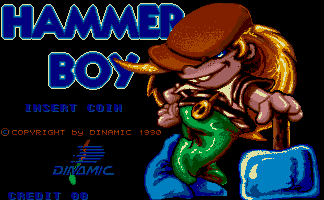
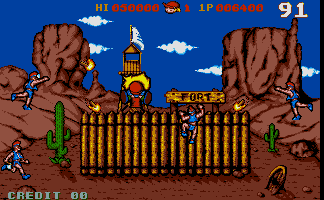
(Hammer Boy is one of very few Dinamic games to get an arcade port, it’s better known as a home platform title)
Another rare Spanish game, again with ‘Boy’ in the title, found in 2018 was the original release of Gaelco’s Master Boy. The previously emulated game was a 1991 sequel of the same name, while this 1987 version is actually the first game Gaelco produced back in 1986/87.
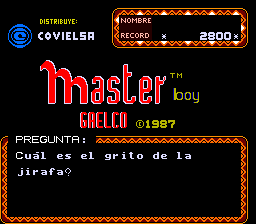
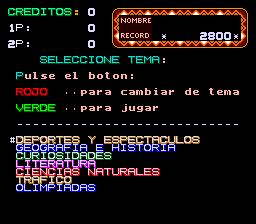
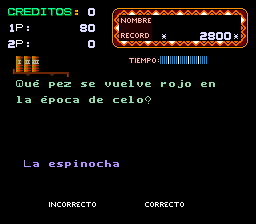
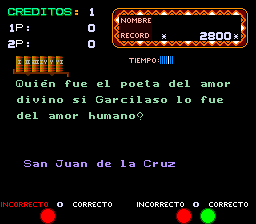
(The original Master Boy had been forgotten about until 2018)
The Cedar Magnet System is another piece of Spanish hardware. Previously the only dumped games for it were unofficial bootleg remakes of better known arcade titles, with little hope being held for any of the original software for the platform being discovered. Amazingly a disc for one of the original games, War Mission was found in 2018. The disc didn’t give a perfect read first time, and even when using the original game drive it was problematic, but with the original drive only the later tracks on the disc were reading inconsistently, and while they did contain data, it does not appear to be data for this game so the actual dump can be considered OK.
The game also is less original than it would seem, while it uses original code and art assets etc. the actual gameplay concepts borrow heavily from UPL’s XX Mission which might suggest it started out as a remake of that instead; maybe EFO realised it made more sense to try and sell their games as original titles, rather than seeming like badly executed bootlegs.
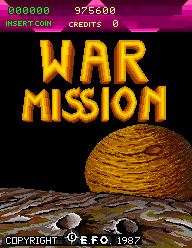

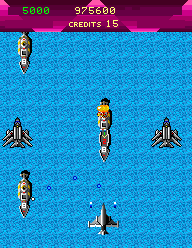
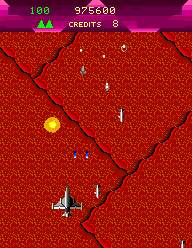
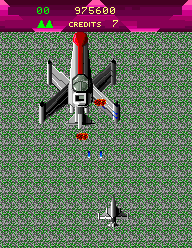
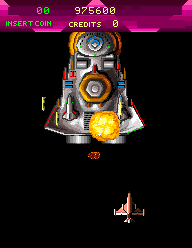
(War Mission is a Magnet System game heavily influenced by UPL’s XX Mission)
A slightly more original Magnet System game was The Burning Cavern, which is a step up from the others in terms of presentation, although very frustrating to actually play
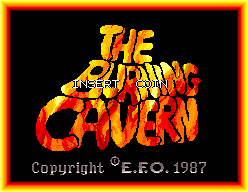
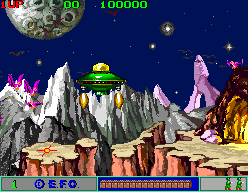
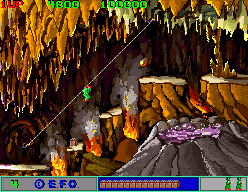
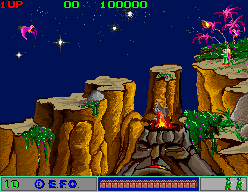
(The Burning Cavern is an attractive looking Magnet System title, and an original game)
A Day In Space also appears to be an original game which combines 3 shooter levels with a small arena run & gun style section that would actually fit better in The Burning Cavern above.
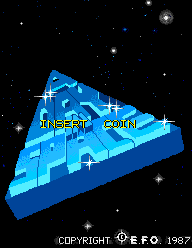
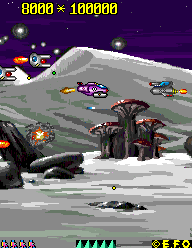
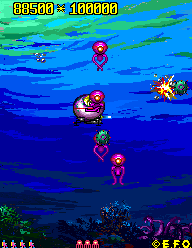
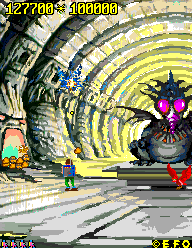

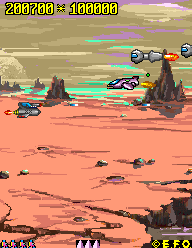
(A Day In Space is another original Magnet System title)
Night Mare is an earlier game by the same developer, EFO, on very different hardware. It’s definitely a better playing game than any of the Magnet System ones too. The Spanish version was found and dumped as one of the highlights of 2018, although the sound ROM was missing from the PCB, so the speech, which is one thing people remembered about the game, is entirely missing, along with the rest of the sound. There should also be an English version, called Clean Octopus, that was exported from Spain.
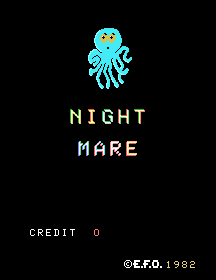
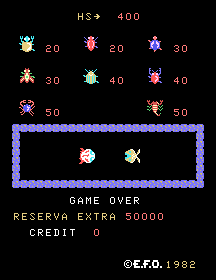
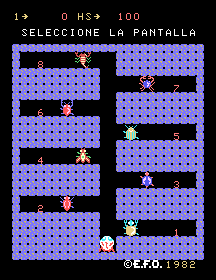
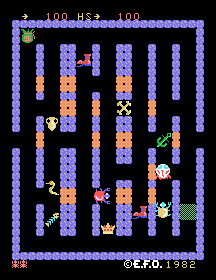
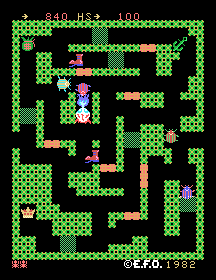
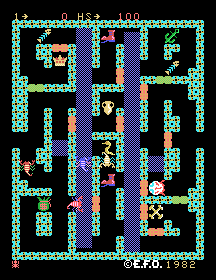
(Night Mare is a fondly remembered game from Spanish arcades)
Yet another Spanish title is “El Fin Del Tiempo” which feels like a mash-up of different Scramble / Galaxian style games, but with a massively oversized ship where the collision box is not obvious at all. It will be interesting to see if this actually uses any code from Scramble etc. because it really feels like some over the top hack in places. I’m not entirely convinced the emulation is great right now, some bullets are very difficult to see, there’s a missing starfield, and other similarities make me think maybe it should have been added to the Galaxian driver as an extension of that hardware, rather than a unique driver. Either way, definitely an odd piece of Spanish history, and a rather ambitious title, trying to cram many different game types into one game.
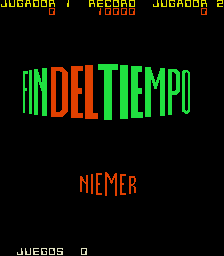
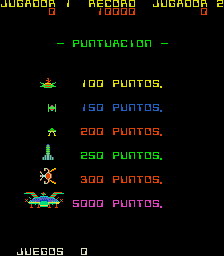
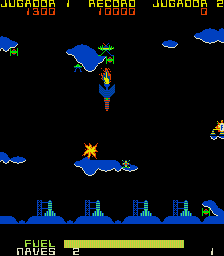
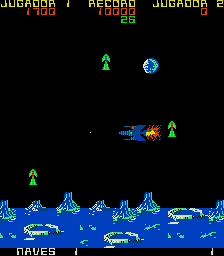
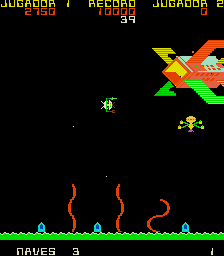

Korean games
Documenting arcade games developed in Korea is one of the more interesting sides of MAME, because in most cases the games are nowhere near as well known as their Japanese, European and American counterparts, even if some of them flooded the market in large numbers back in the day.
F2 System (not to be confused with the Taito F2 platform) developed a number of games, mostly running on hardware using the Hyperstone CPU. New Cross Pang is one such title, which was originally thought to be a minor upgrade of the Cross Pang game, but actually turned out to be more of a sequel running on the newer Hyperstone based hardware rather than the older 68000 based hardware that powered the original Cross Pang. Inputs seem to often get missed tho, which might be an emulation issue if it isn’t poor game design / programming.
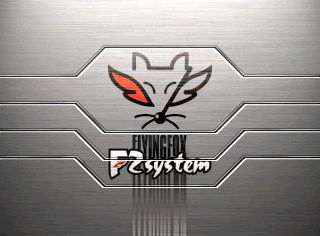
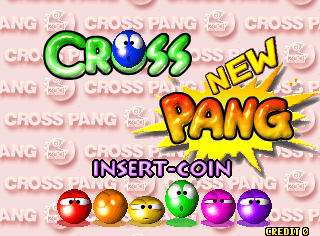
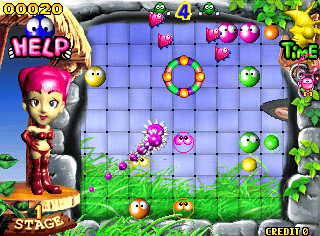
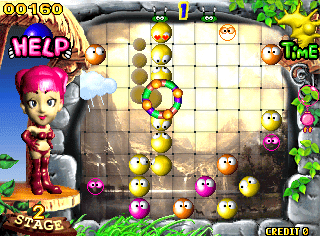
(New Cross Pang runs on entirely different hardware to the original Cross Pang)
World Adventure is another one running on F2 System hardware. It’s an interesting take on the tile matching / sliding genre, giving you more control over the actual character, albeit still indirectly with a cursor. The game is quite buggy, not always marking tiles that can’t be pushed, and a random pixel showing up on the screen every now and again, both these issues occur on hardware tho making me wonder if this is an unfinished revision of the game.
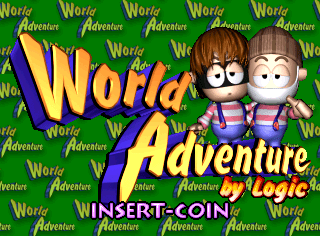
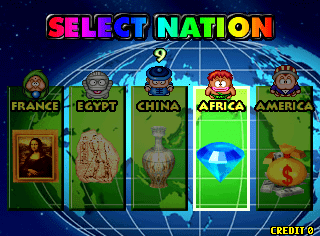
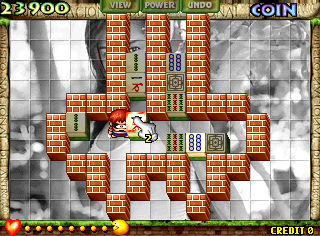
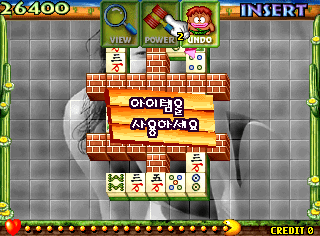
(World Adventure is a block pushing, tile matching game with some original mechanics)
Still with F2 System related material, but this time running on the older 68000 based board is Pitapat Puzzle, a surprisingly well executed take on Konami’s Taisen Tokkae-dama
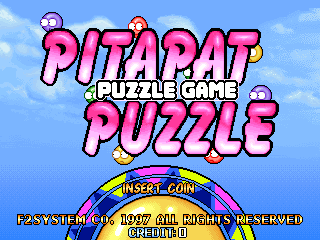
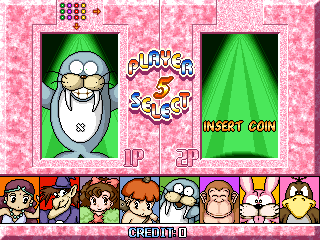
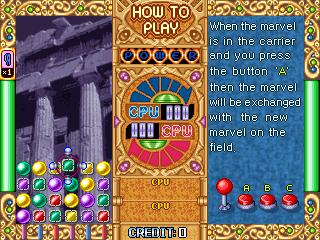
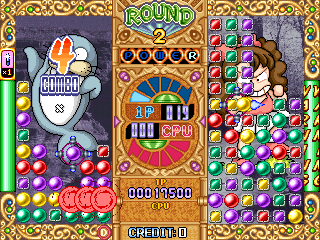
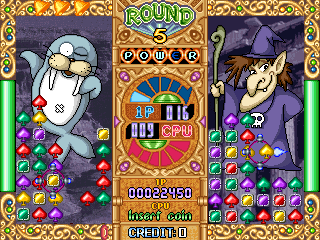
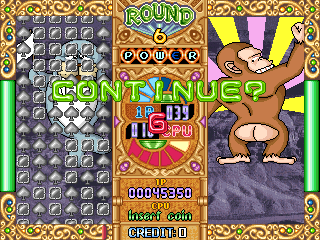
One of the more interesting discoveries of 2018 was Tom Tom Magic, a Korean Video Pinball game which surprisingly has a number of tables and seems competently executed. It runs on cloned NMK hardware (possibly even with an orignal NMK video chip, although the surface details were removed) and is from a company we’d never heard of before. Strangely the ROM is full of strings related to video gambling, so I don’t know if this company also made a number of video gamblers which were used as the base for this, or if there’s another version with actual gambling elements that isn’t dumped yet.
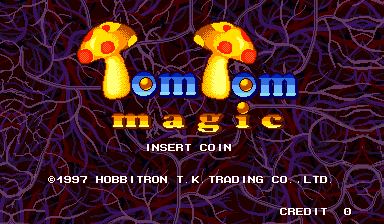
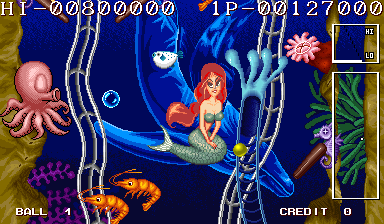
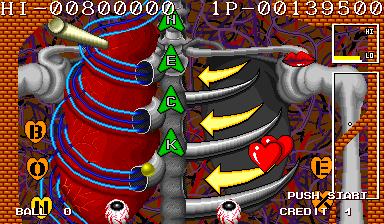
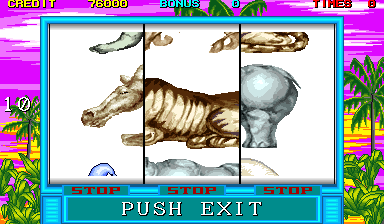
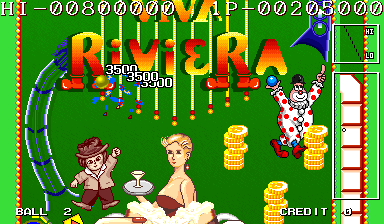
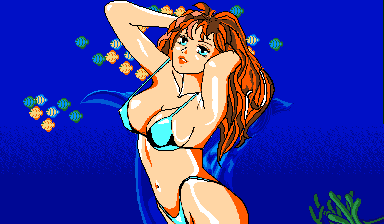
(Tom Tom Magic is an obscure Korean video pinball)
Unico is a name more might be familiar with, and one of the older Unico published games showed up in 2018, a platformer by the name of Magic Purple. This is very similar to Fancy World, but with scrolling stages and a double jump ability.

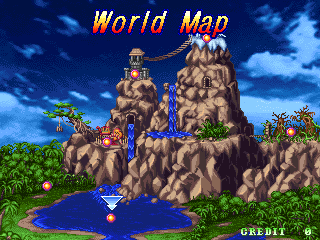
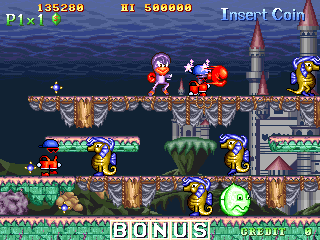

(Magic Purple was one of very few known but undumped games bearing the Unico name)
Unusual Cases
Gaelco’s library of 16-bit games was comprehensively covered by MAME by the close of 2017, but that didn’t prevent 2018 from having a new Gaelco related surprised. Last KM is a game based on piece of software originally developed by Zeus for Gaelco that was intended to use an exercise bike like controller rasther than traditional arcade controls.
In this prototype, which functions otherwise like an arcade game you insert a coin and have to race to the finish line, although without the original bike controls there’s no real challenge to it, but like most Gaelco products it was a well presented piece of software and in this case certainly something a little bit different. It was also one of the rare cases where one of the original developers played a part in the contribution.
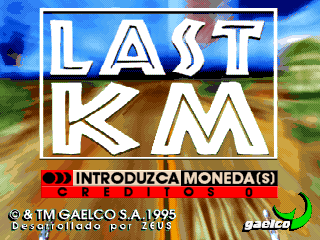
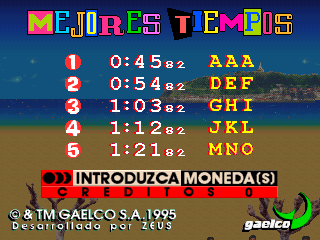
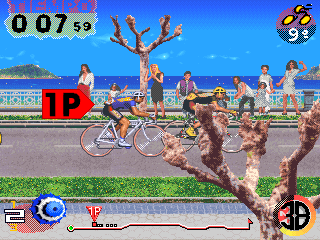
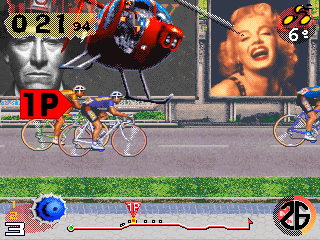
(Last KM was to use an exercise bike as a controller, unusual for an arcade title)
What’s interesting is that this concept did actually see release, but not as an arcade machine, but as a piece of Gym equipment (unsurprisingly an exercise bike) The presentation is much less flashy here (there’s no sound for a start) as this is a serious piece of equipment, not a game, but anything is a valid target for MAME these days. I present the Salter Cardioline.

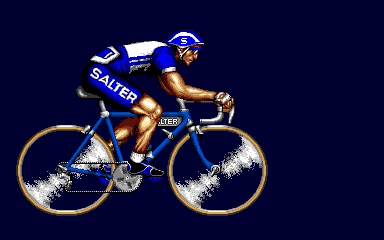
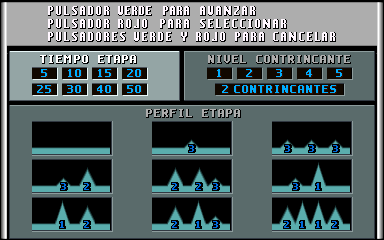
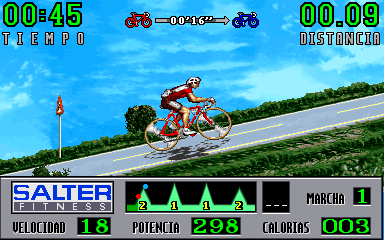
(.. the same technology was used for an actual exercise bike found in gyms)
Unusual Hardware
Banpresto’s Gunpey is definitely a case of unusual hardware. The game had been *almost* emulated for many years, but the video chip used by the game utilizes special compression modes, and until 2018 no way of getting the decompressed data, or emulating the actual decompression had been figured out. An initial workaround for this problem, using decrypted data extracted from a running board, allowed for the game to run correctly while the real scheme was studied.
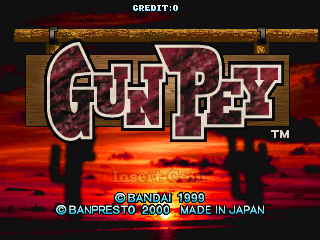
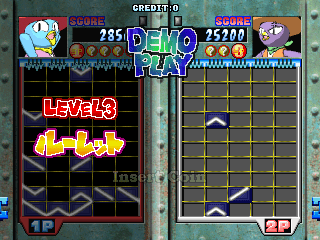
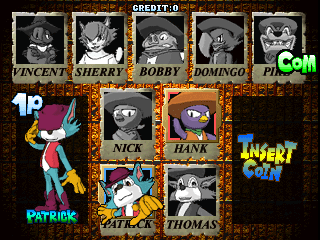
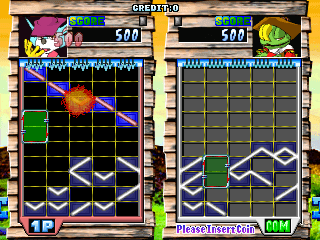
(Gunpey’s graphic compression had caused issues for many years, solved in 2018)
Handhelds, more Handhelds
One other thing that certainly didn’t stop with the turn of the year is the number of Handheld devices, especially those from Tiger Electronics, that were being emulated.
The first one is one of the R-Zone games, these didn’t have backgrounds as it was a ‘worn’ system, with the image displayed via a transparent LCD and mirror setup, not the most convenient of things to play. Battle Arena Toshinden was also an odd choice of game to use as an IP, with it never really being the most popular fighters in the first place.
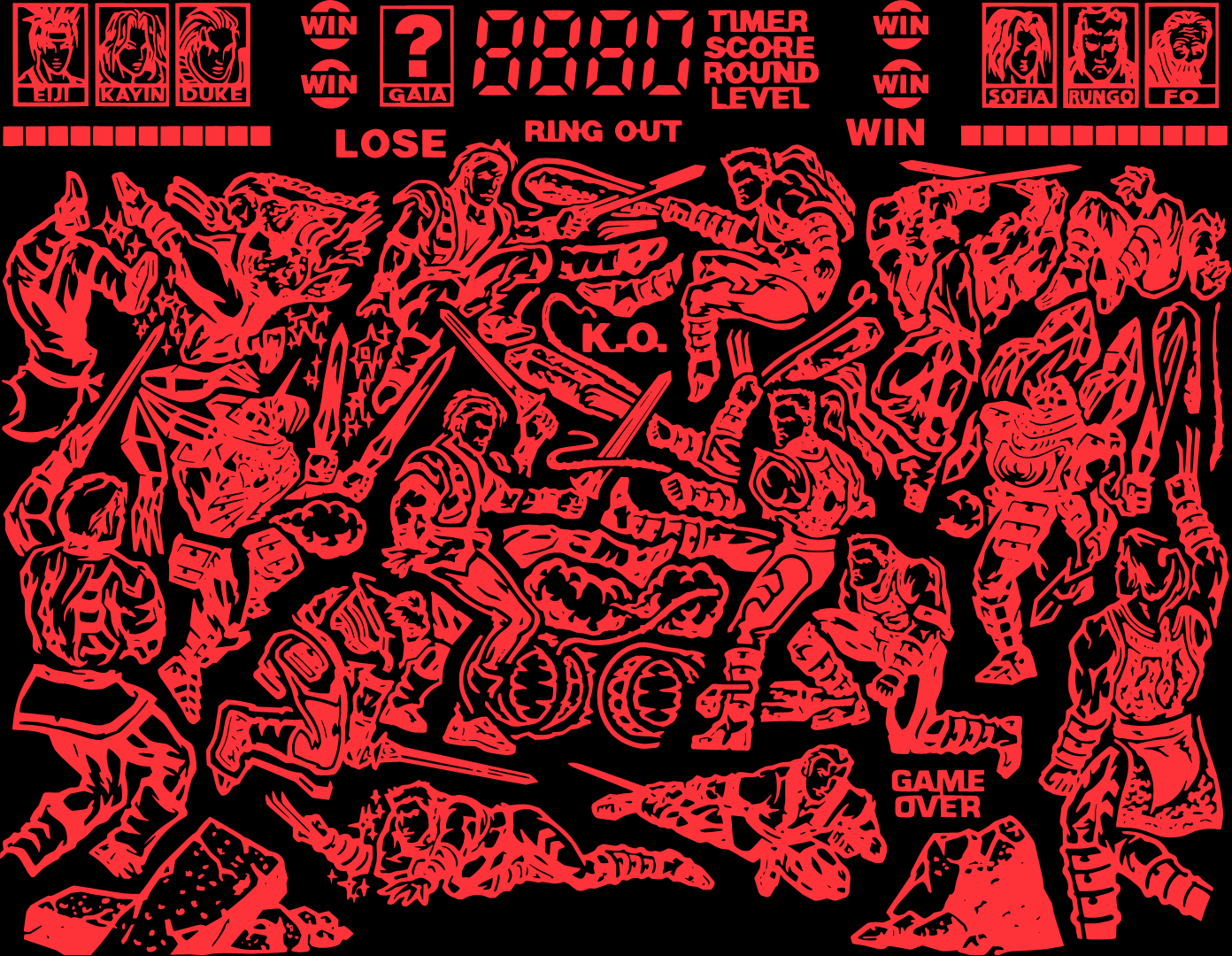
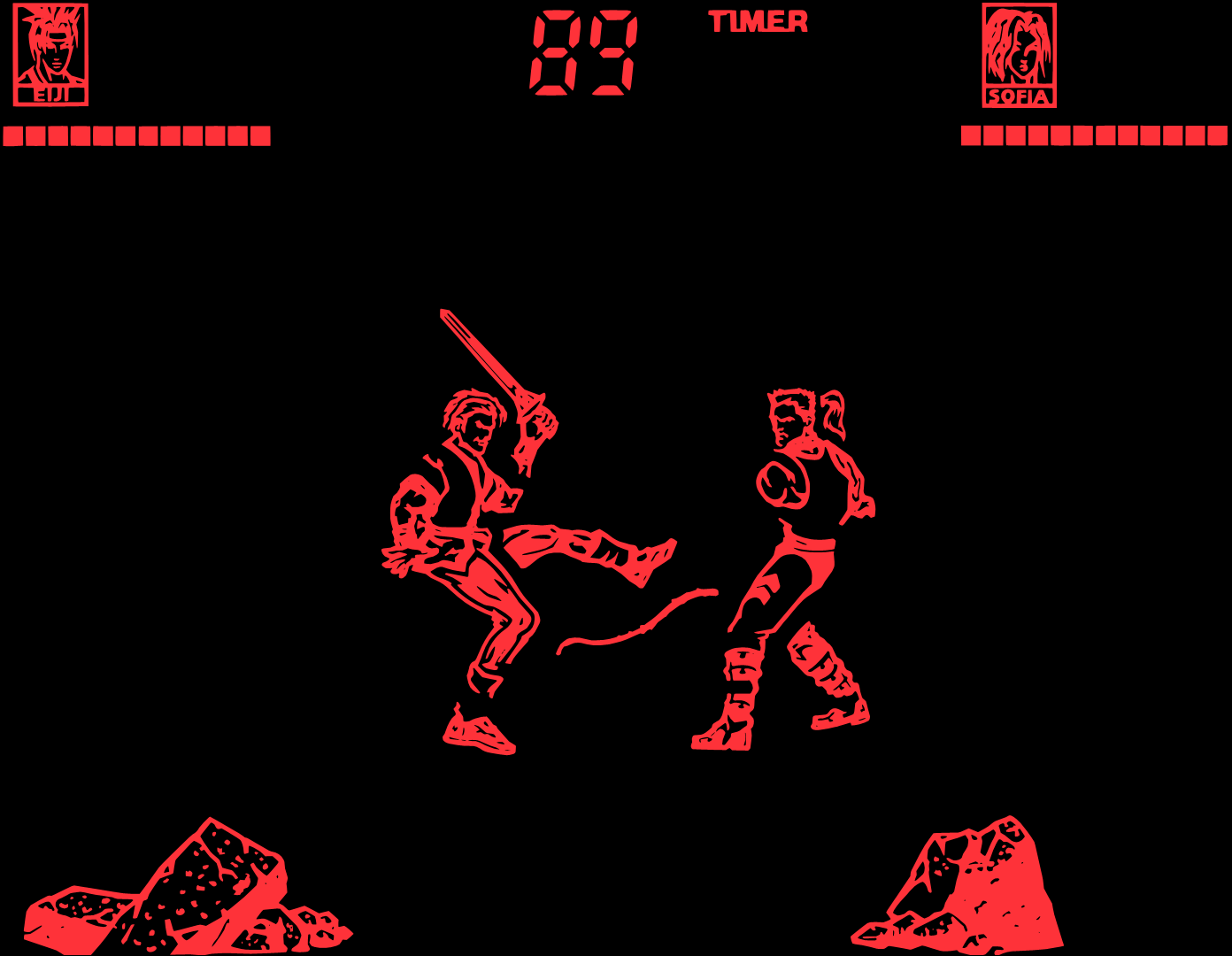
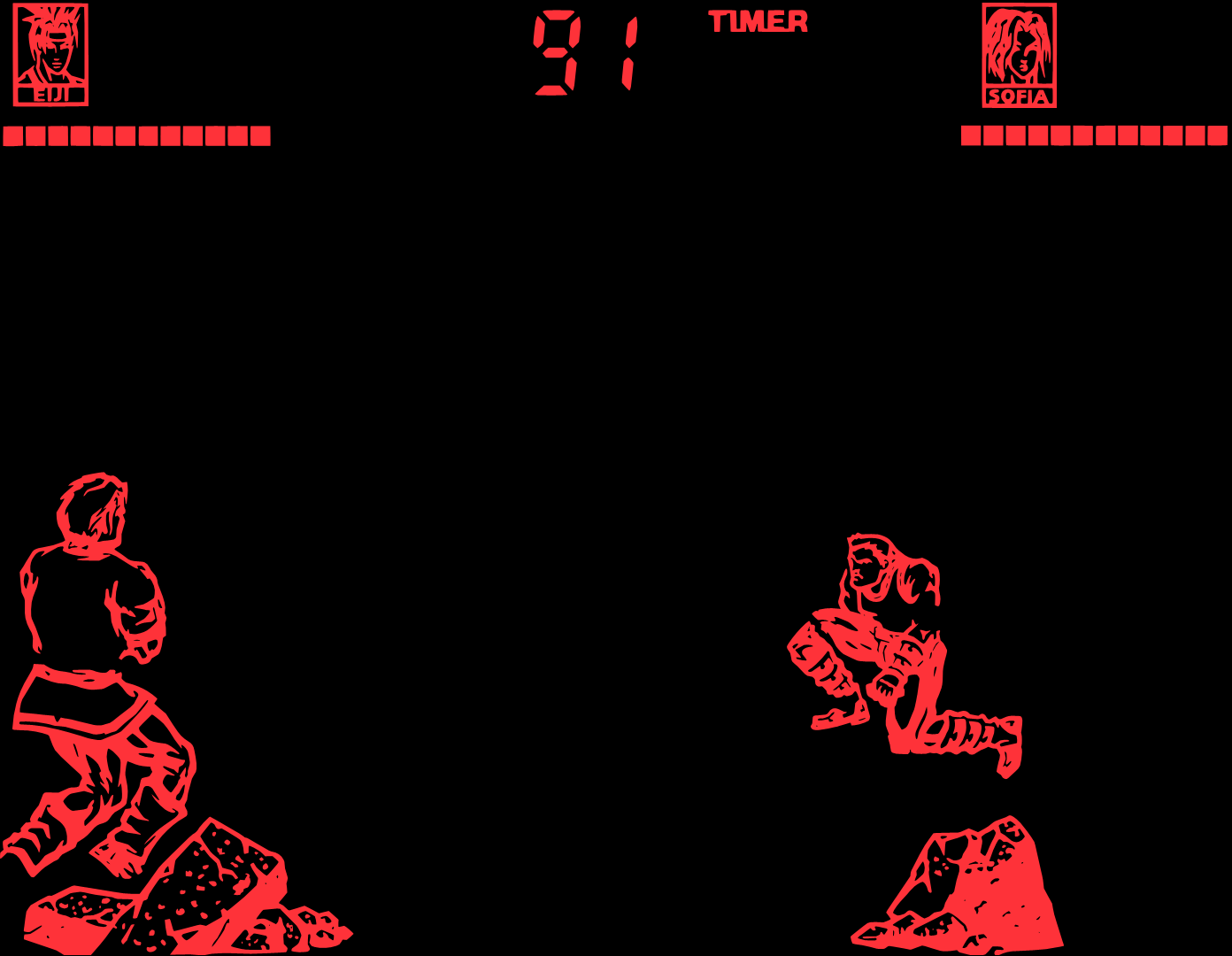
The rest of the Tiger games that were emulated over the course of 2018 were traditional handheld units, The Rocketeer is noteworthy as it uses the exact same program as Robocop 2, just with a different display.
Wayne’s World, X-Men, Batman: The Animated Series, The Rocketeer
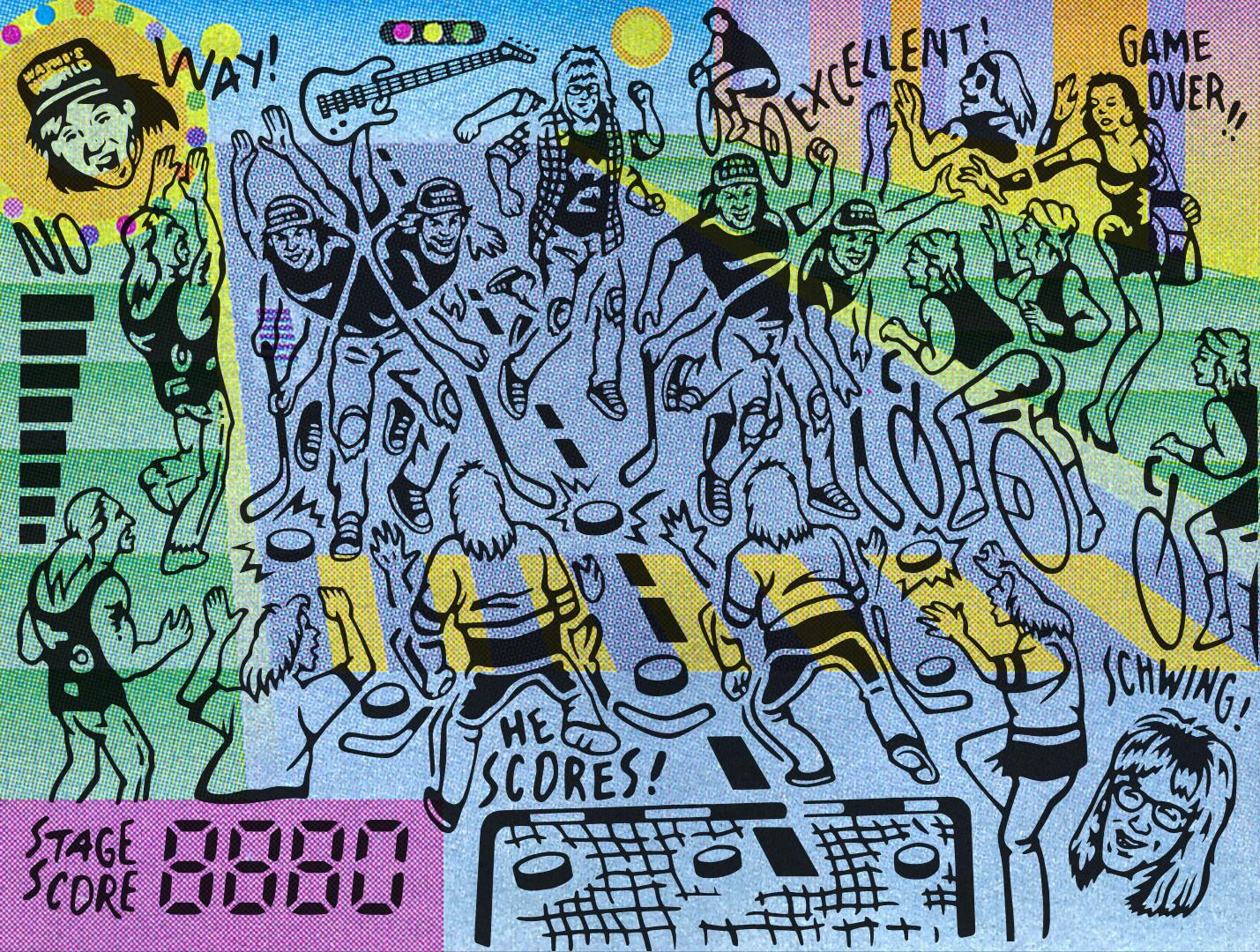
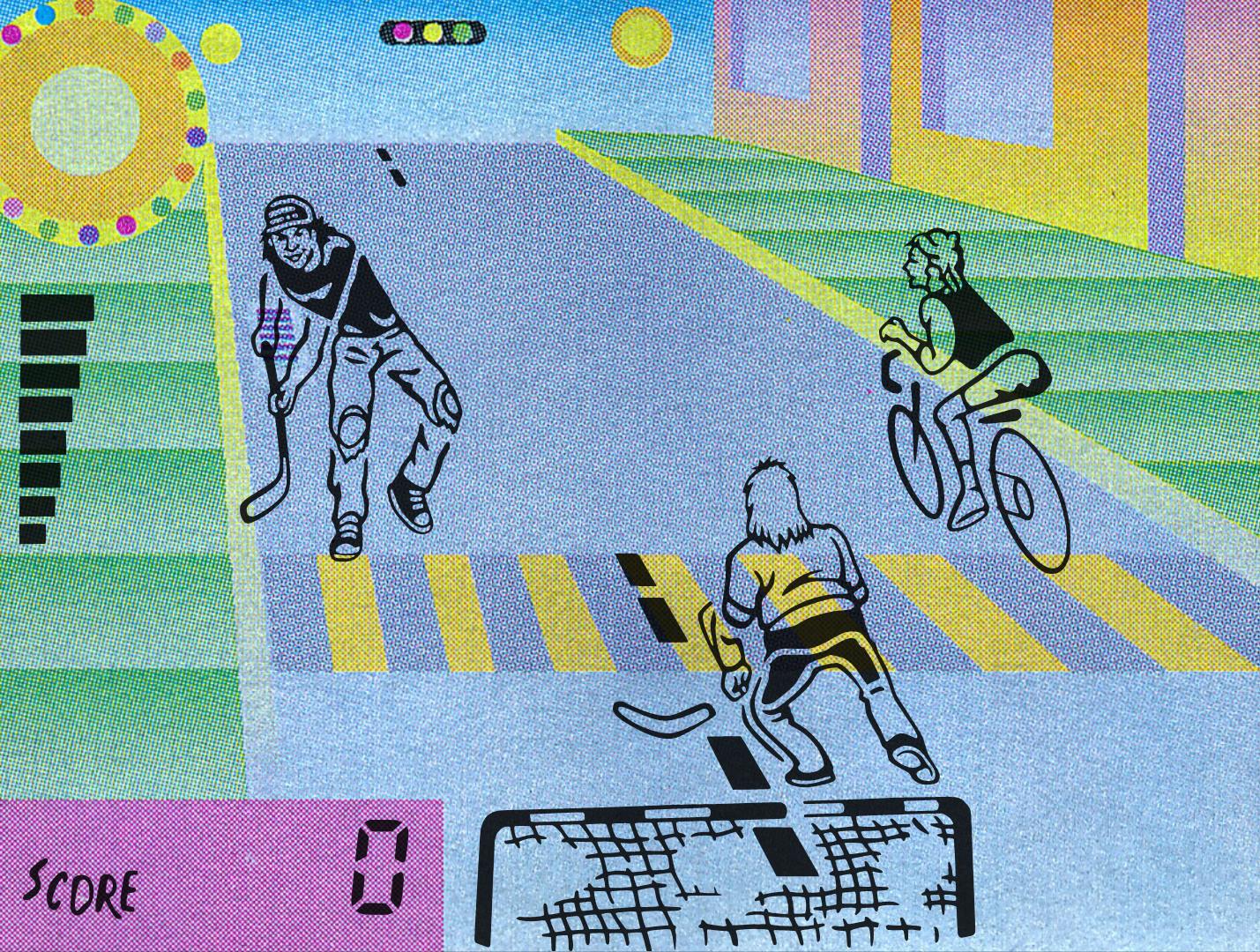
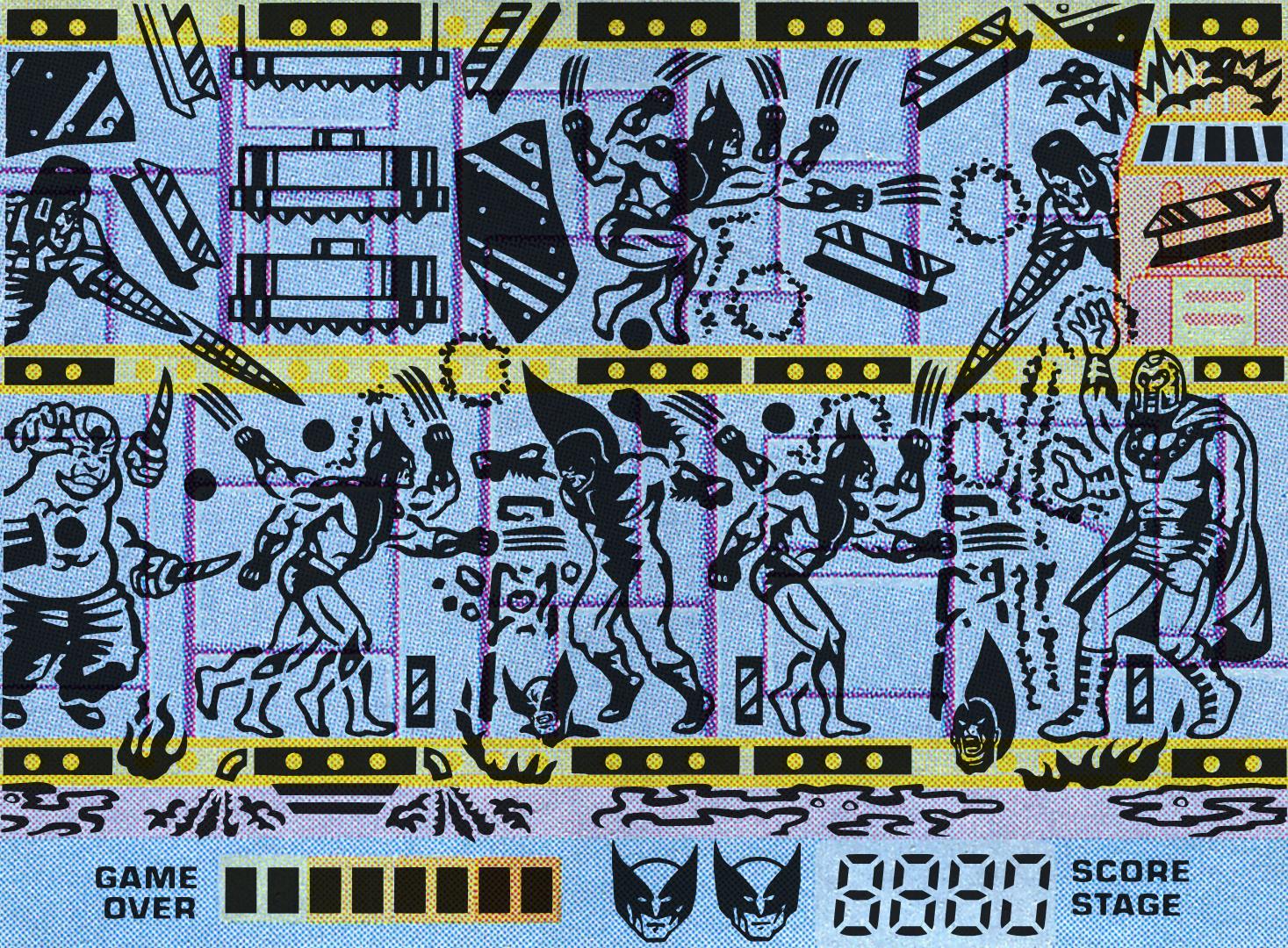
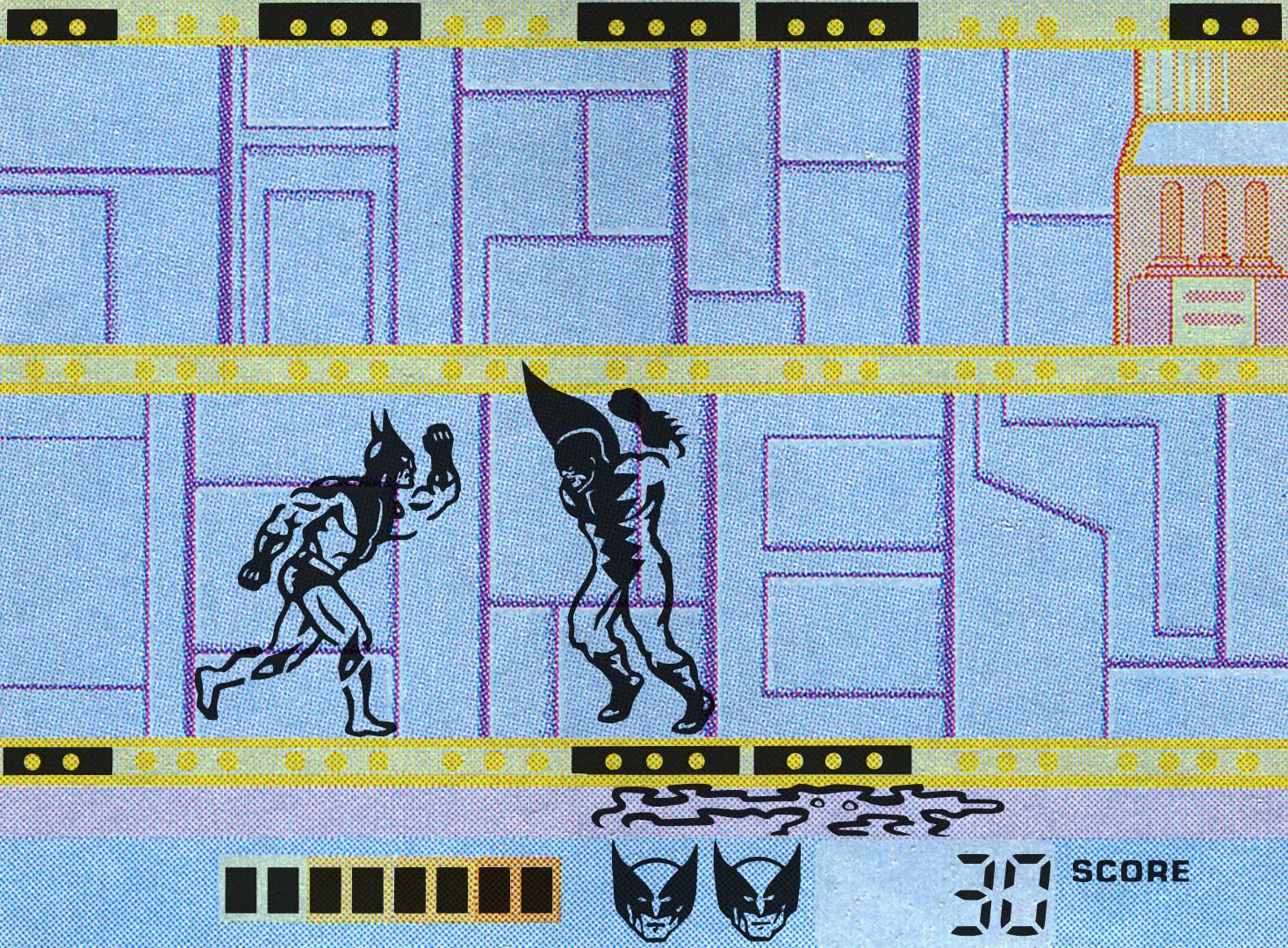
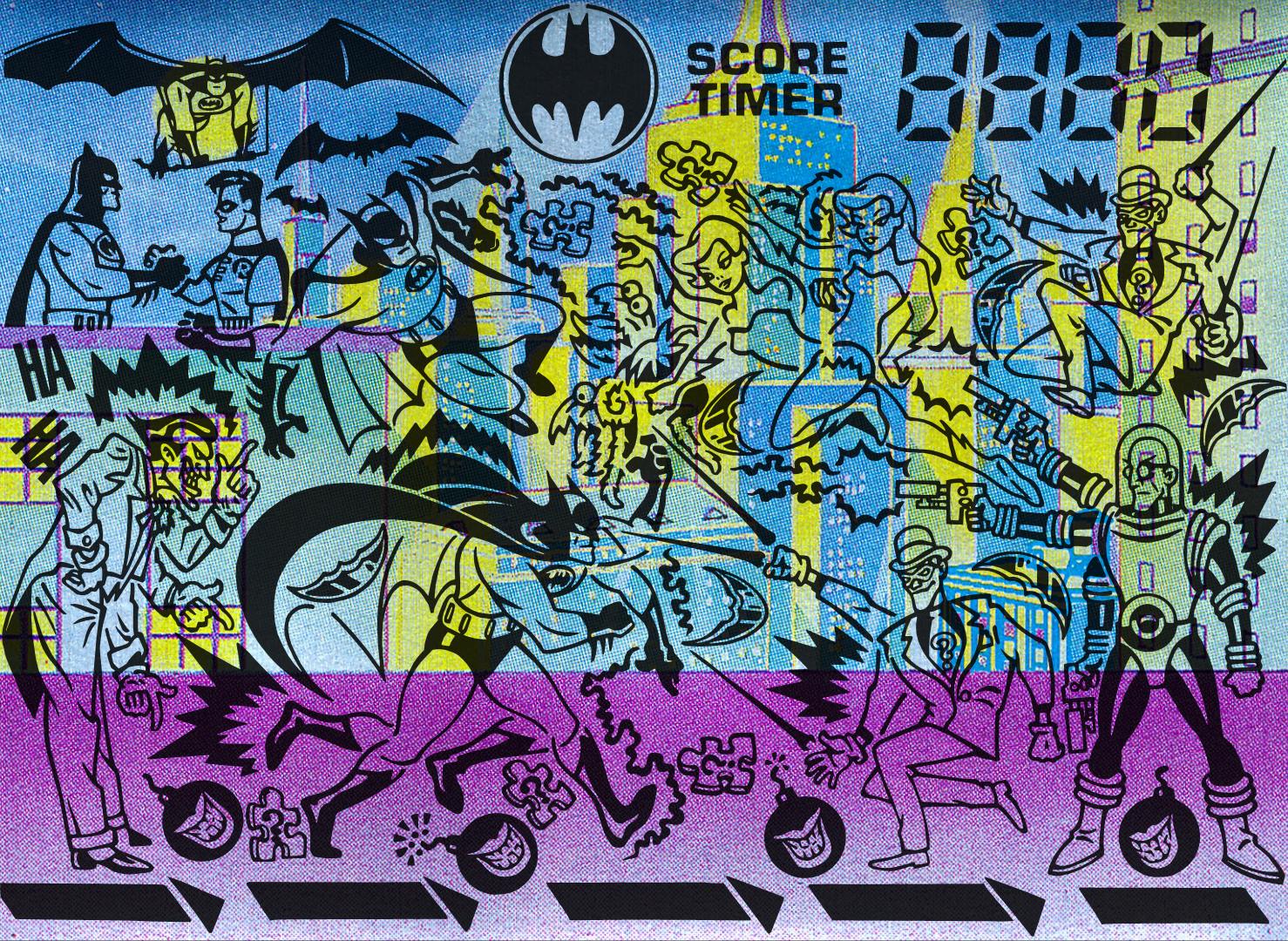
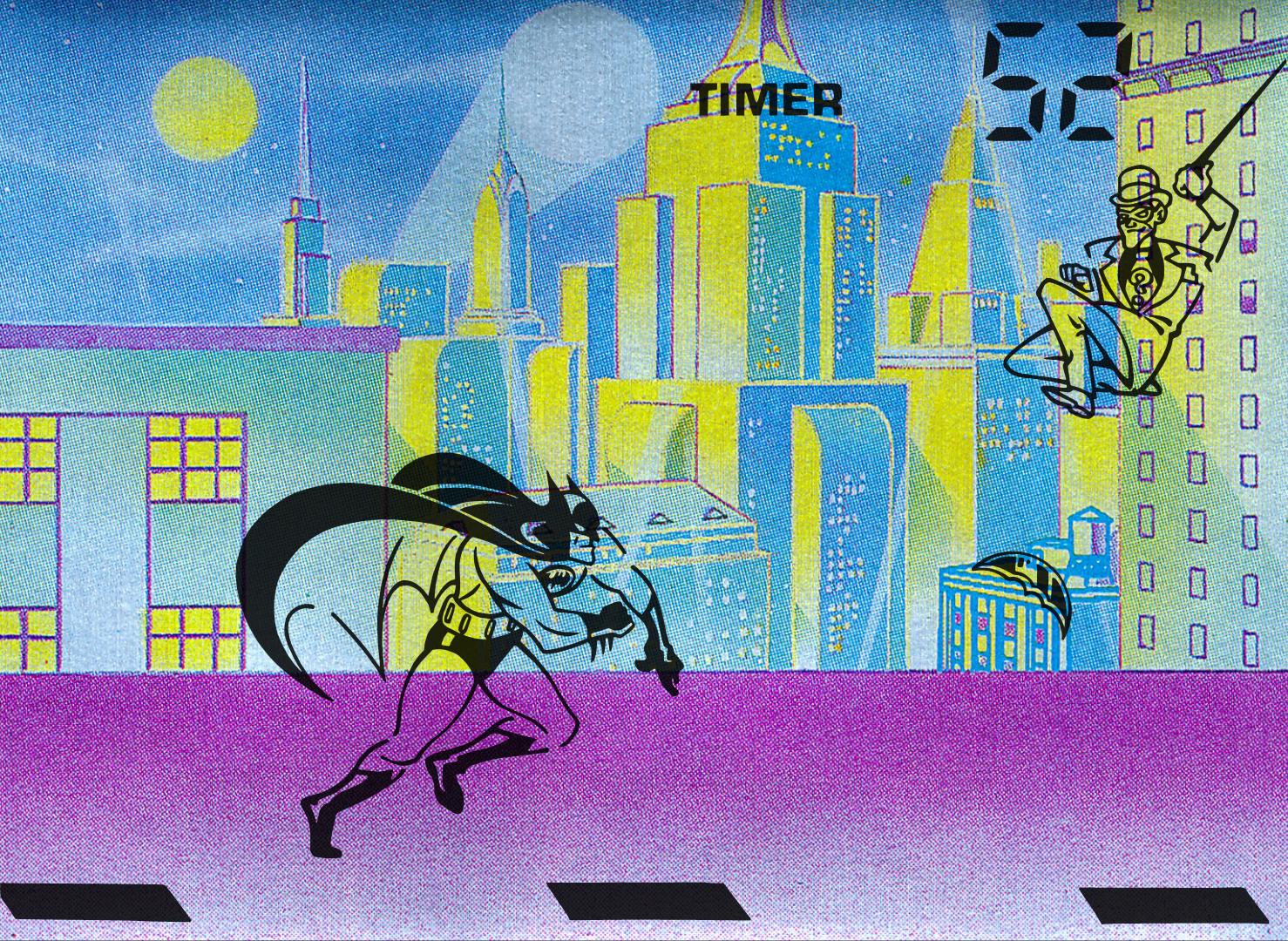
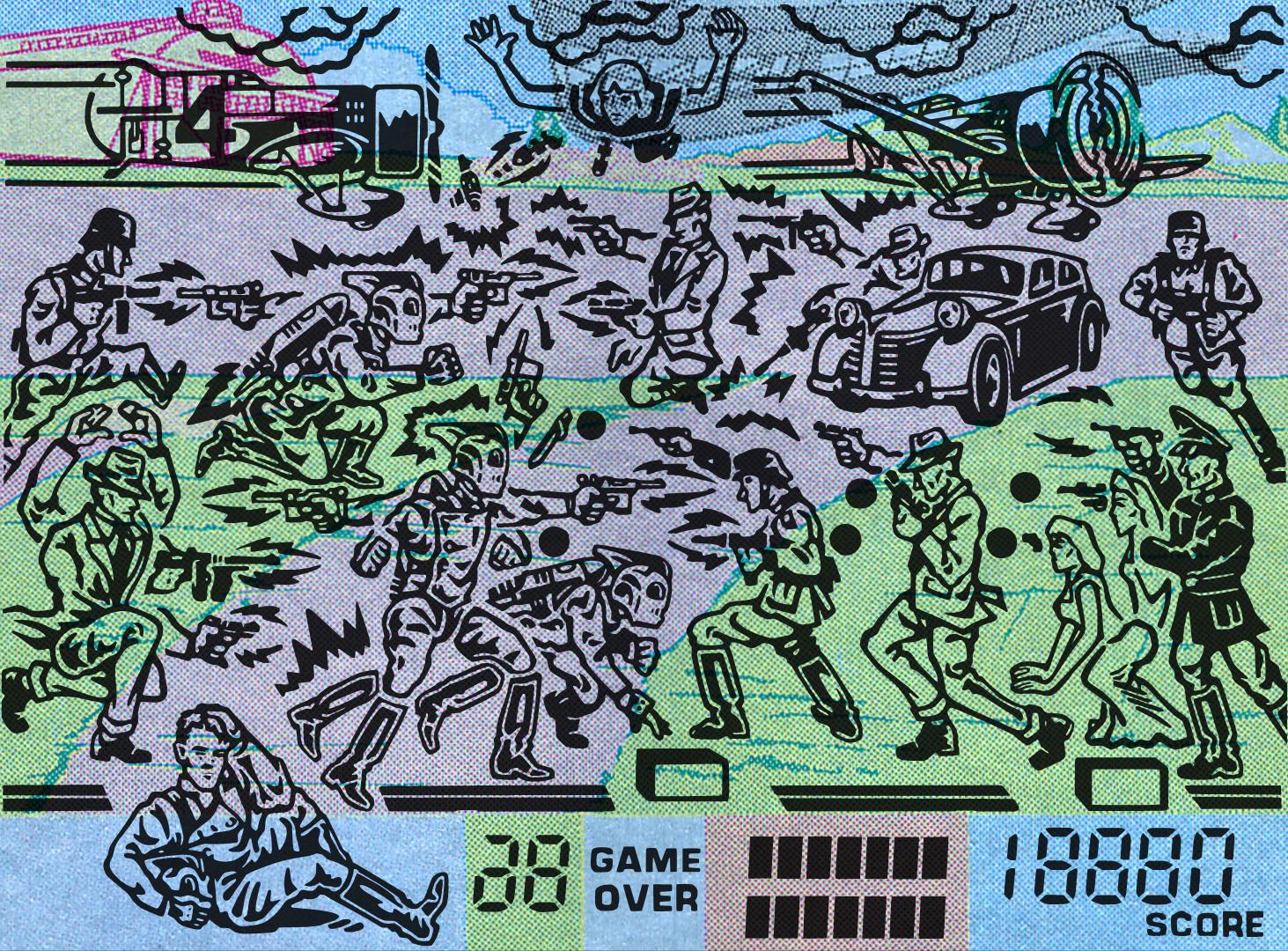
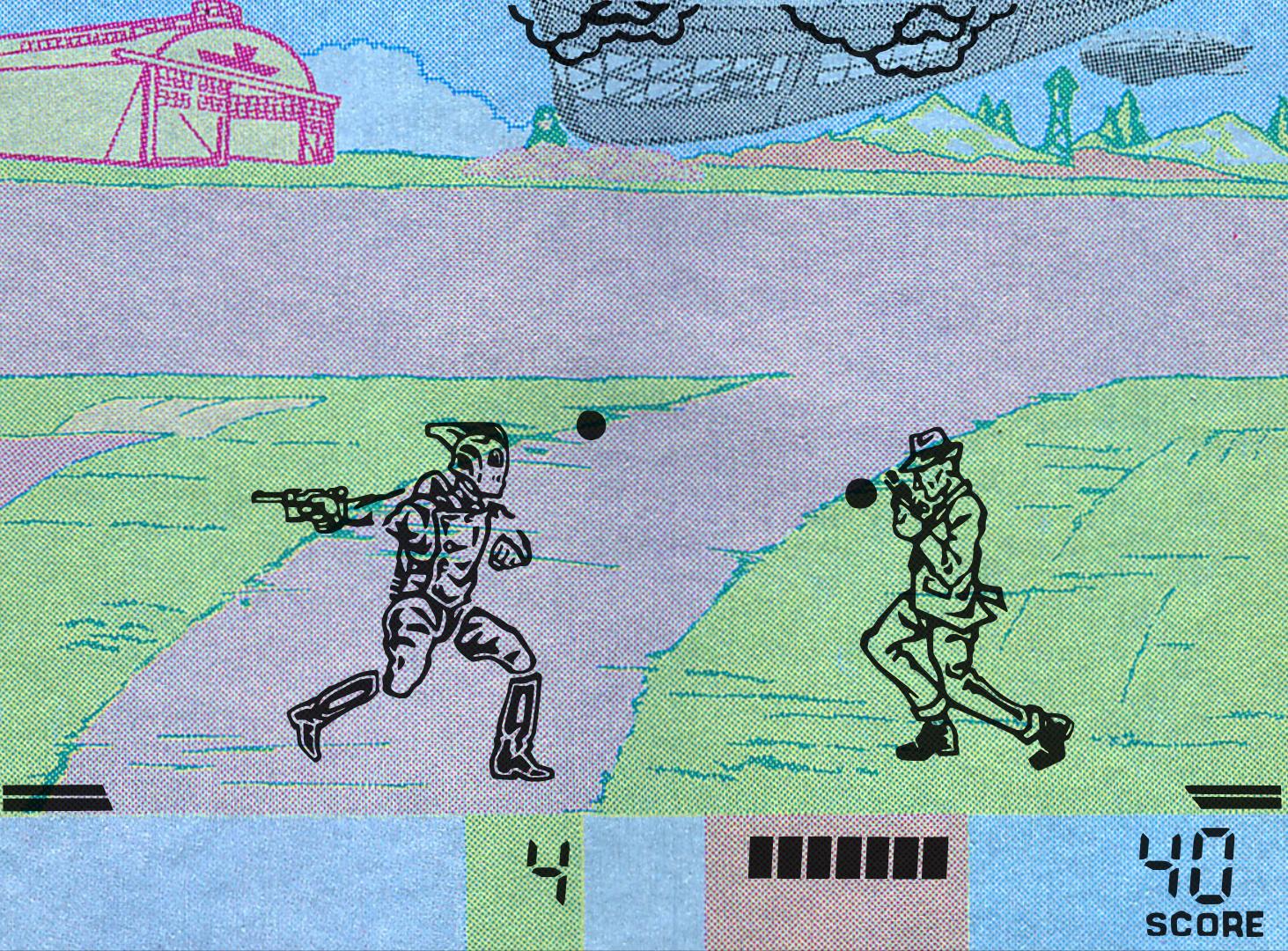
Home Alone, Home Alone 2 – Lost in New York, Independence Day, Operation: Aliens
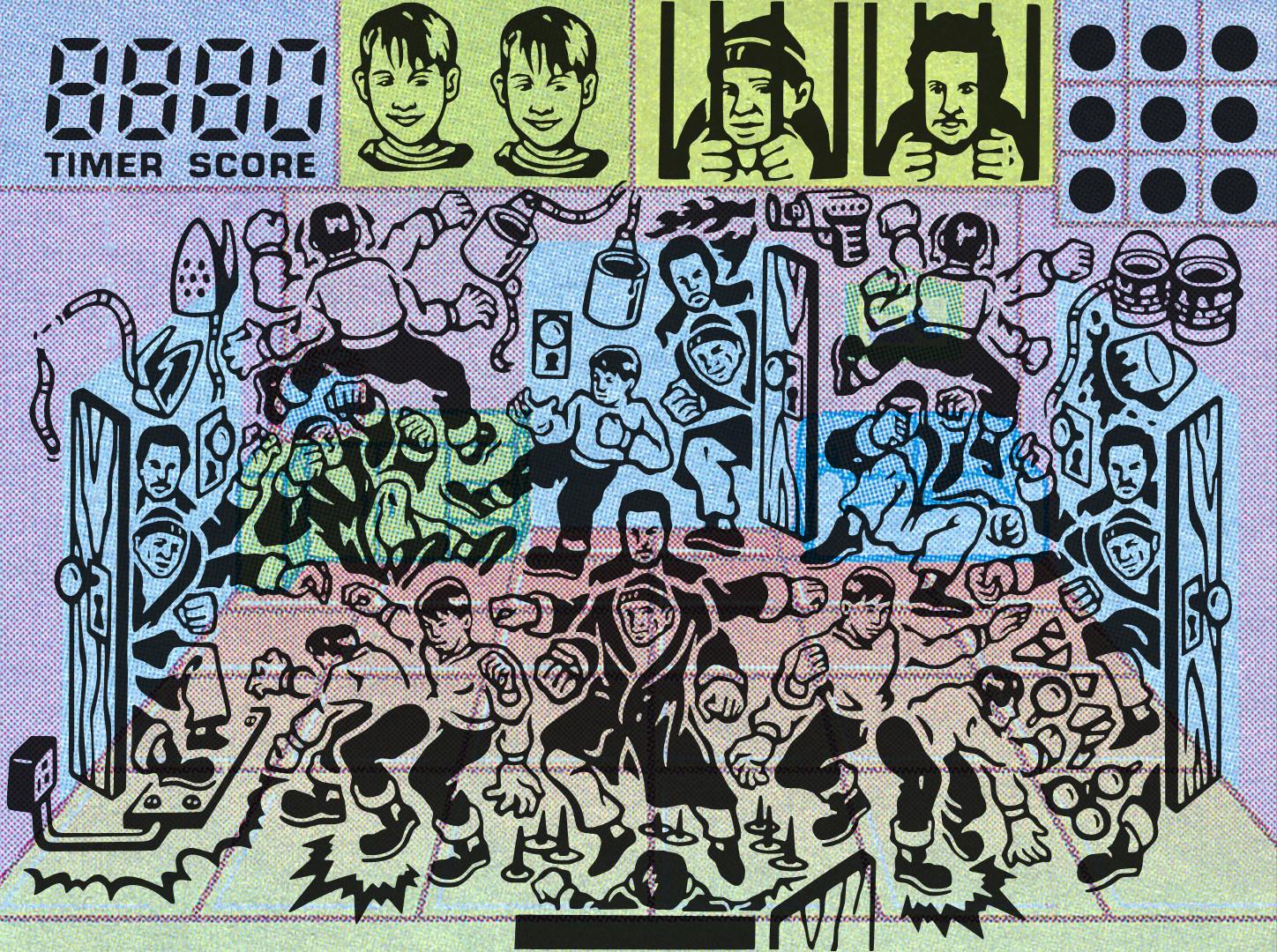
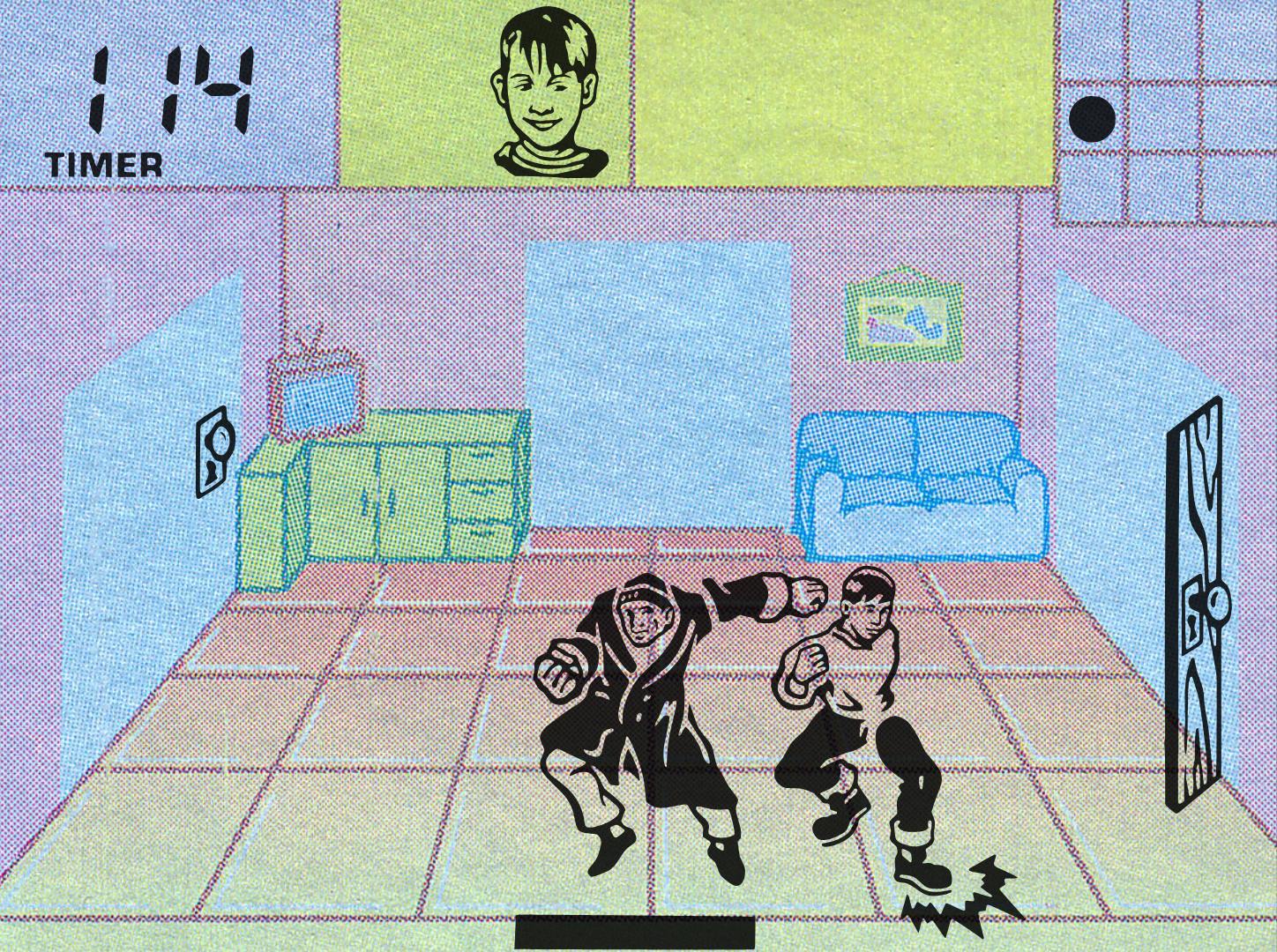
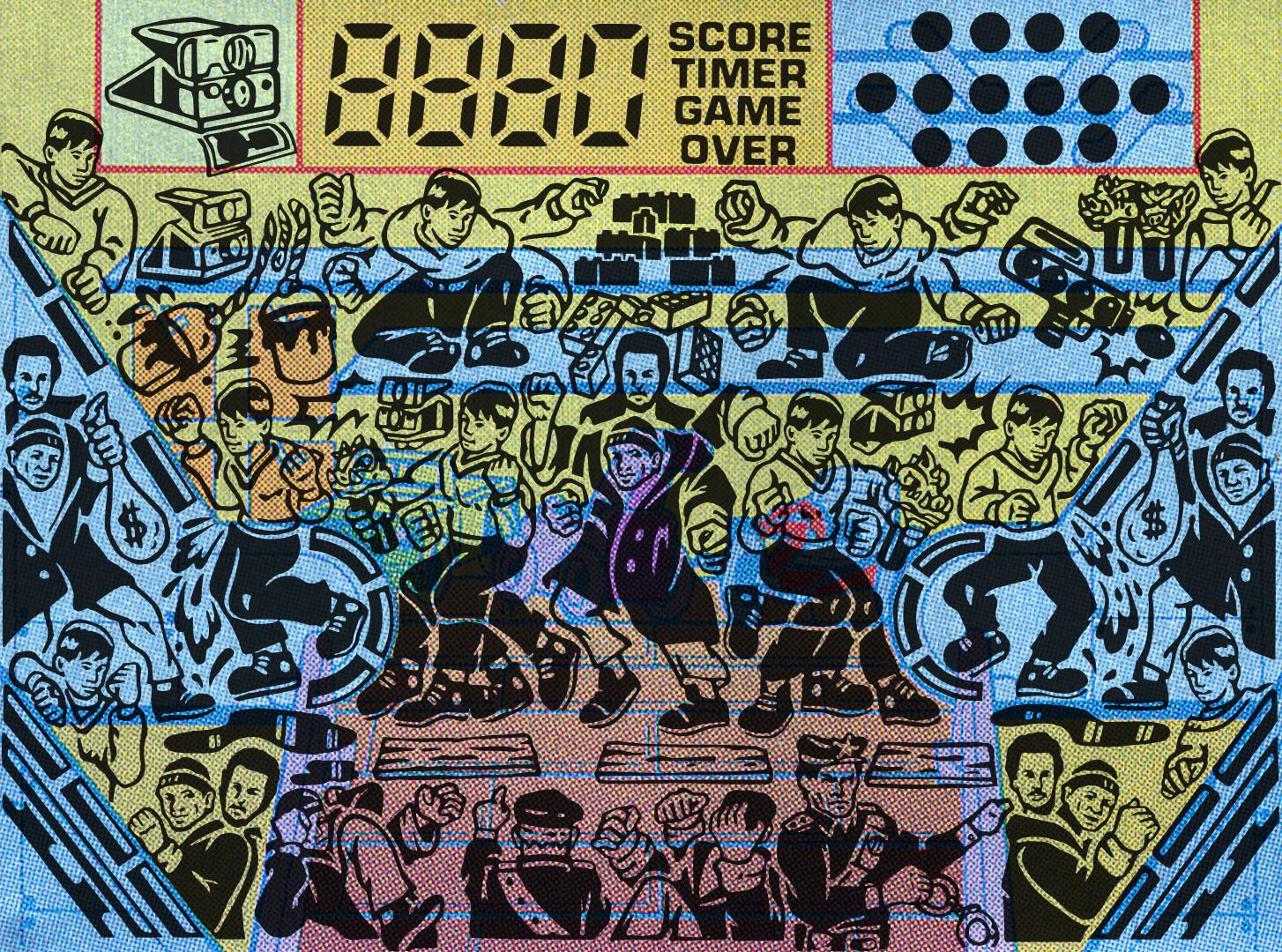
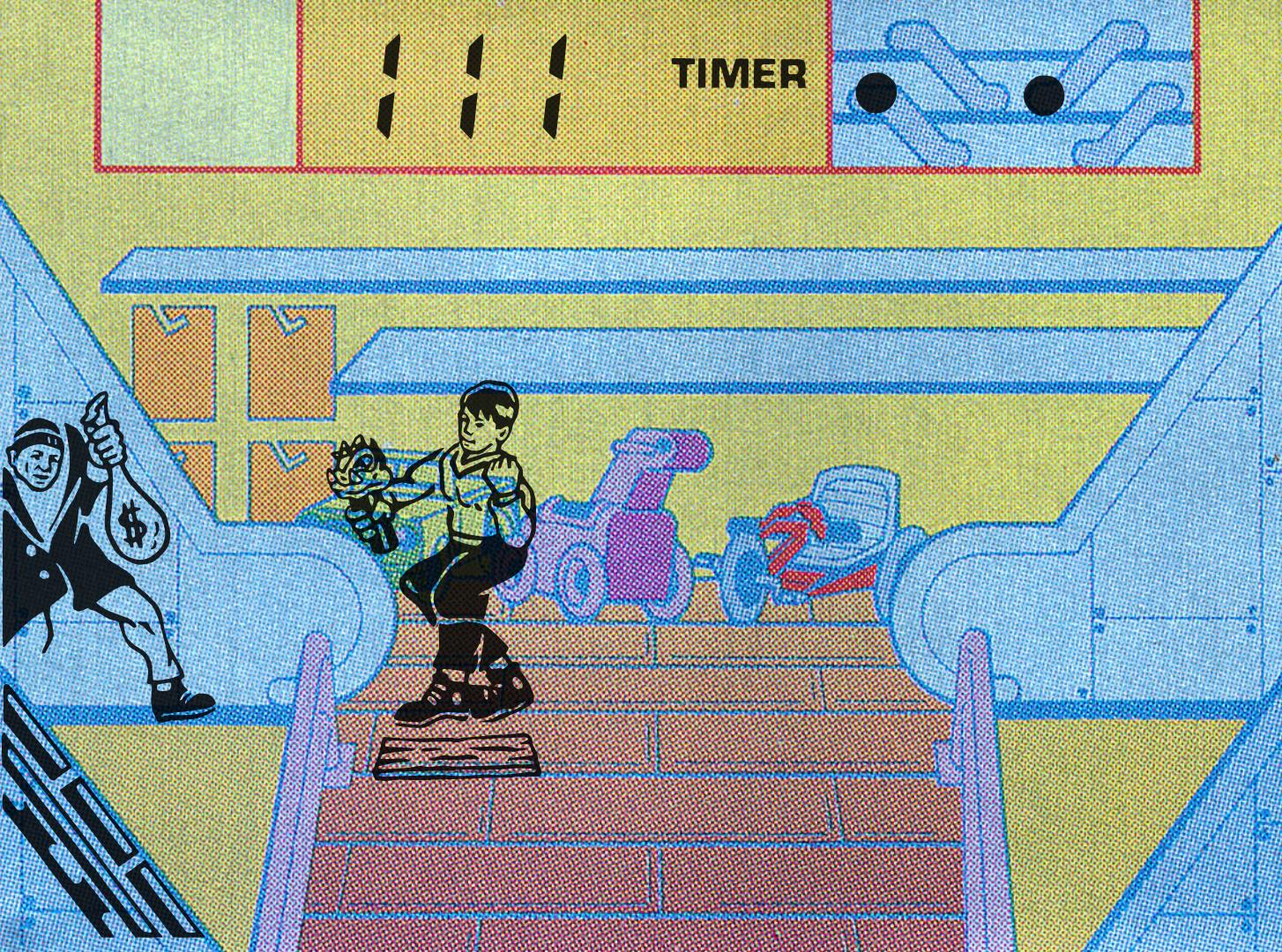
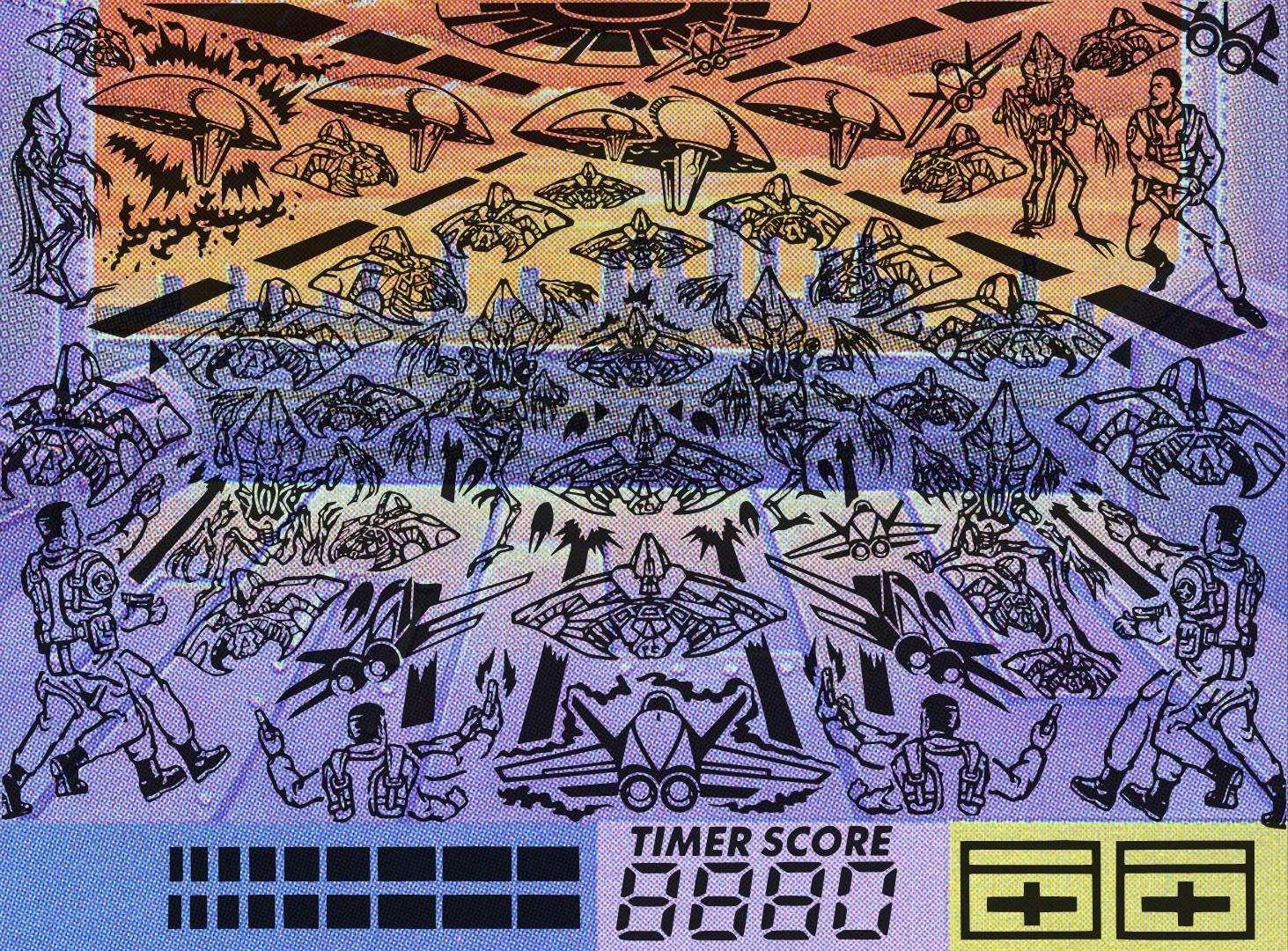

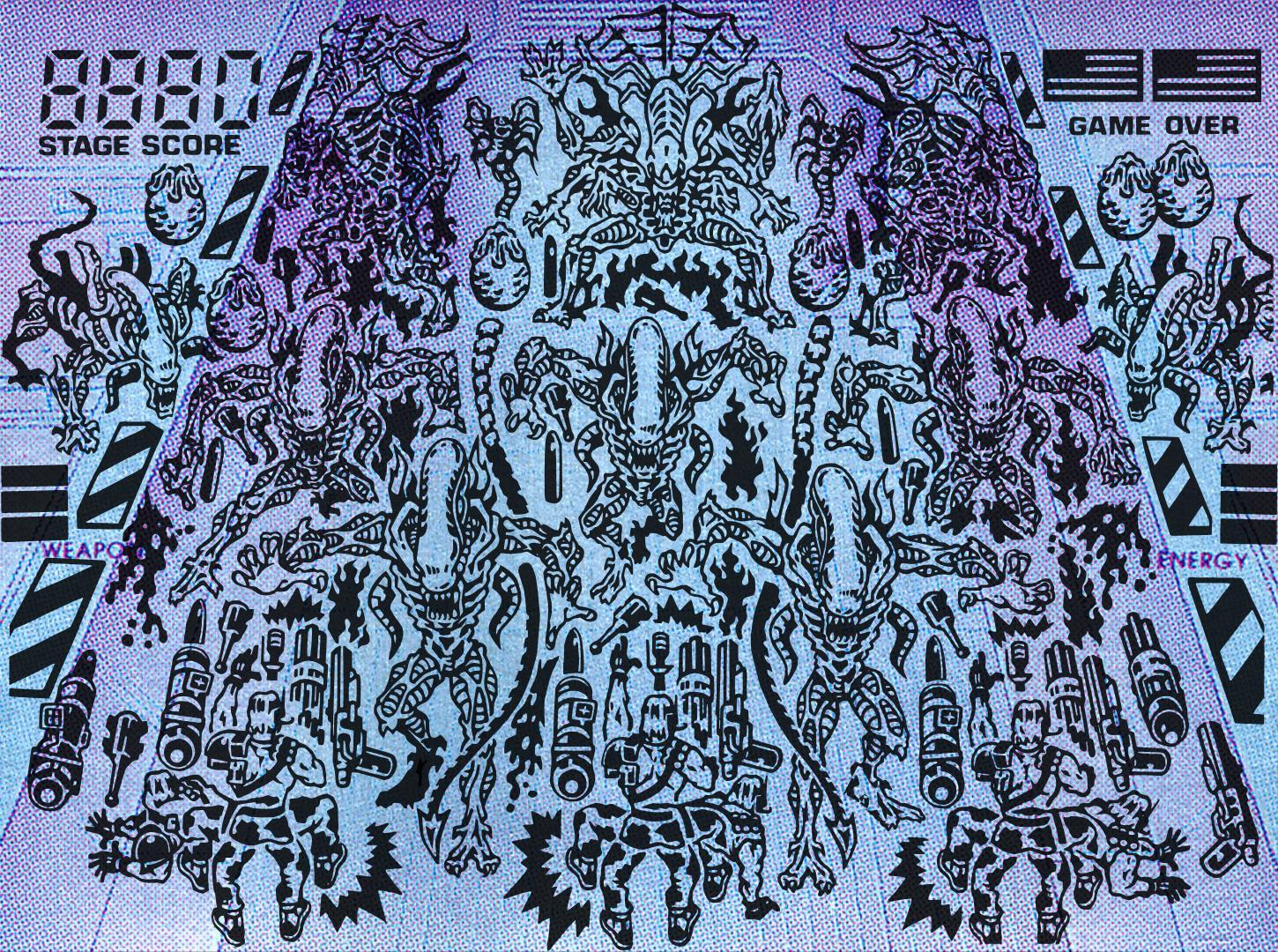

Transformers – Generation 2, Dennis the Menace, Double Dragon 3 – The Rosetta Stone, The Addams Family
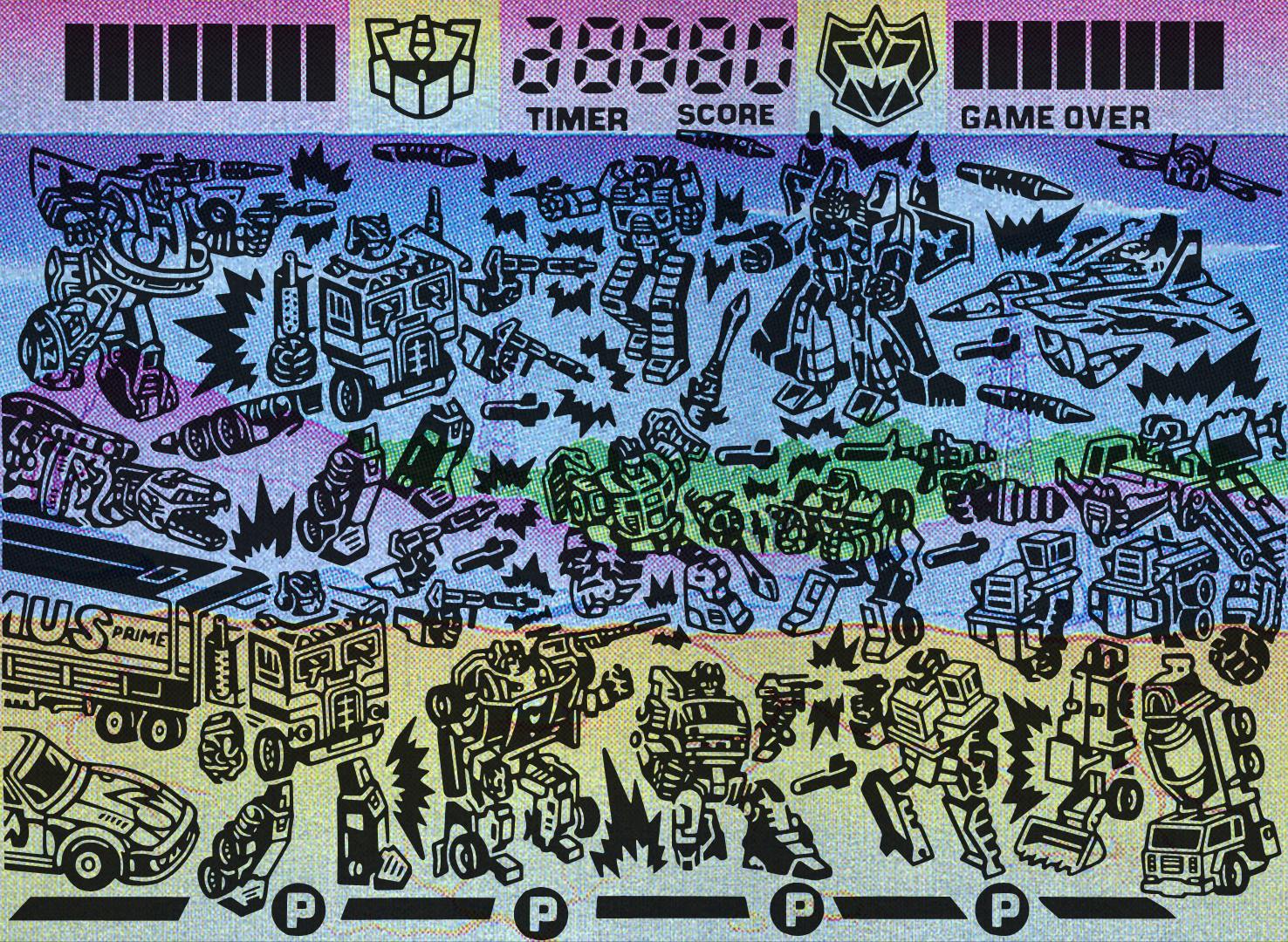
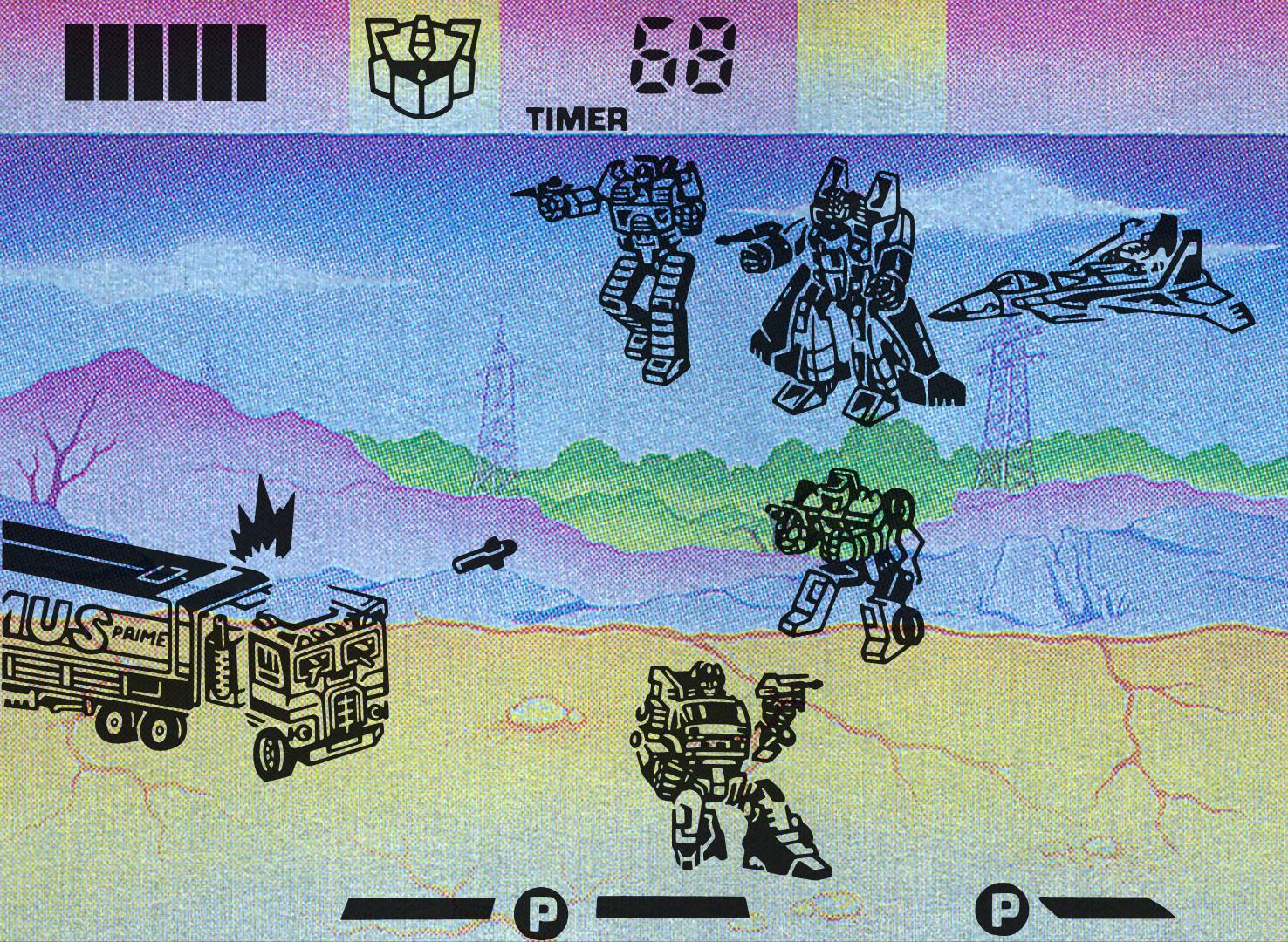
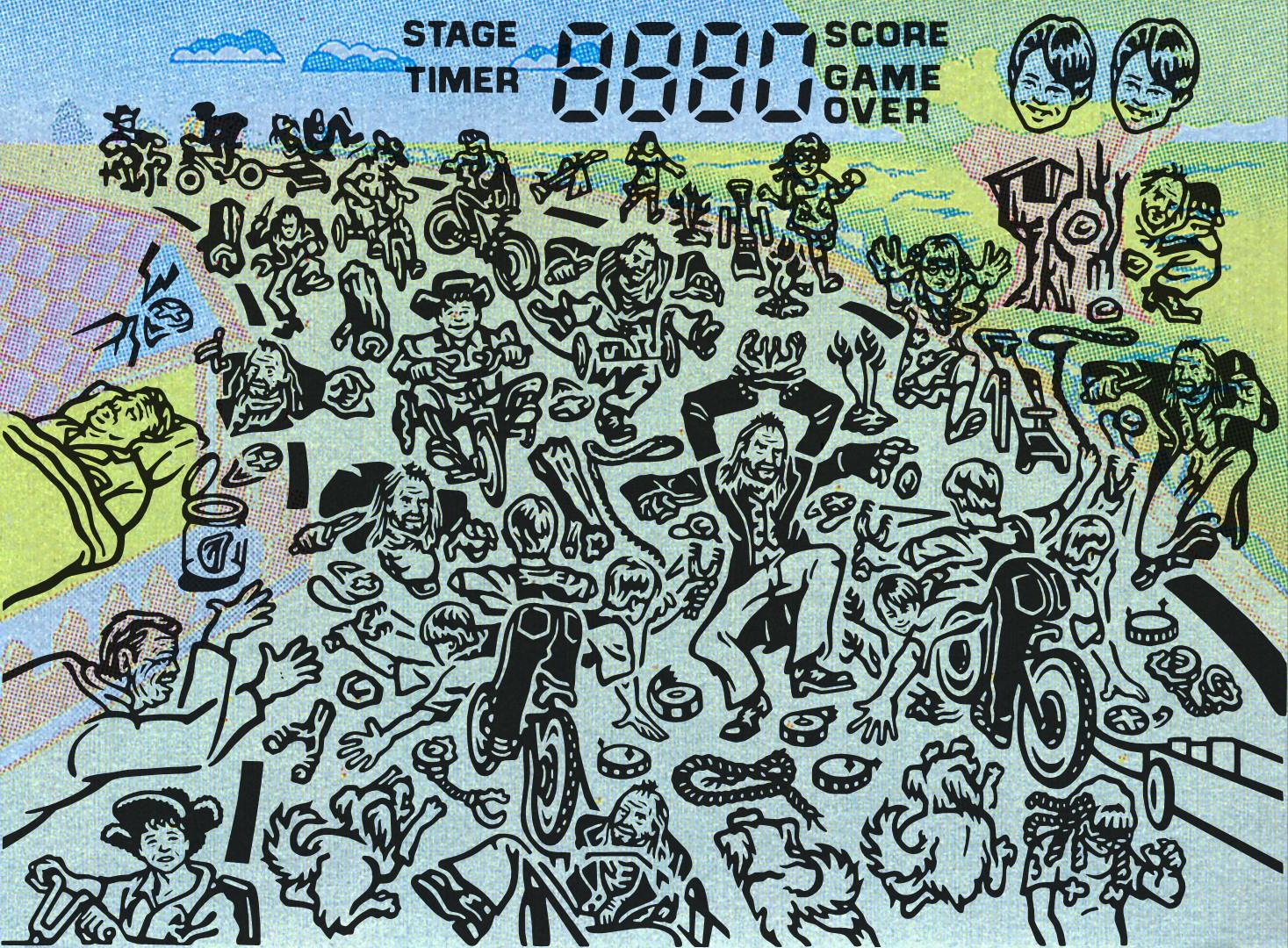
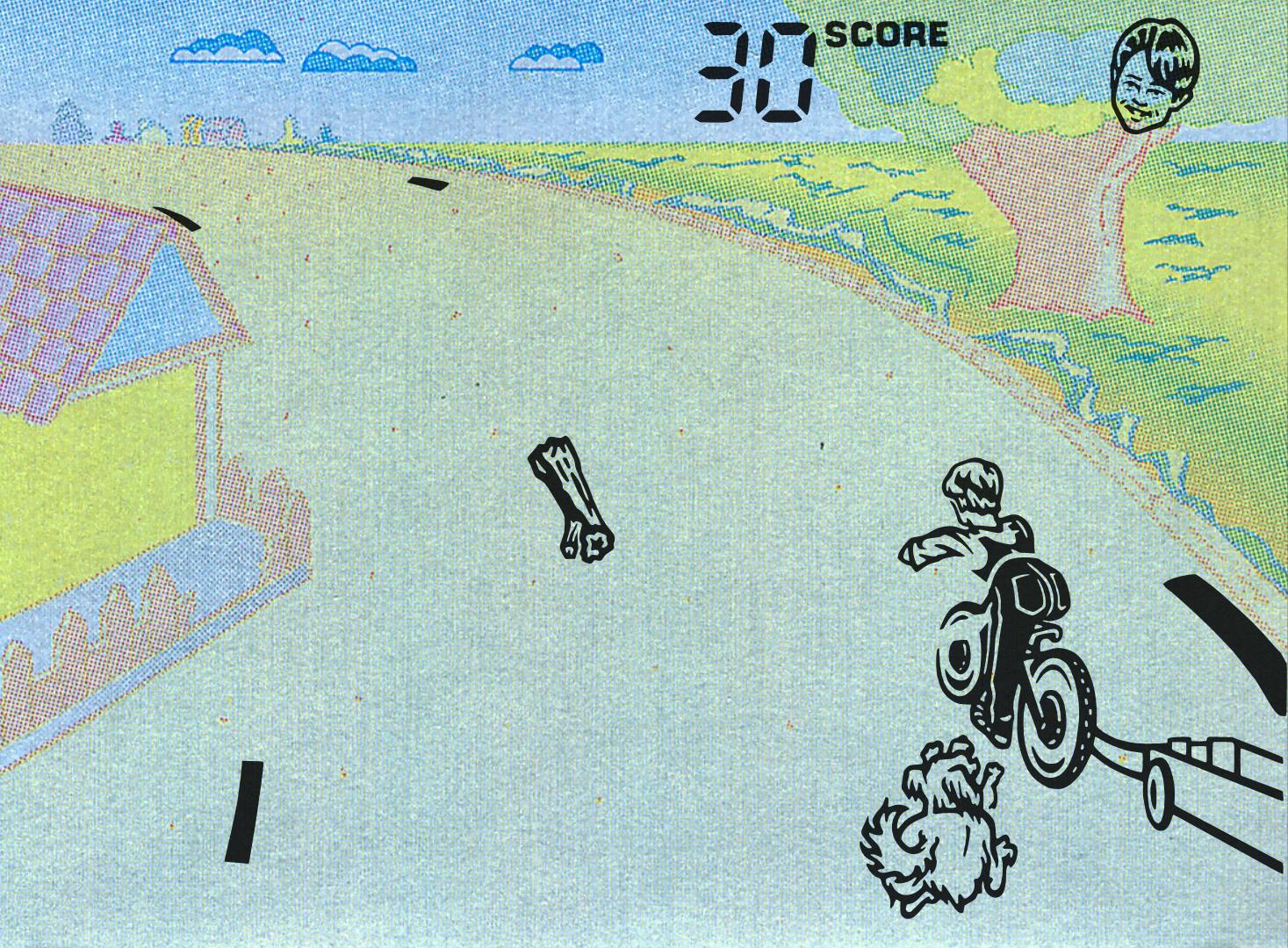
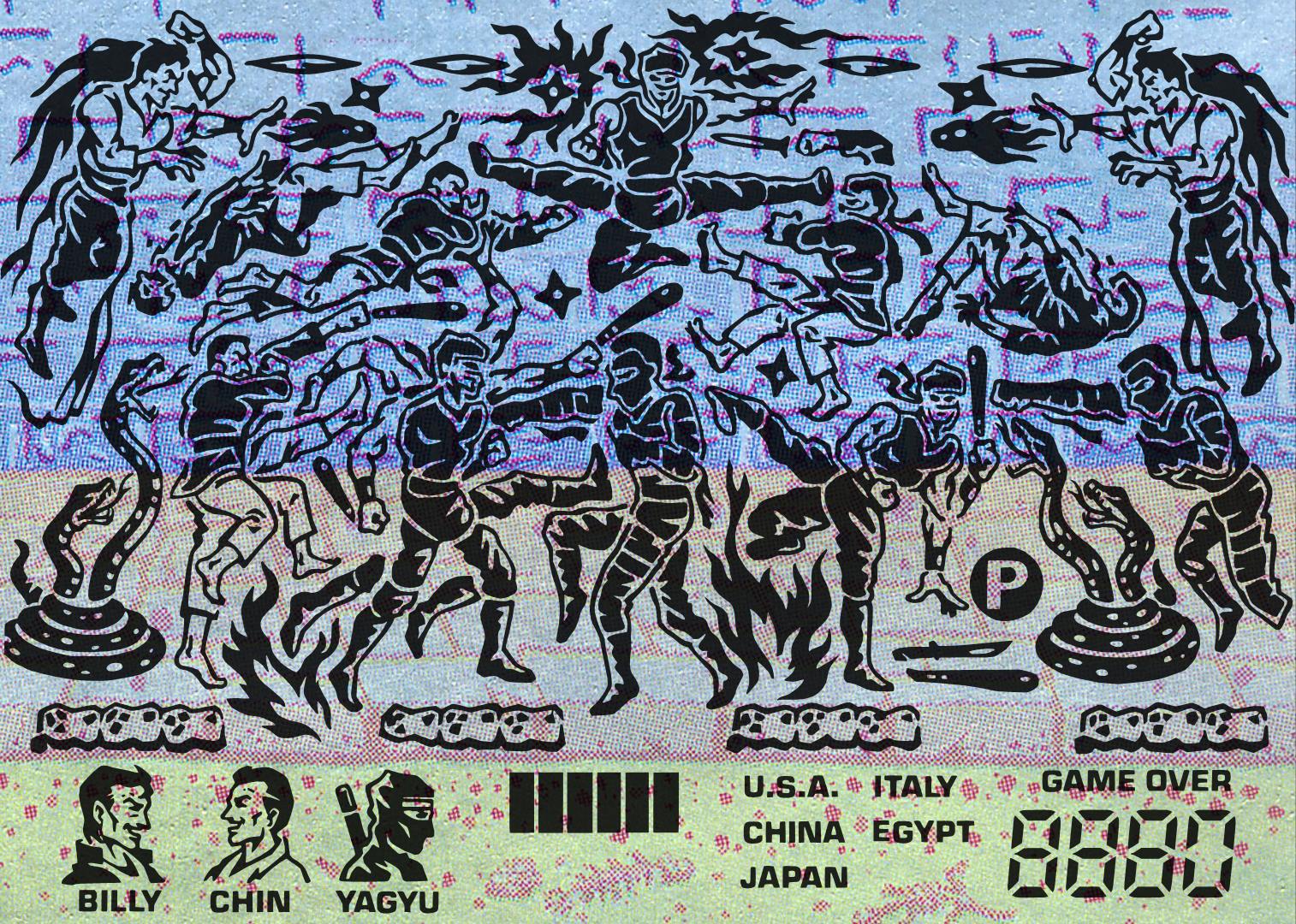
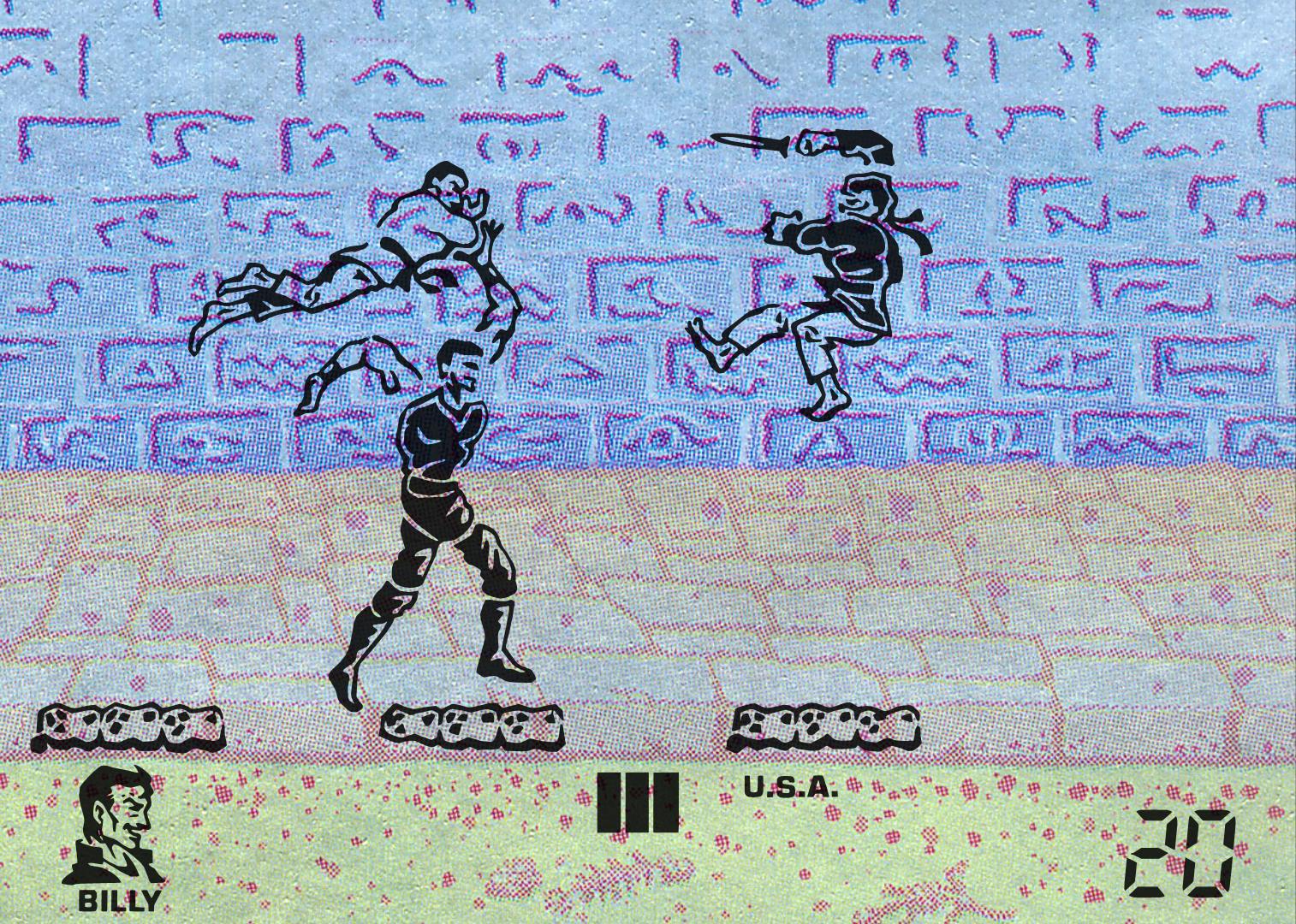


Robocop 3, Hook, Back to the Future, 007: GoldenEye
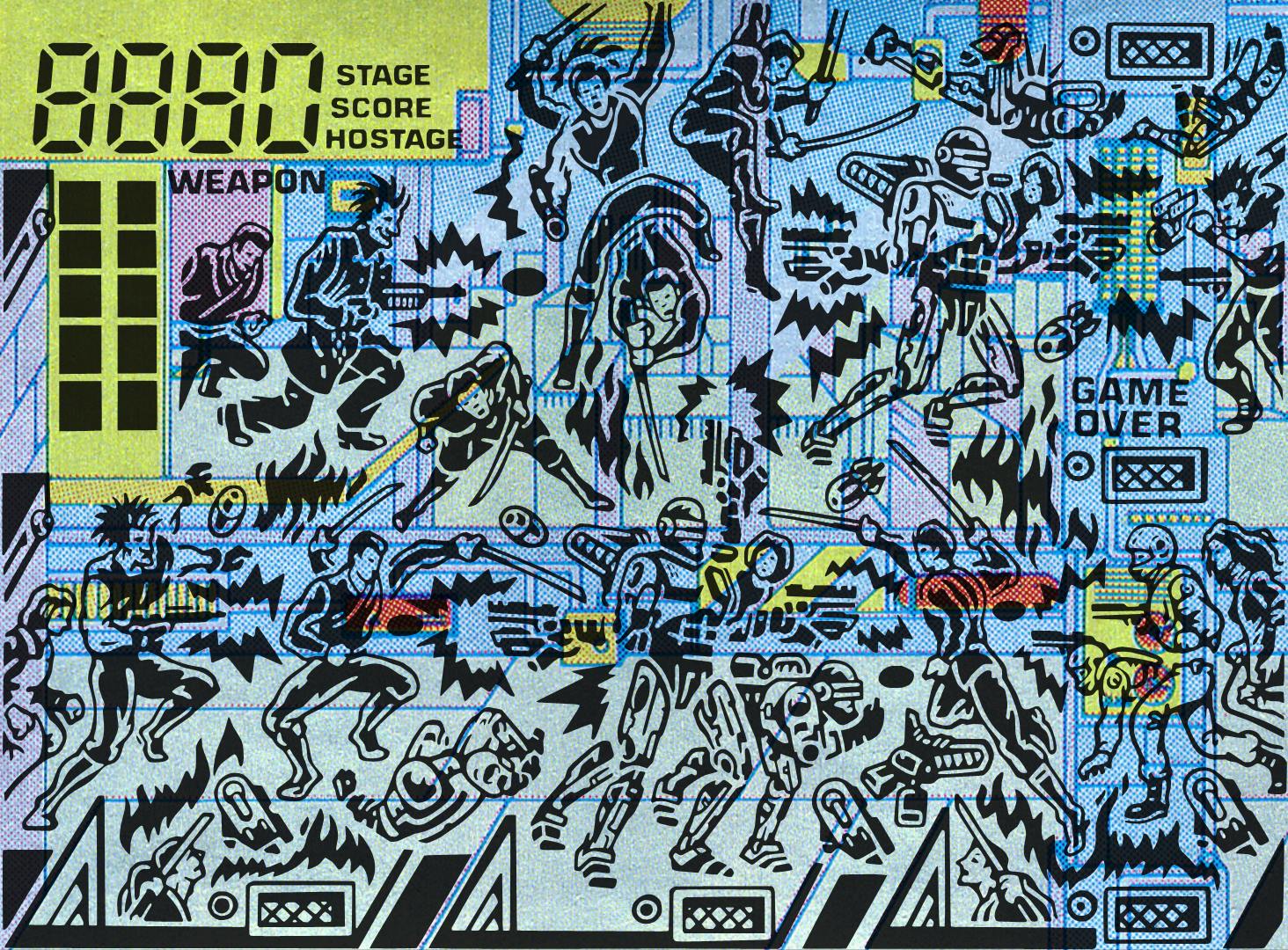
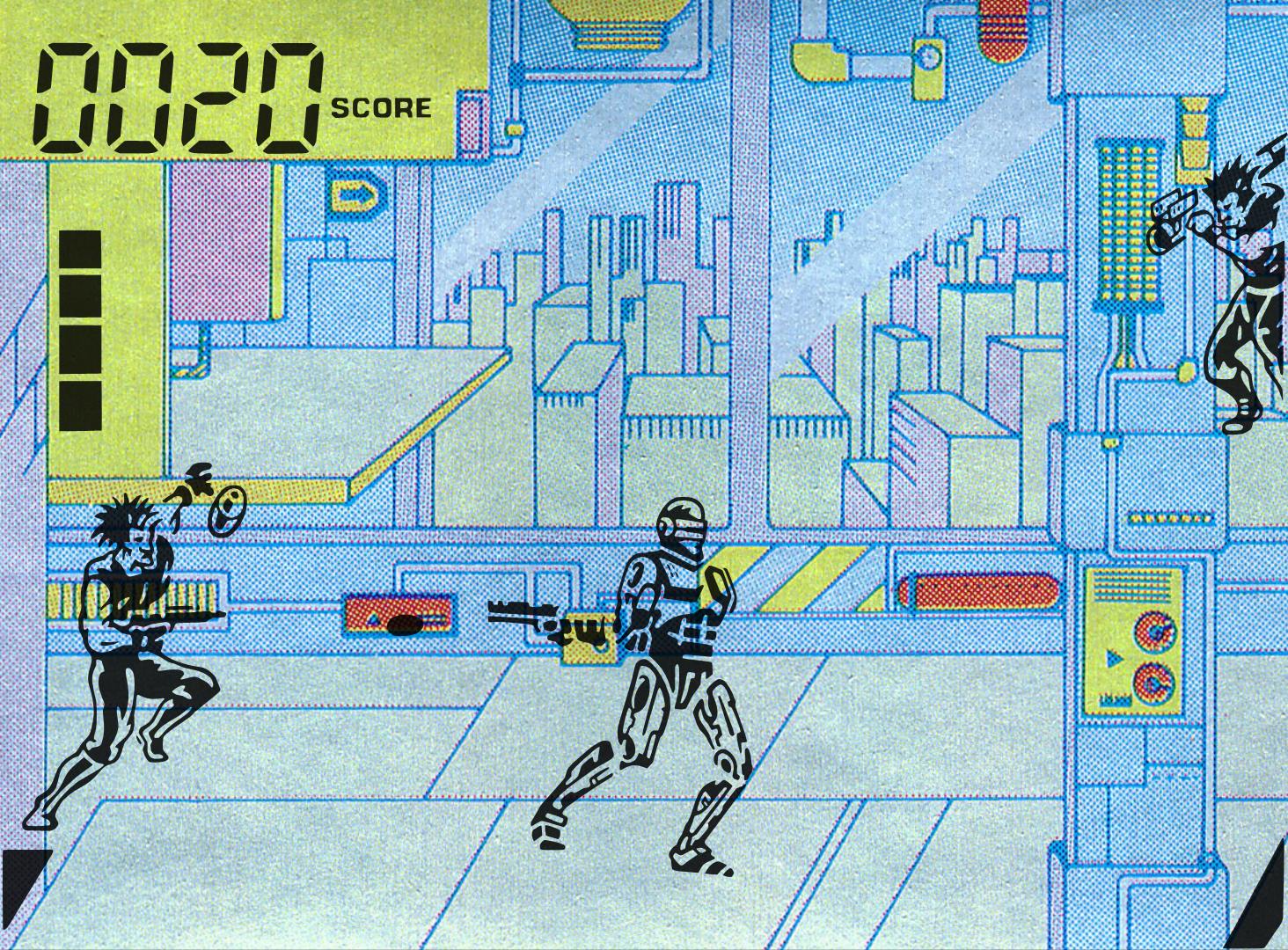
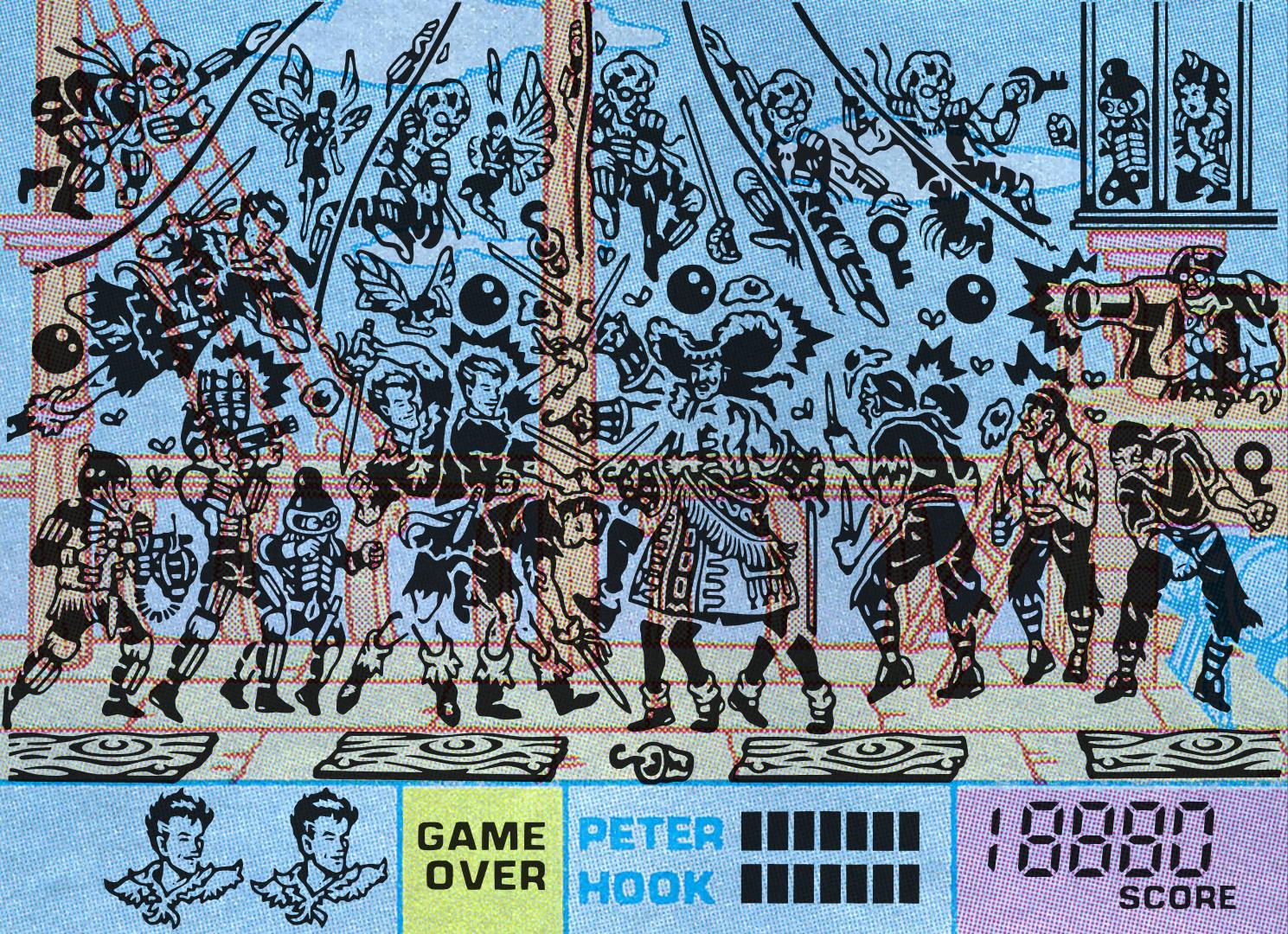
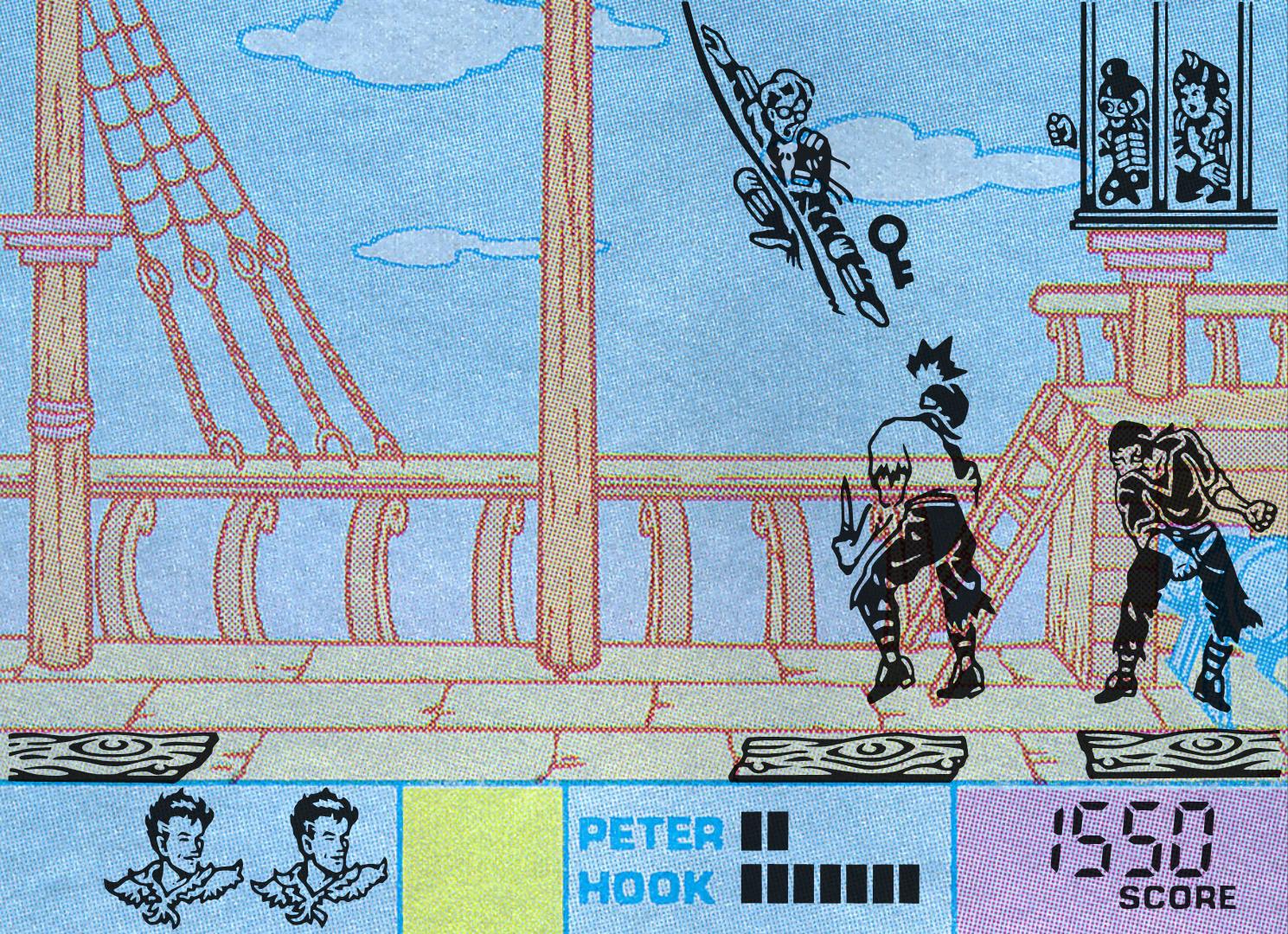
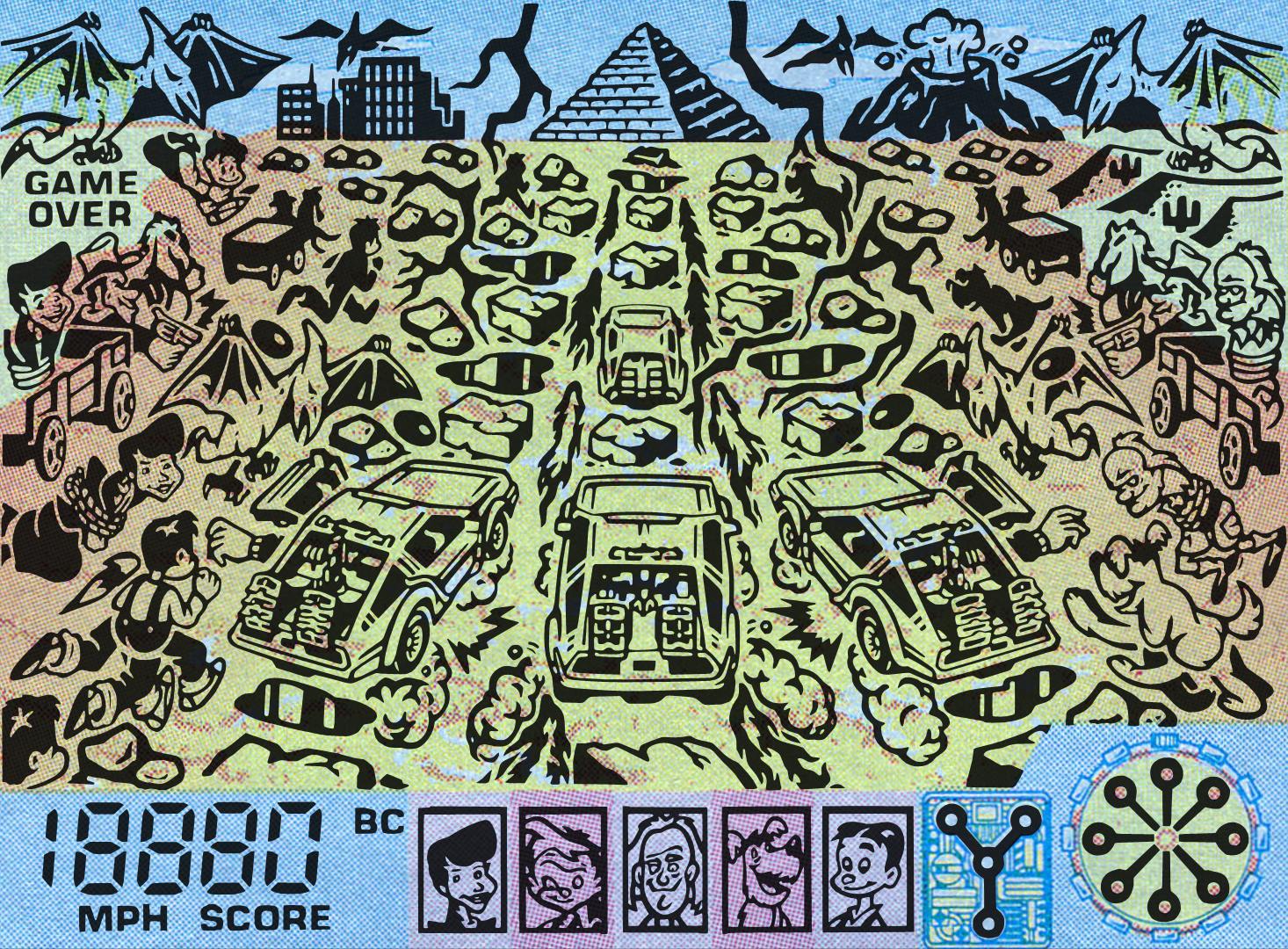
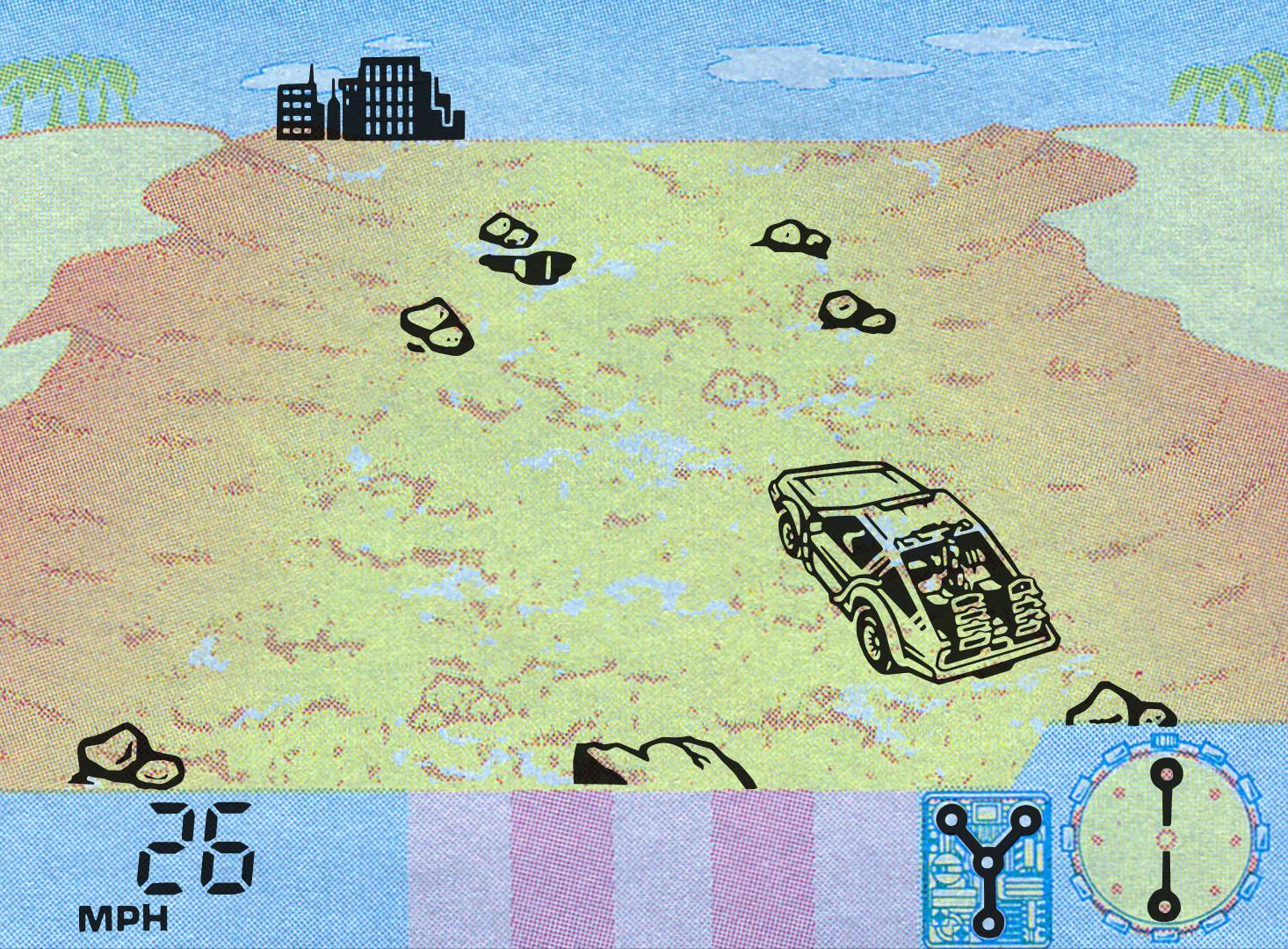
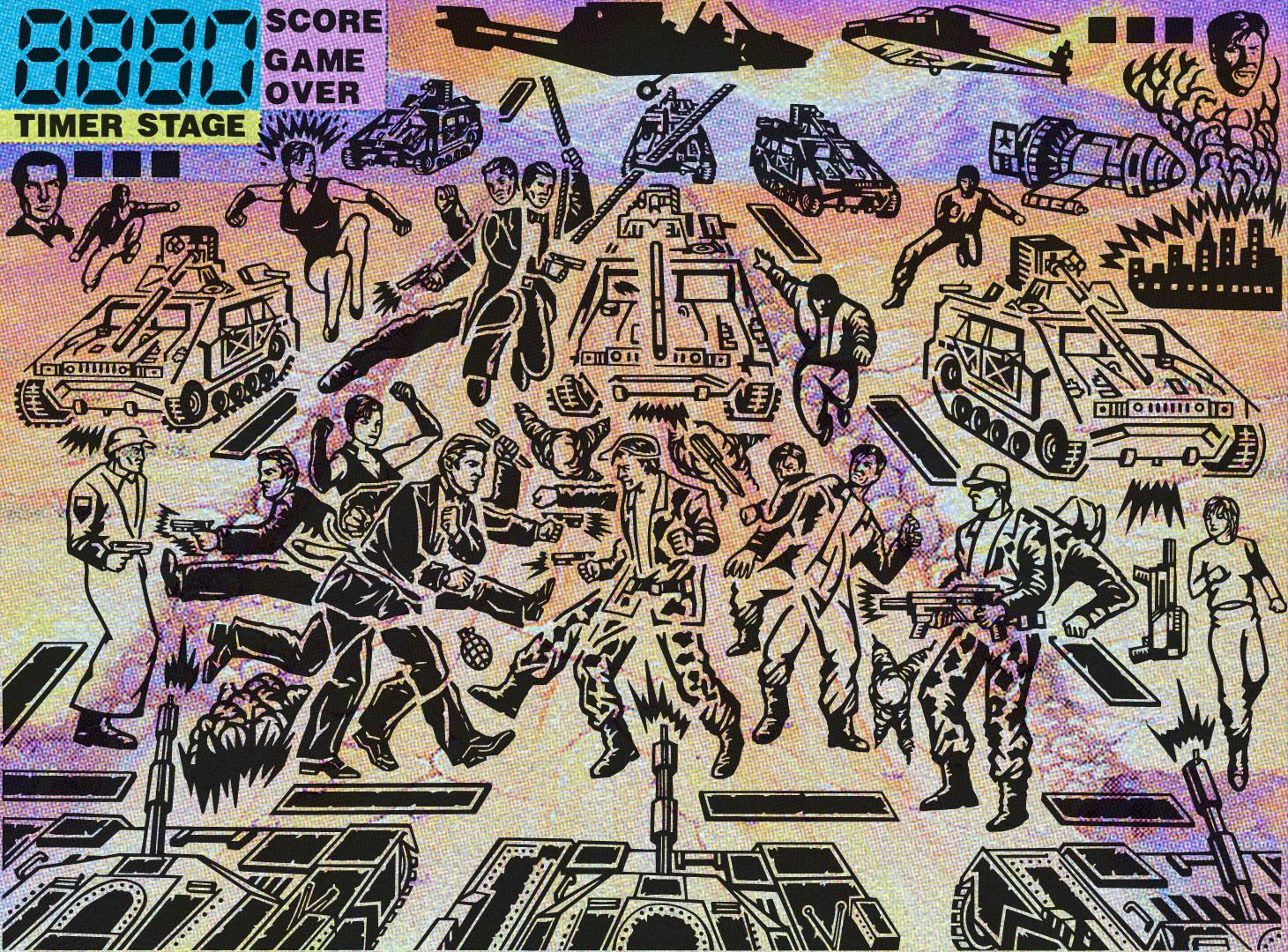
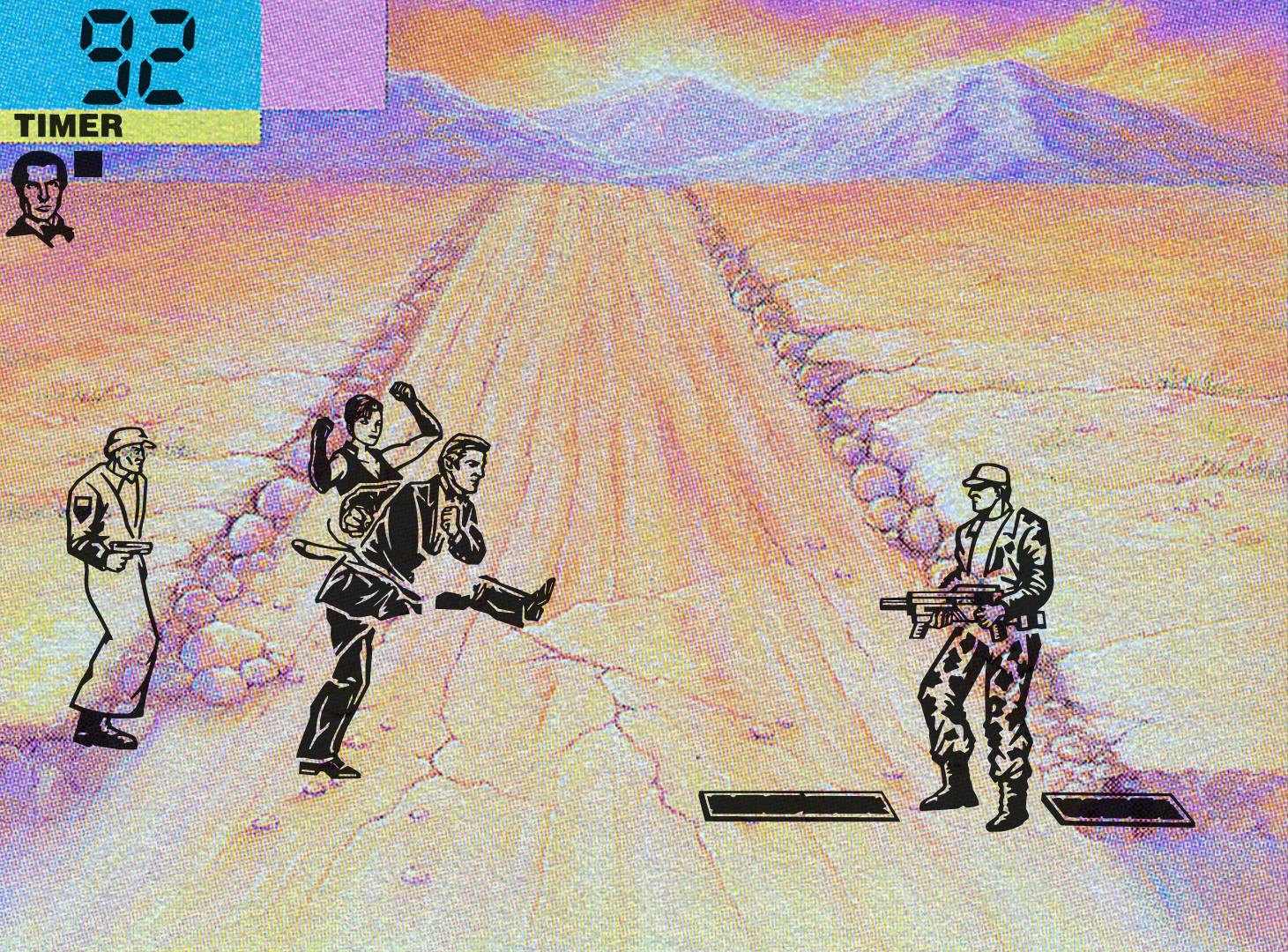
Street Fighter 2010 – The Final Fight, Strider, Golden Axe, Skeleton Warriors – The Dark Crusade
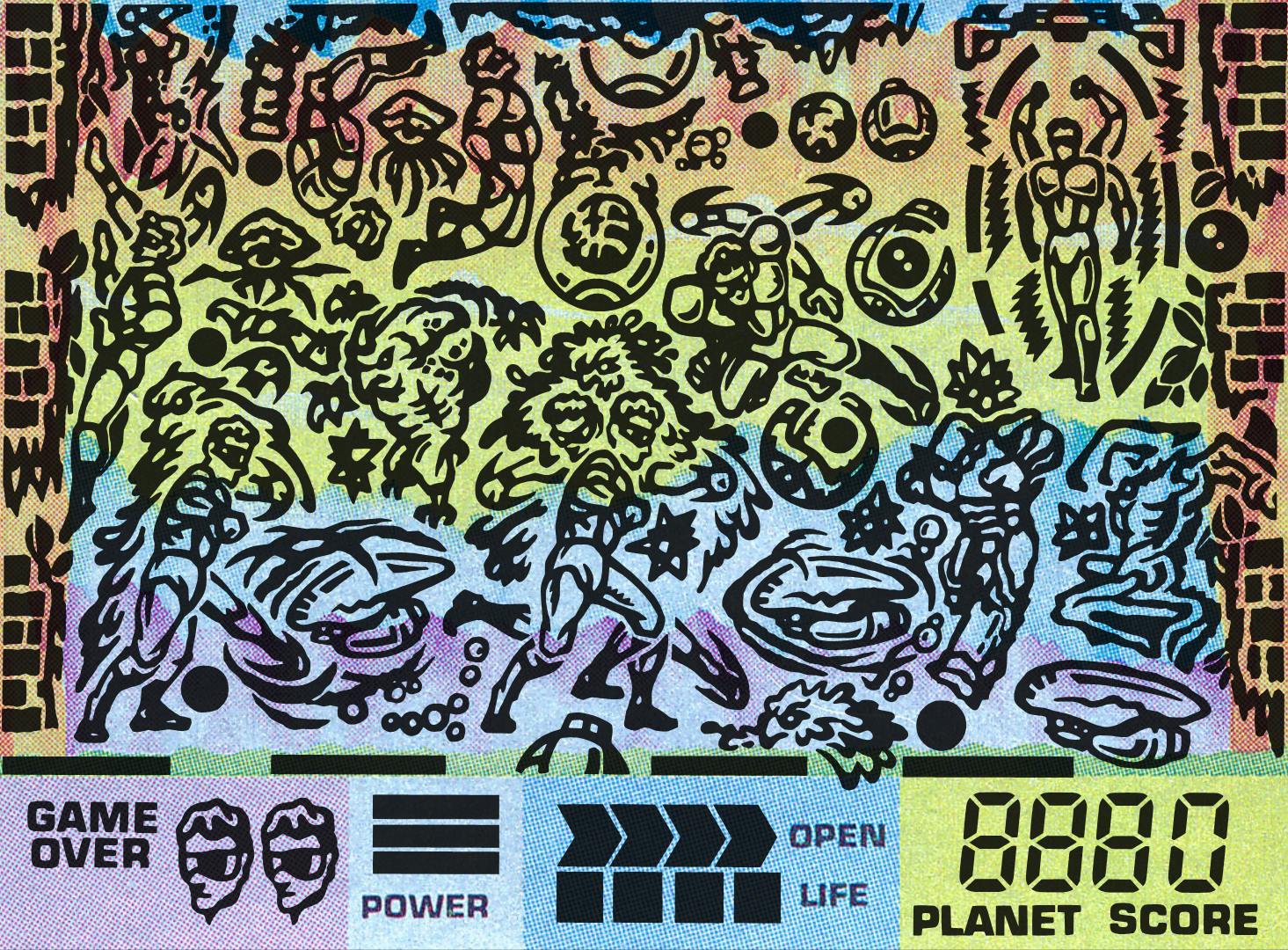

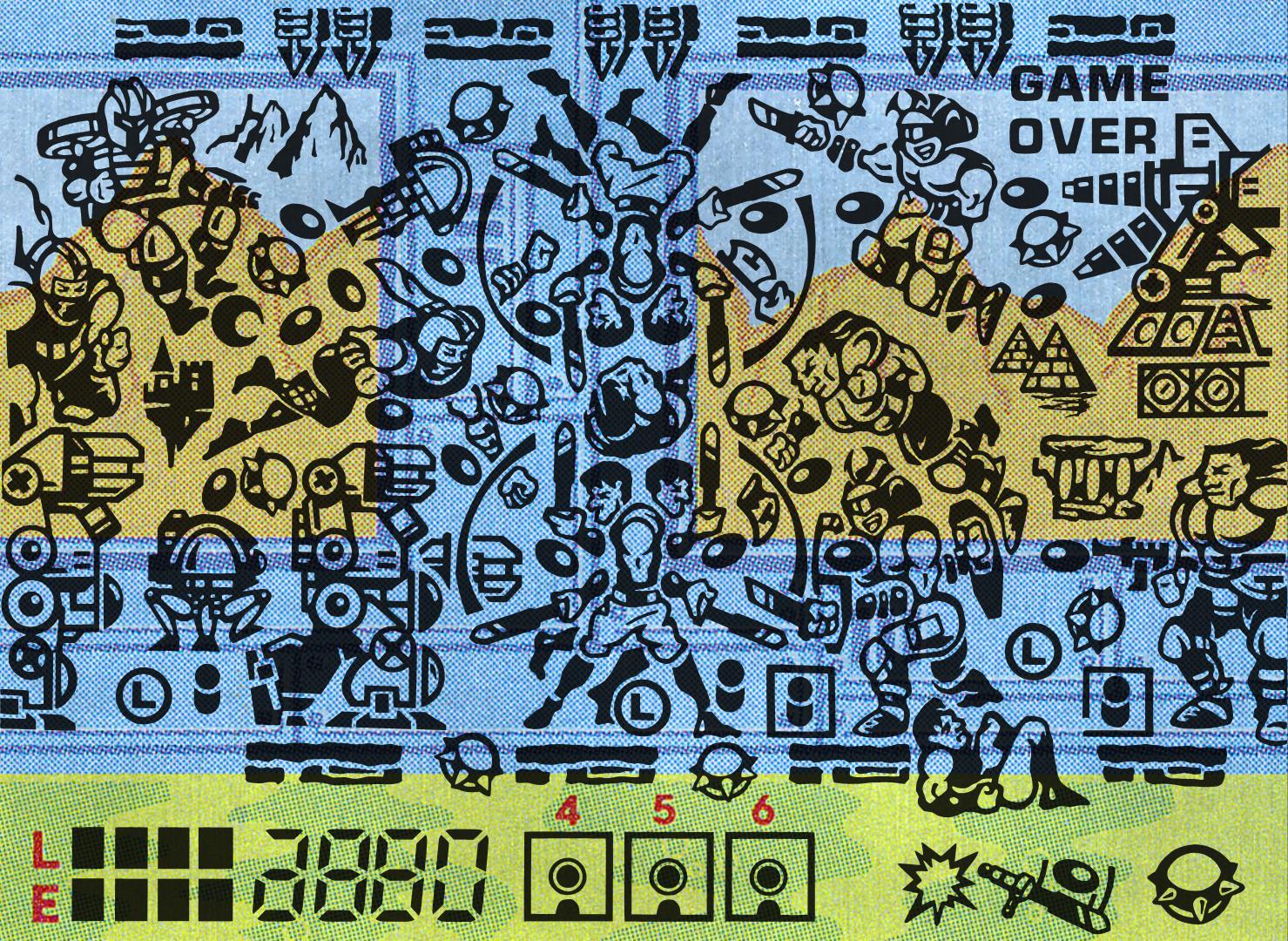

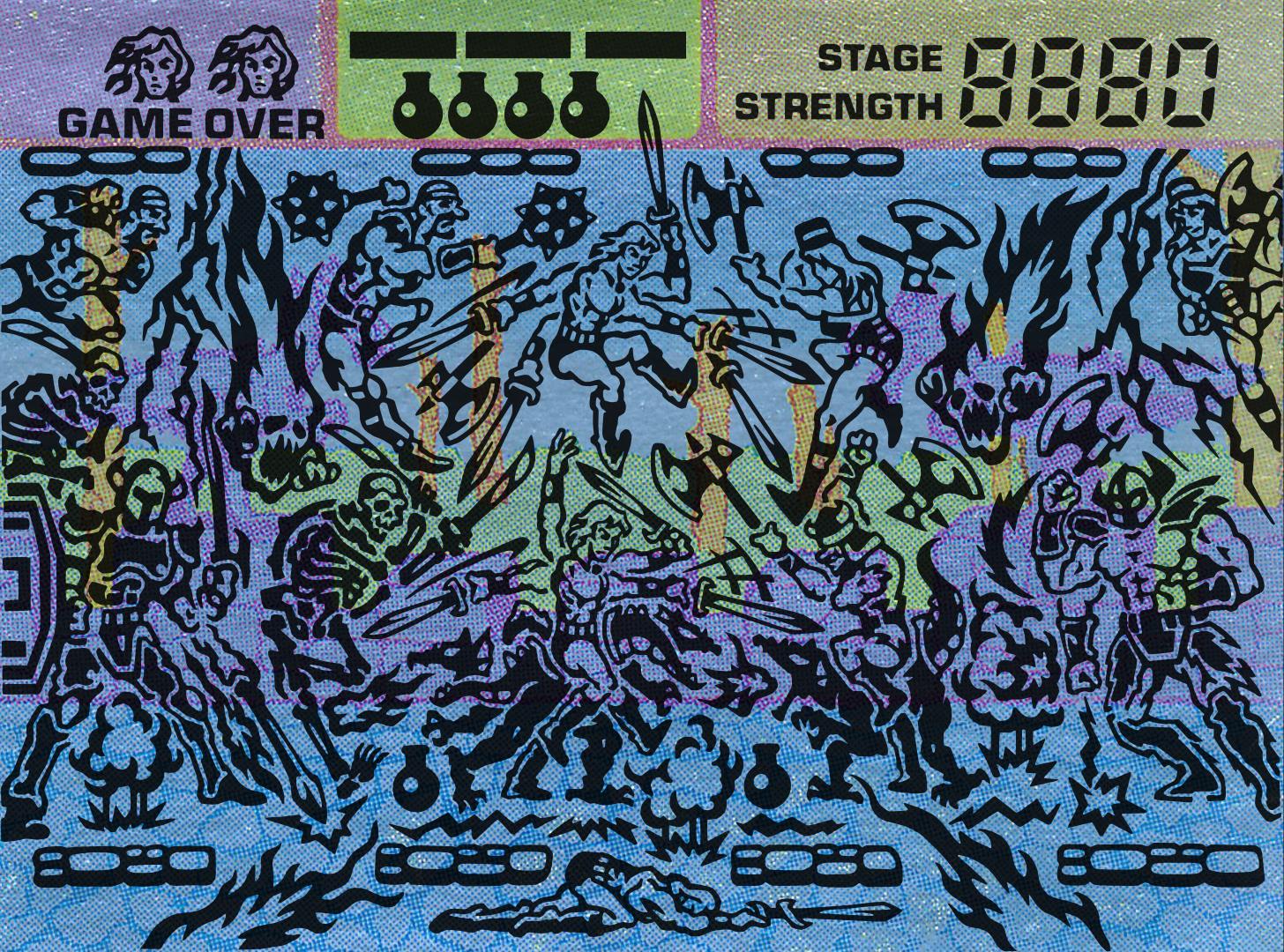
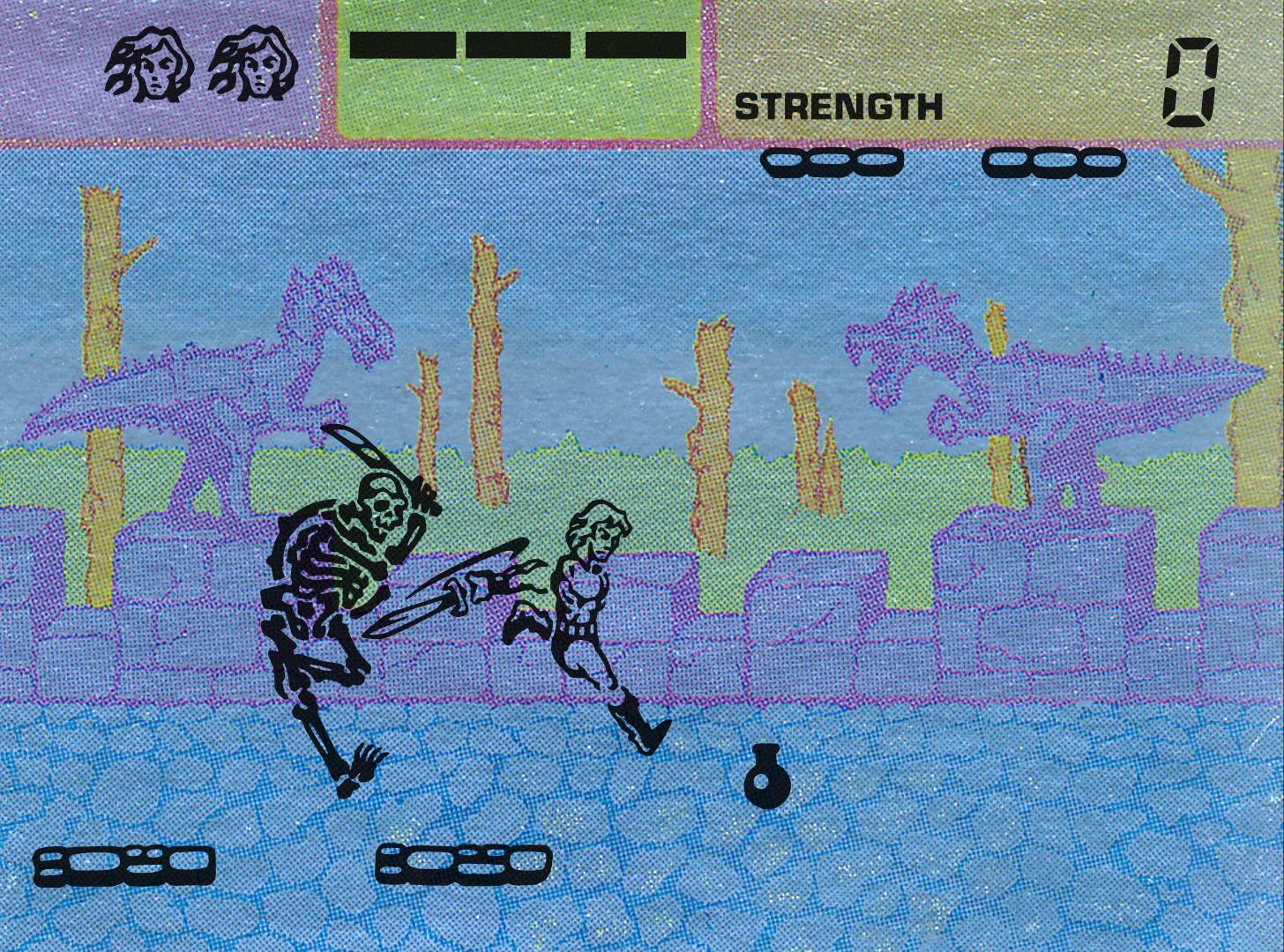
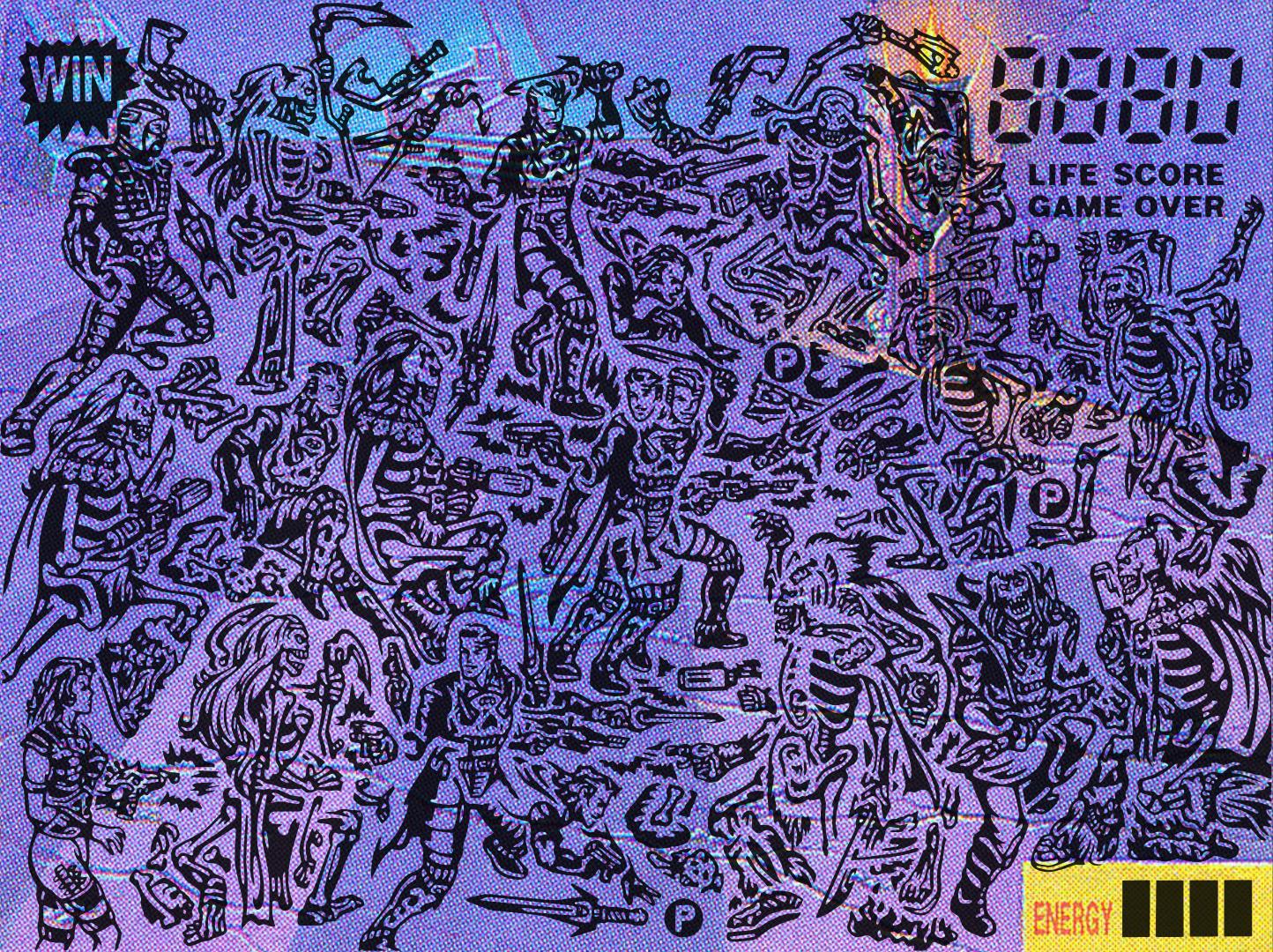
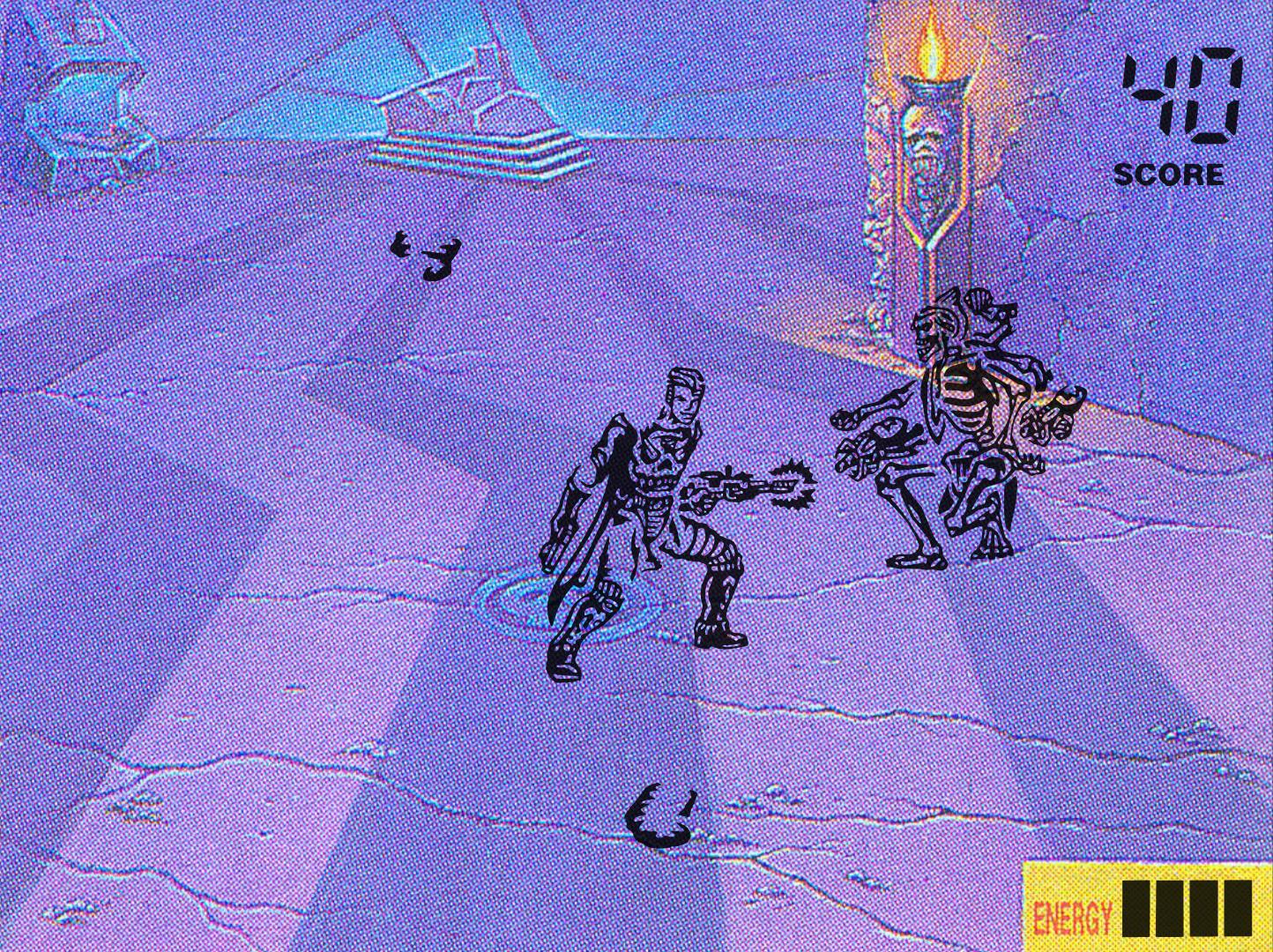
Super Double Dragon, The Incredible Crash Dummies, Vindicators, X-Men Project X
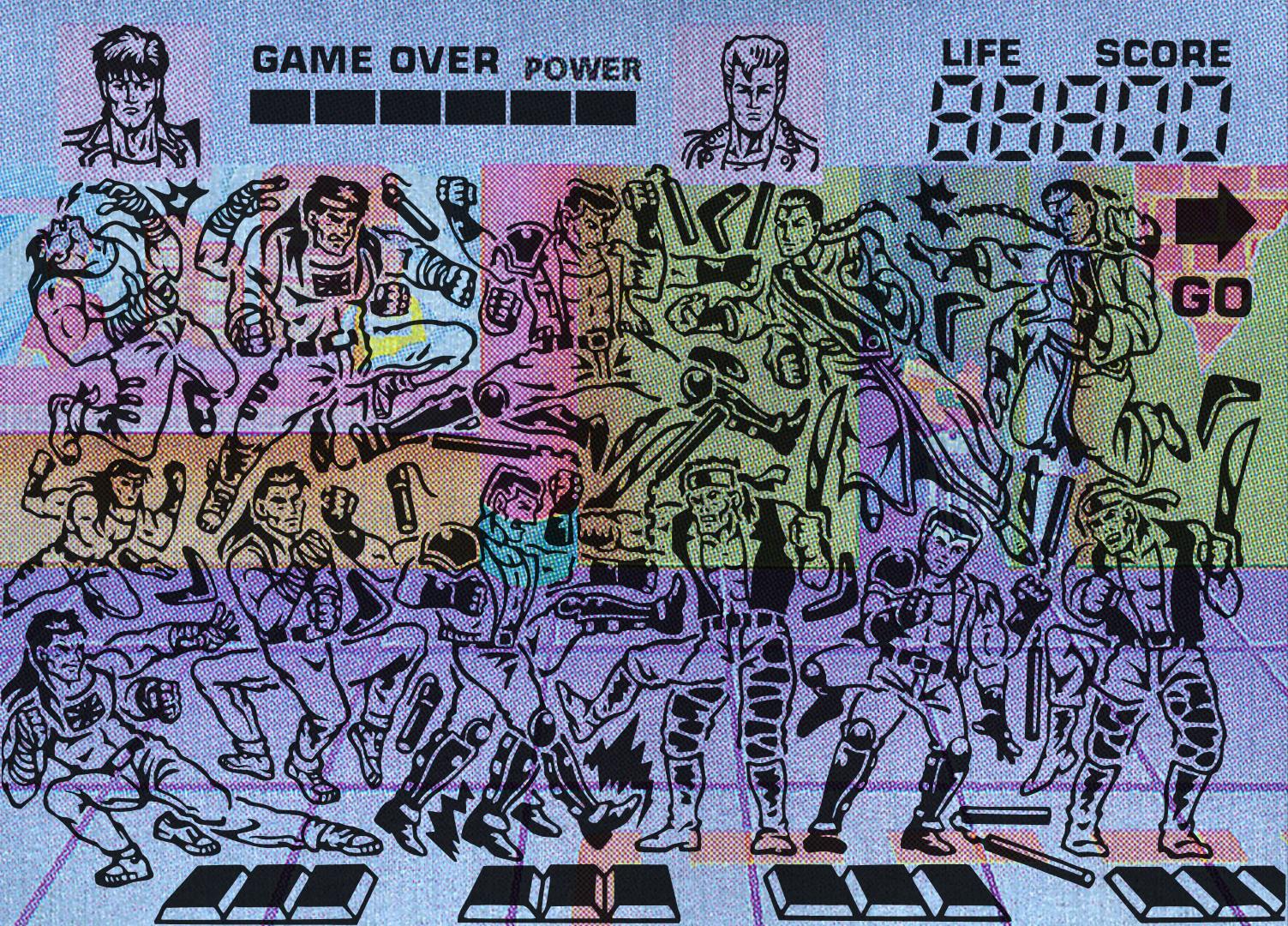
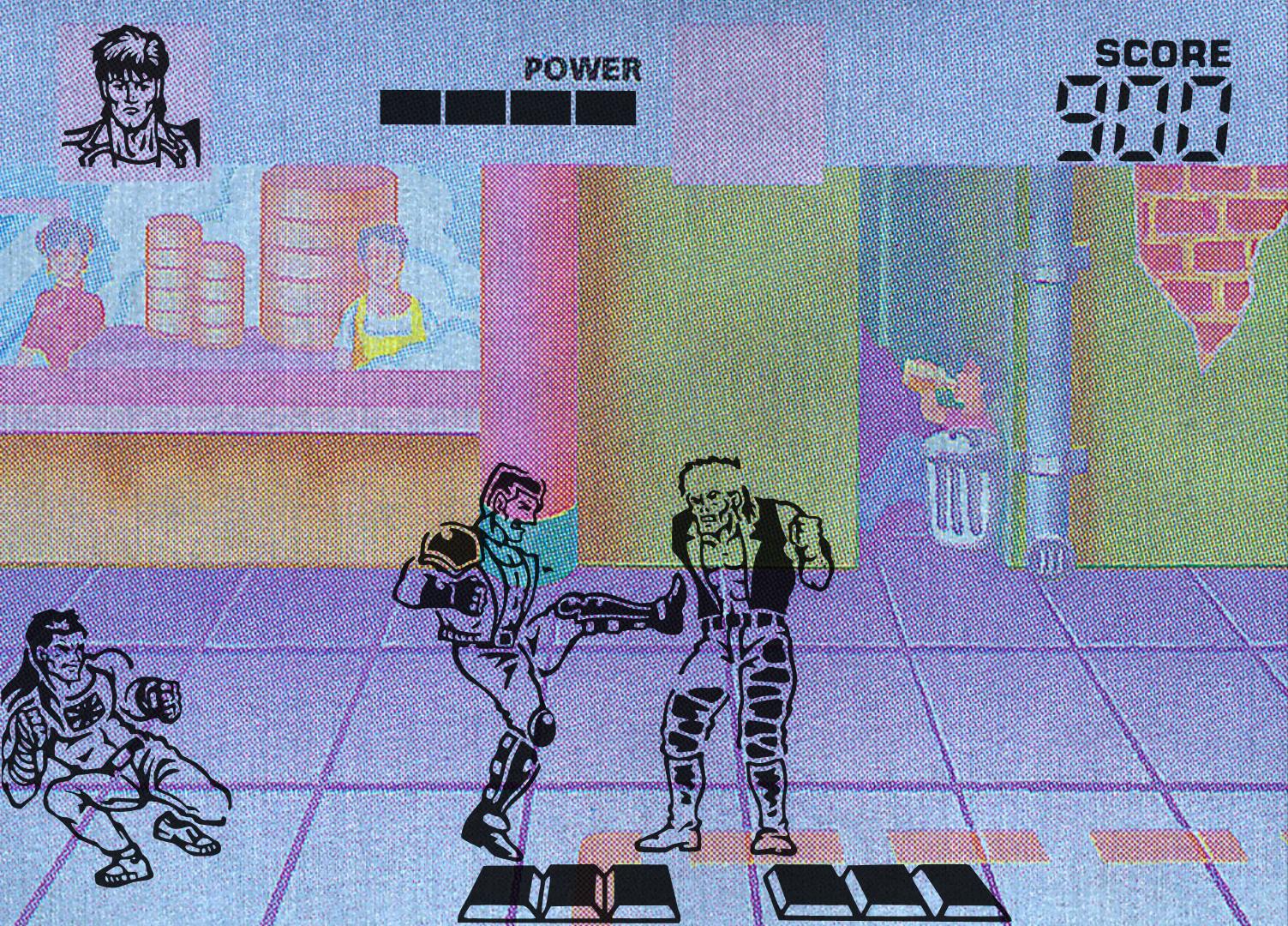
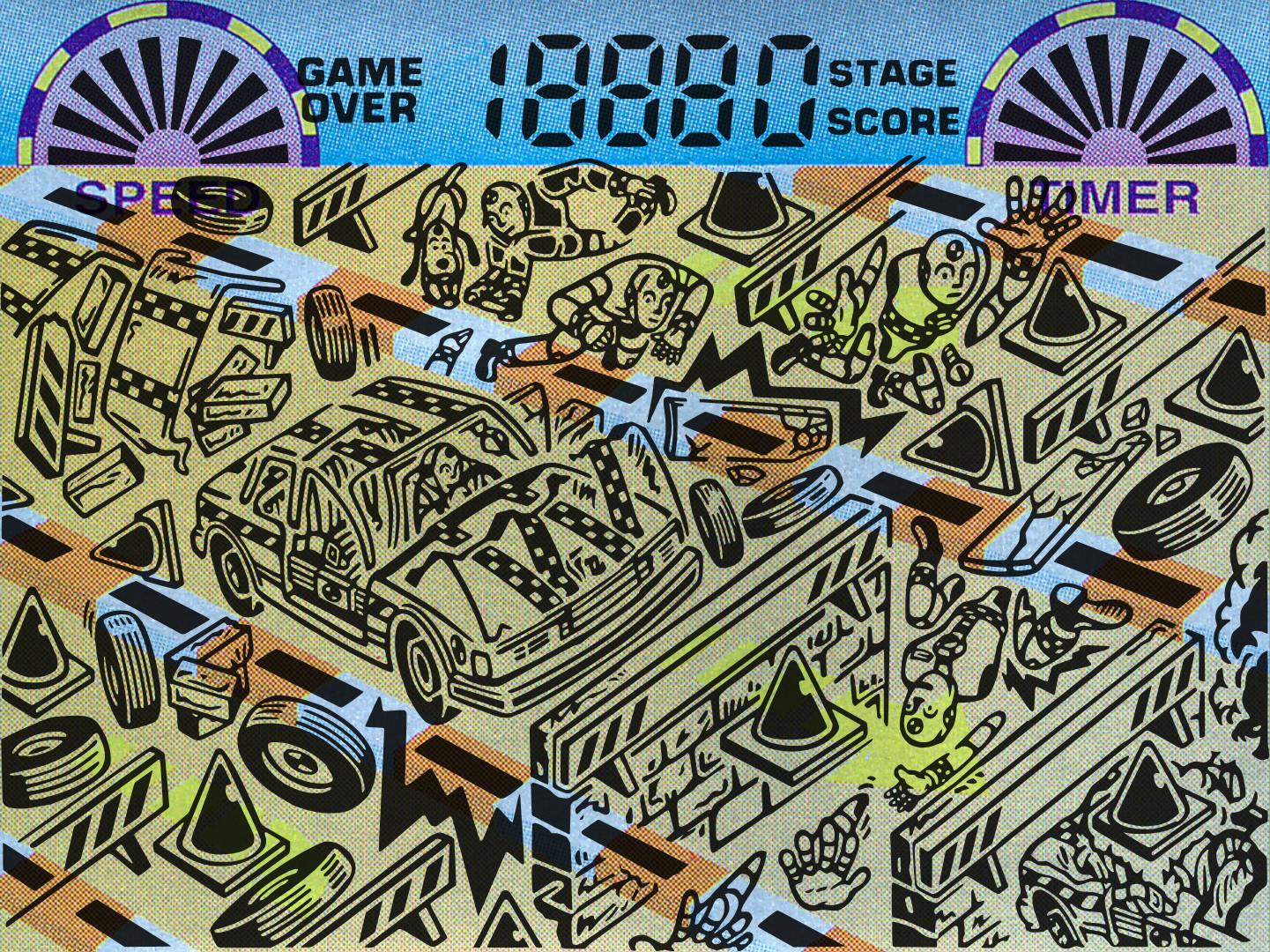
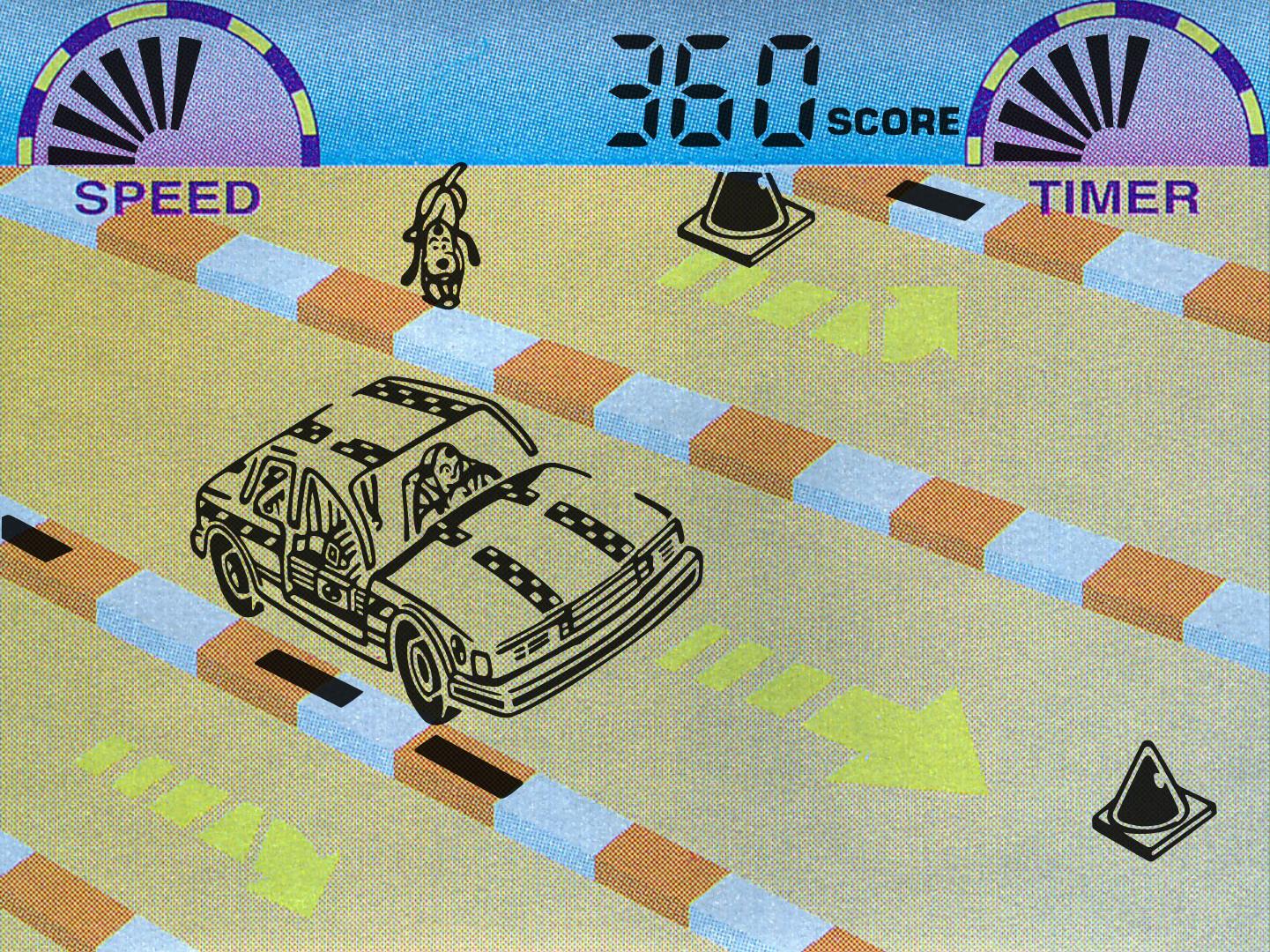
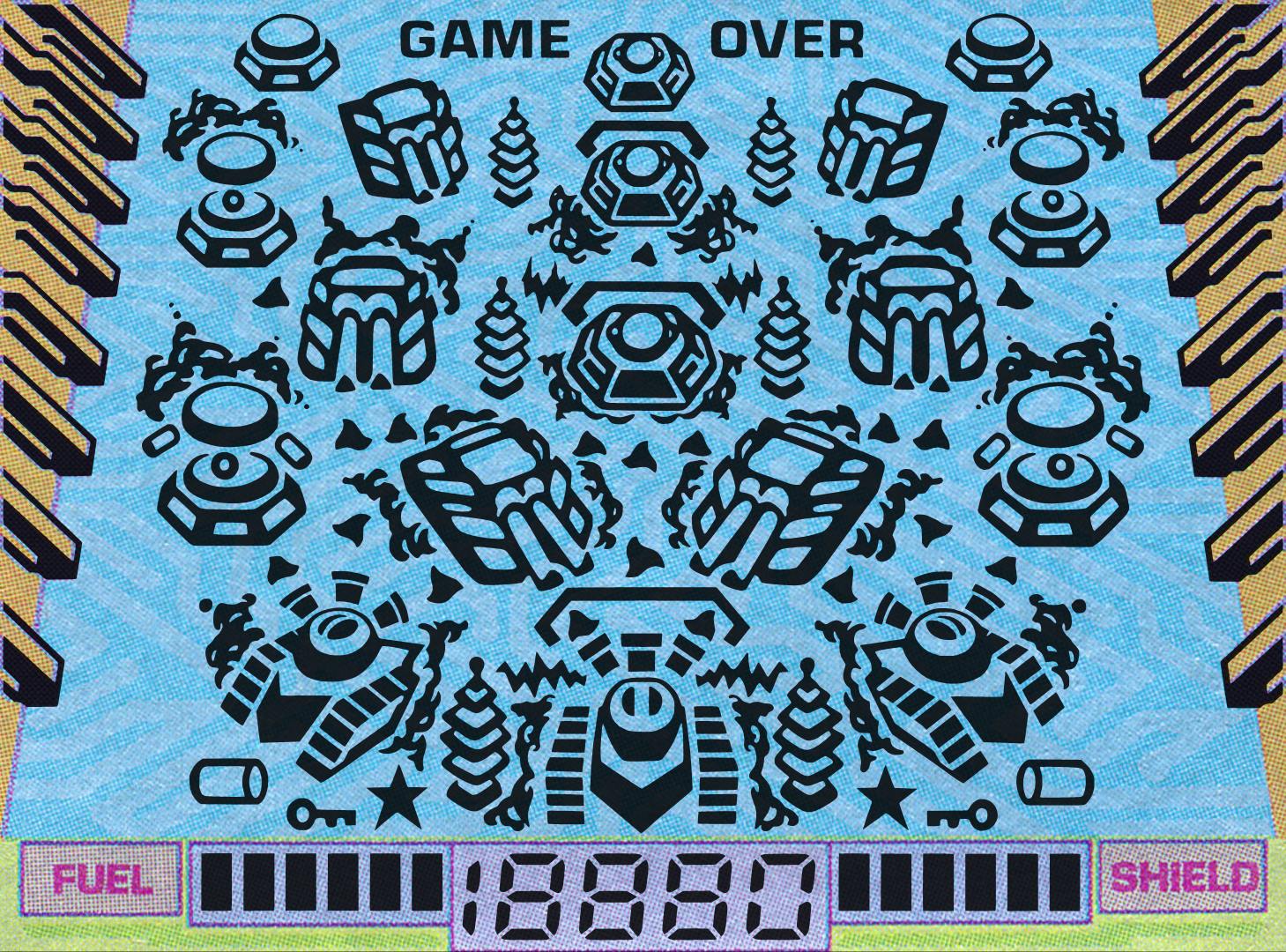
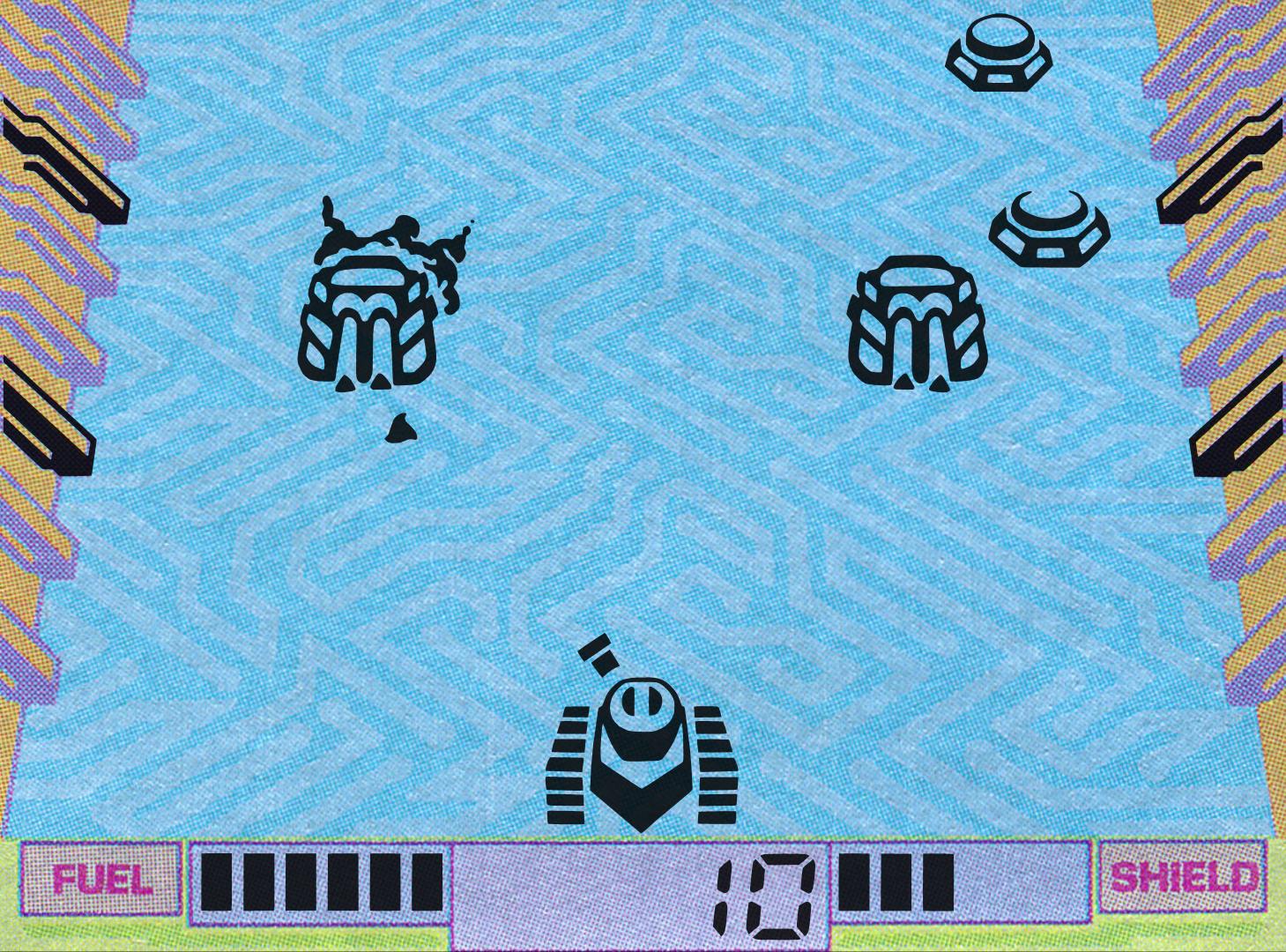

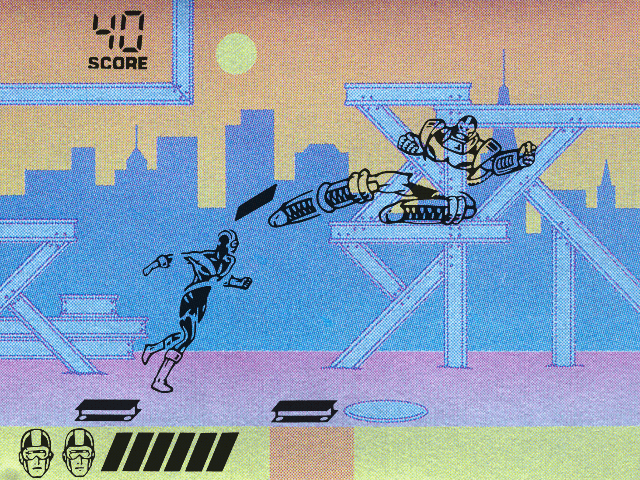
Sonic The Hedgehog 2, The Flash, Spiderman, Jurassic Park
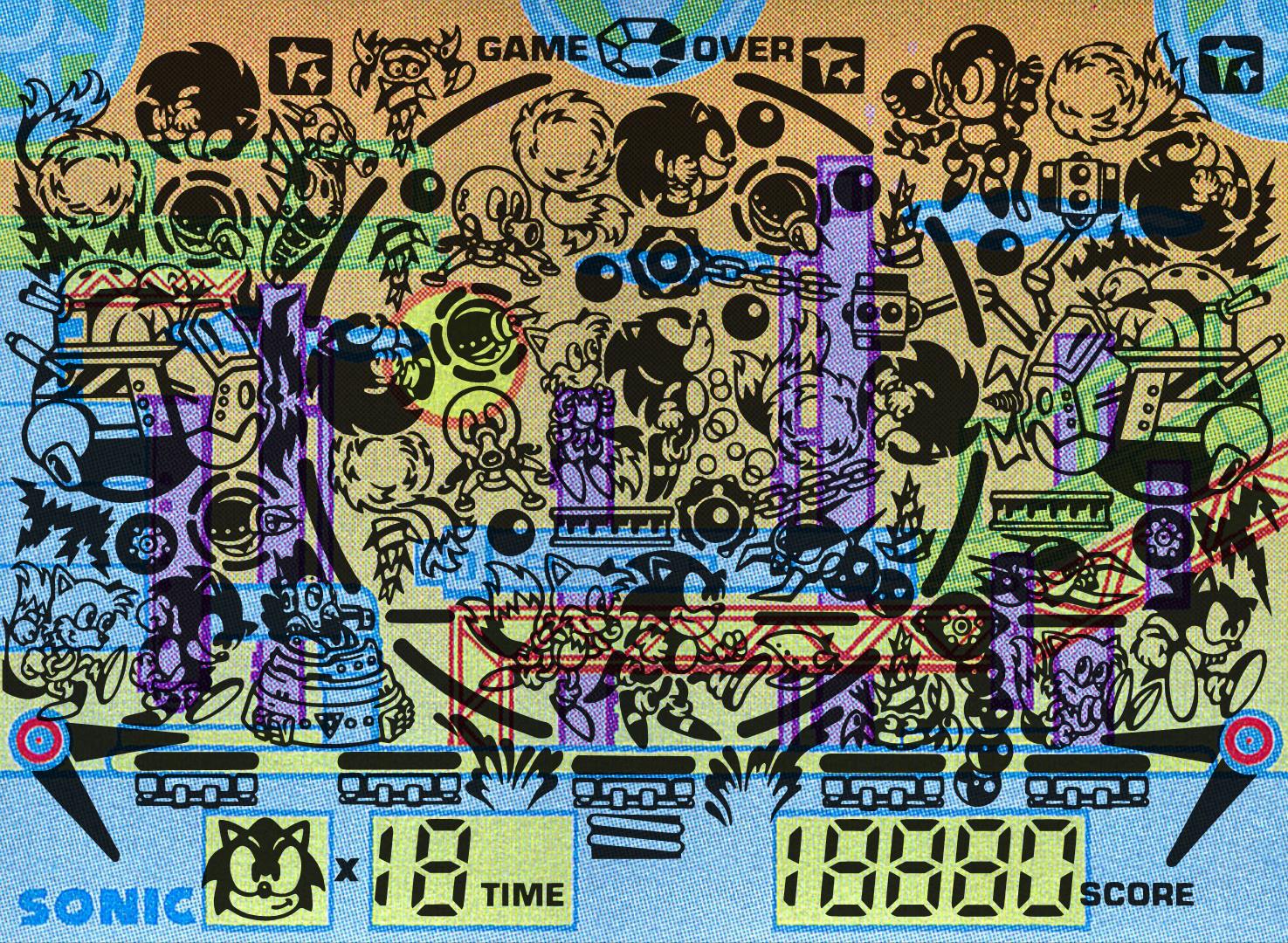

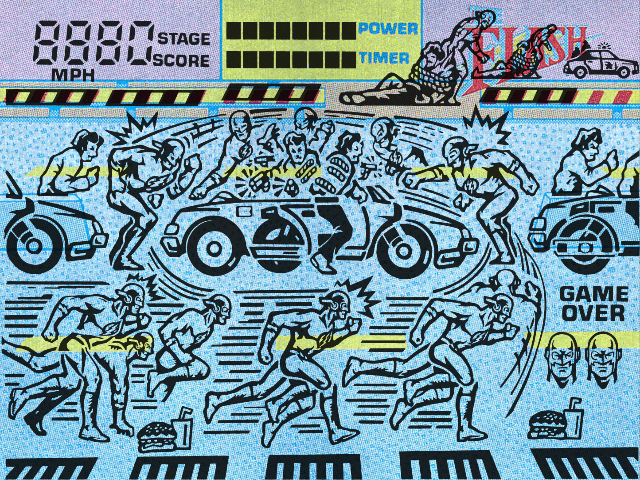
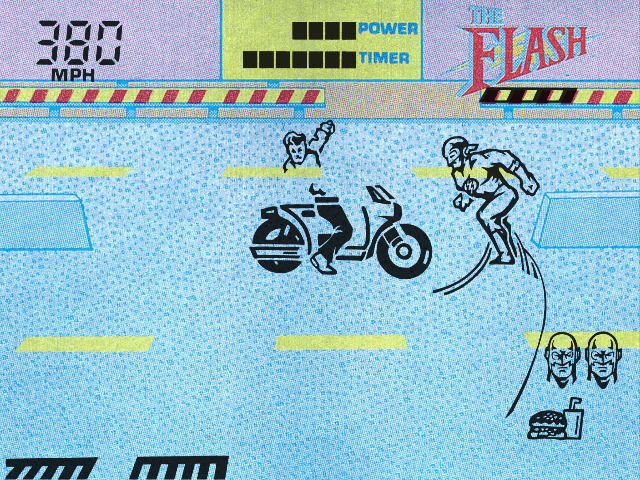
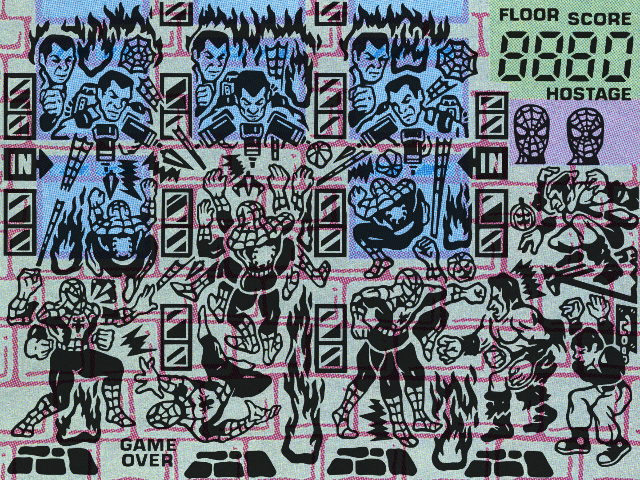

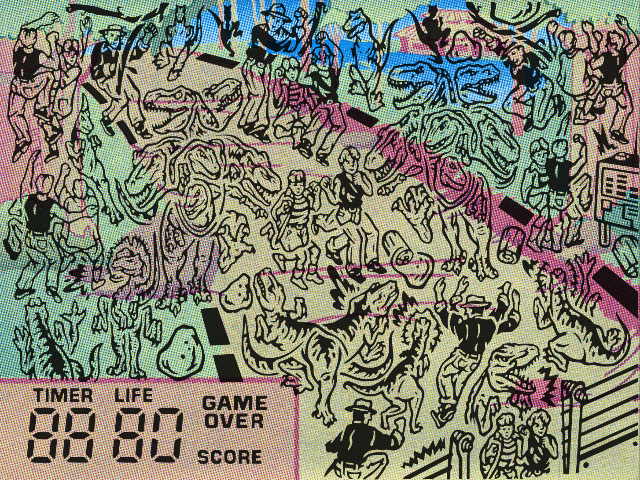
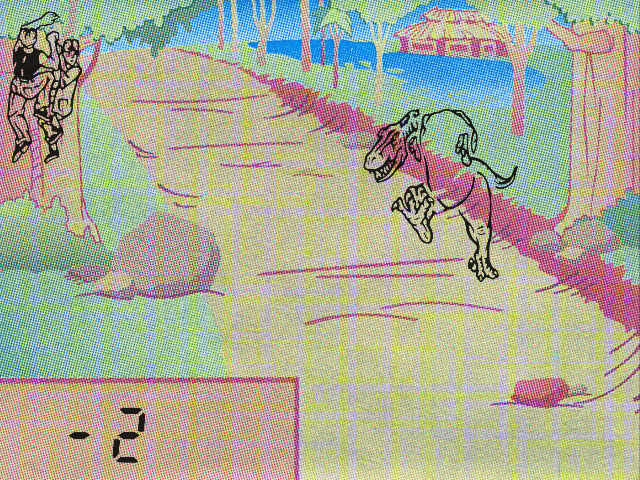
Nintendo Handhelds
While the Tiger handhelds tended to have reputations as unfathomable cash-ins that were trying to be far more complex than they needed to be, Nintendo’s LCD games had a reputation for being simple but well executed concepts, and still hold their playability today, hence still being valuable, especially in good condition. A good number of those were processed in 2018 too, with Super Mario Bros. being one of the first of the new year to see enough progress made for the game to be playable.
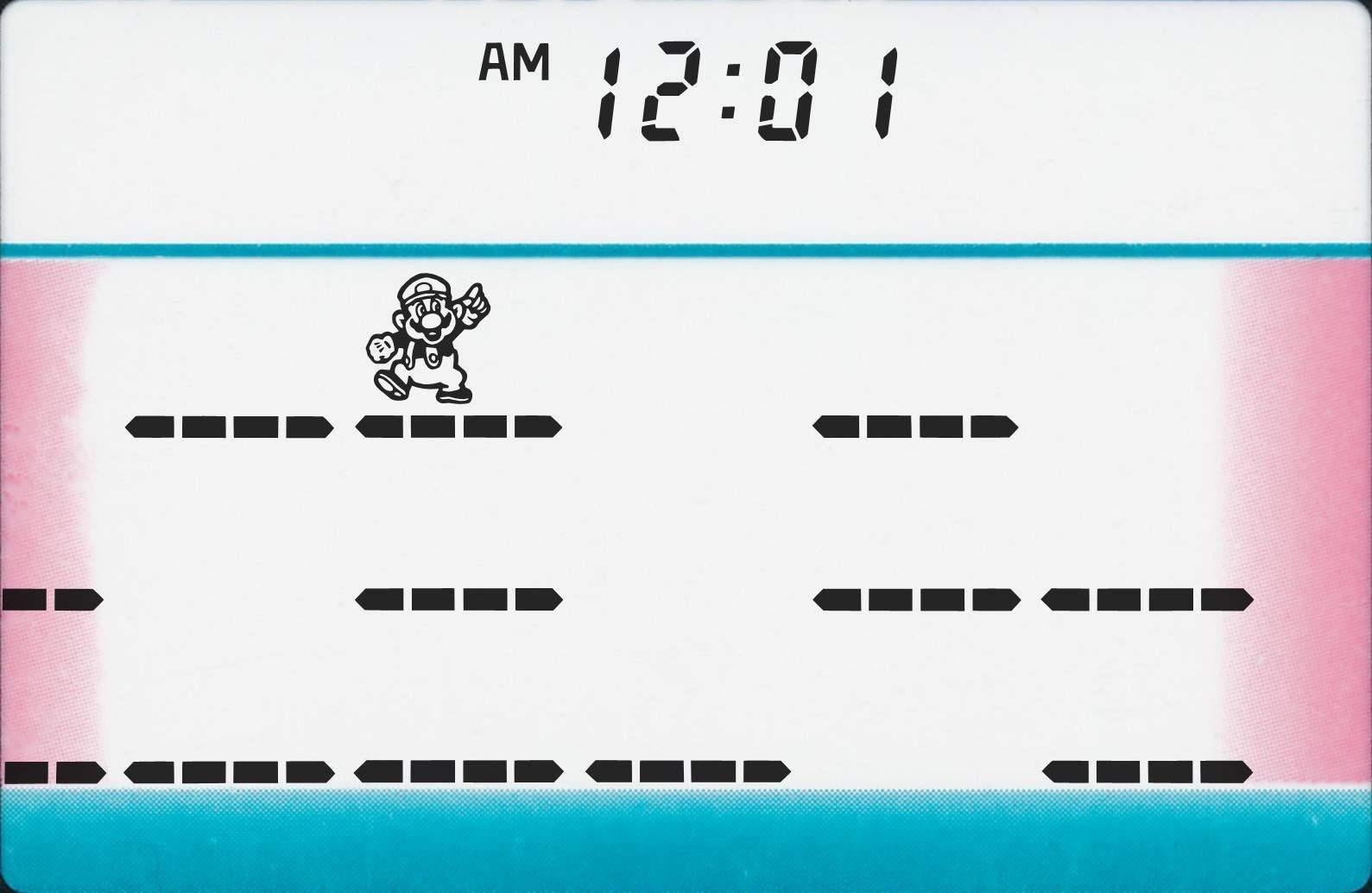
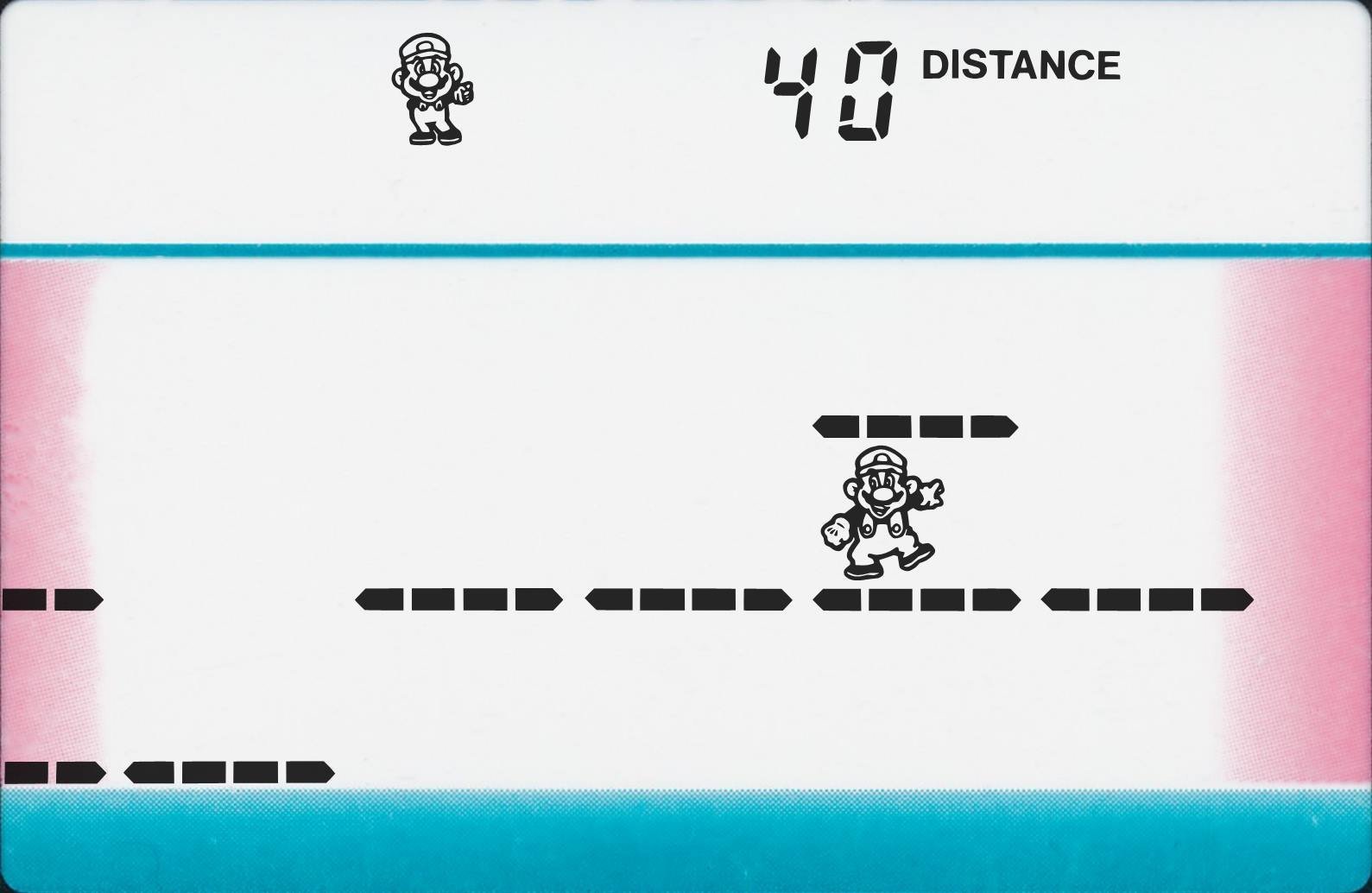
Climber was also promoted to working, it plays a bit like a simplified version of ‘Ice Climber’
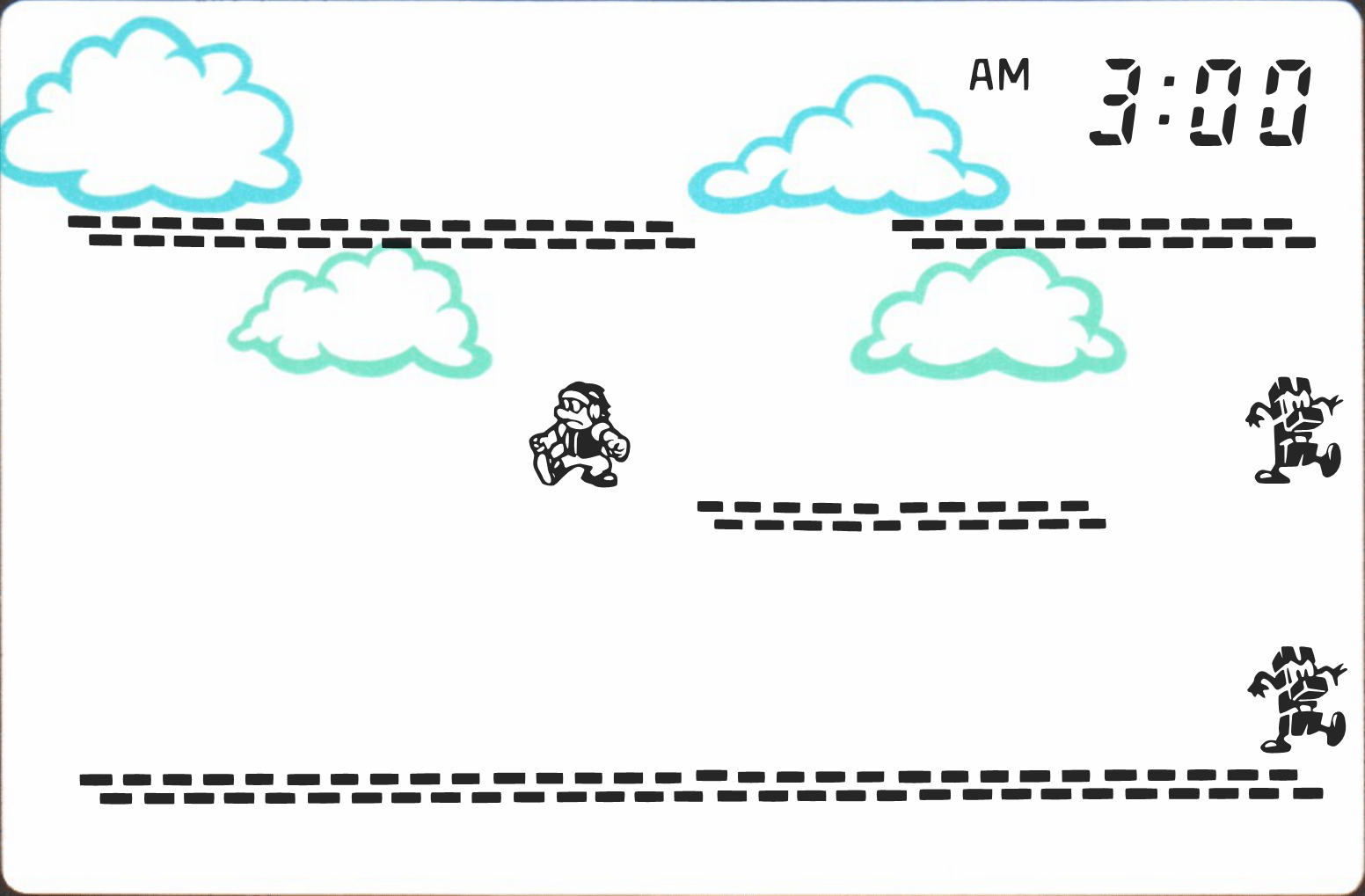
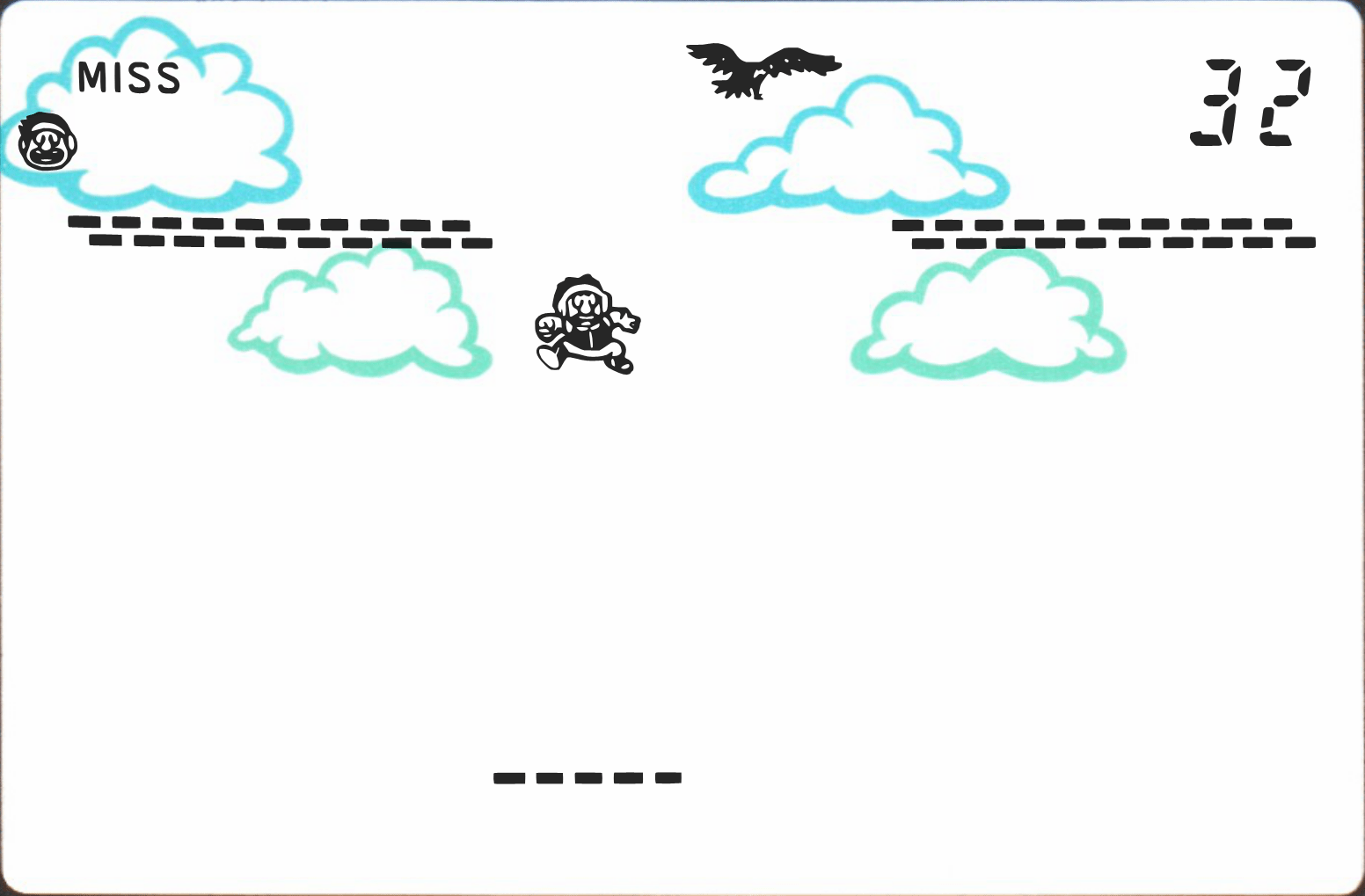
Tropical Fish uses juggle based mechanics to guide fish across the screen.
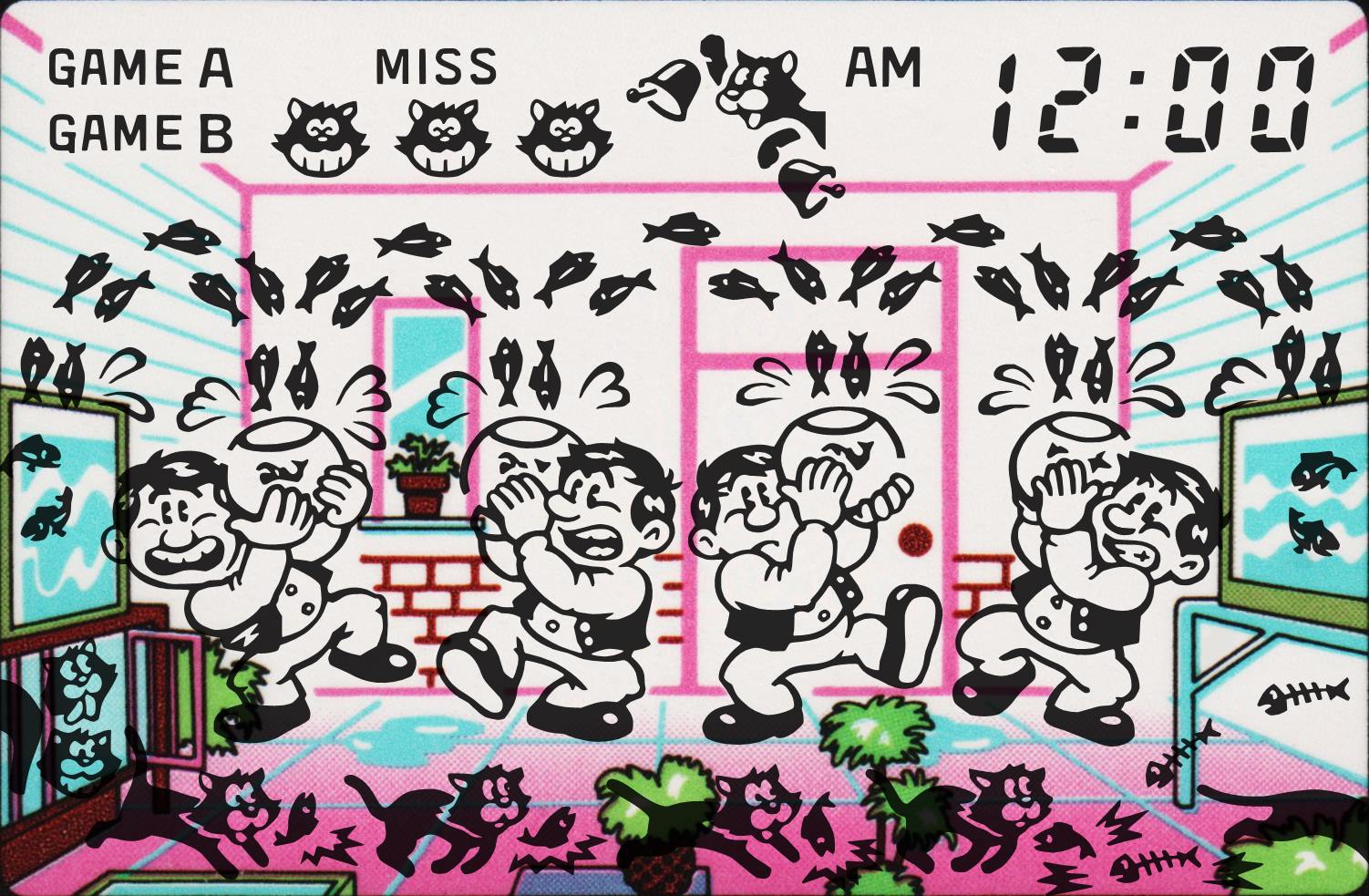
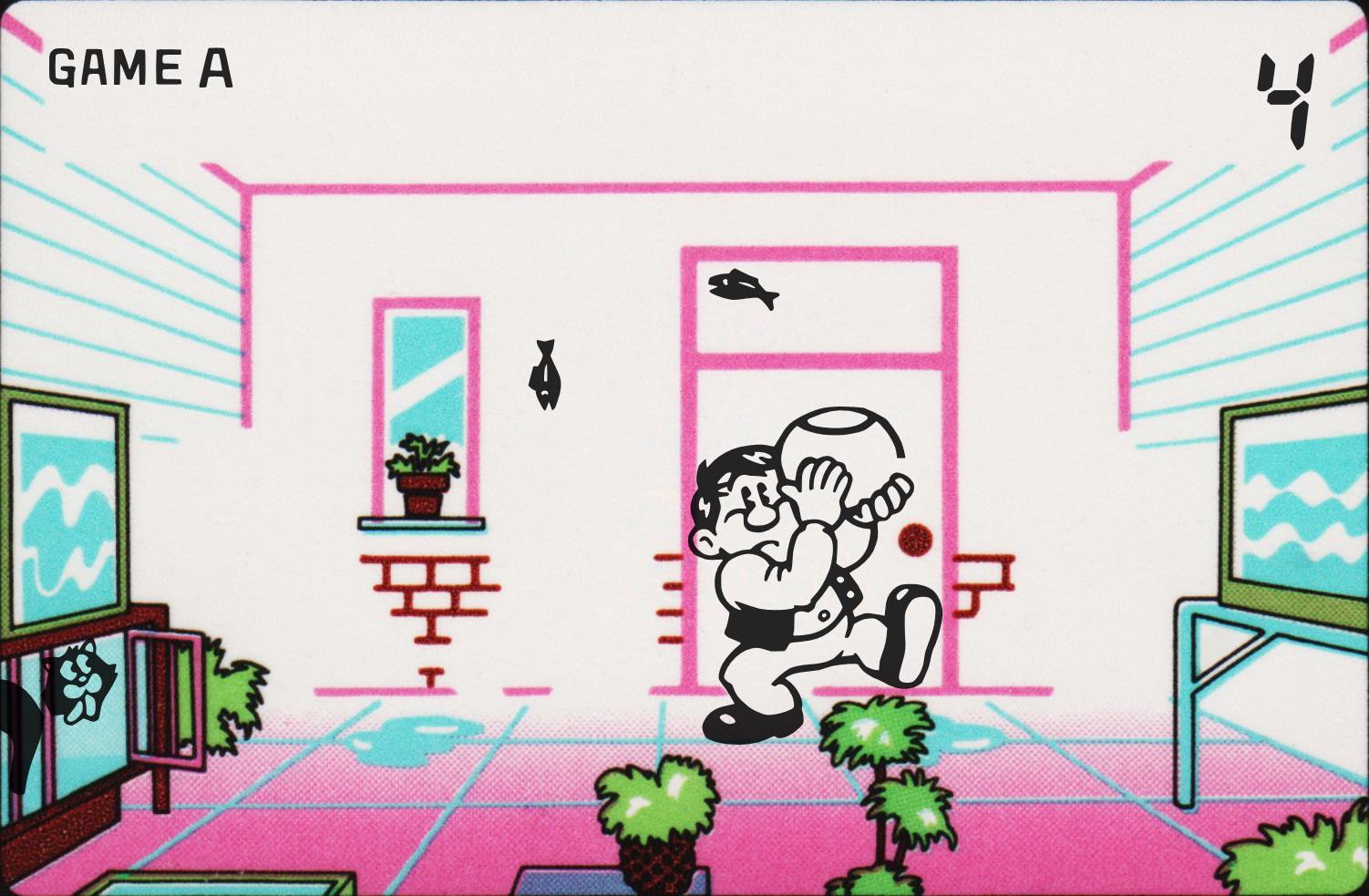
Some of the Dual Screen Game & Watch games were emulated too, Squish is especially interesting because it hasn’t been ported to anything, or remade since the original release back in the 80s. I wonder if nobody quite understood the ‘random’ maze generation well enough to be confident in remaking it?
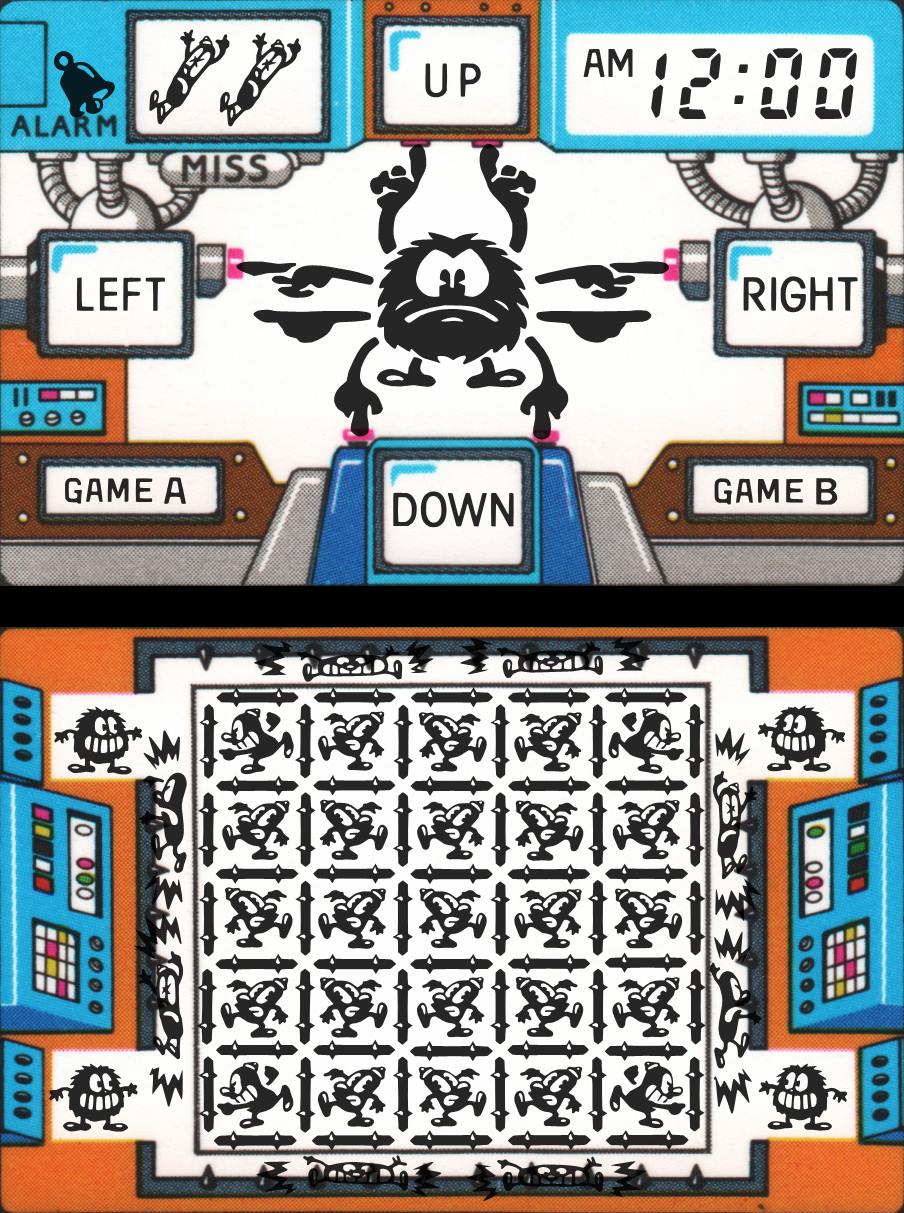
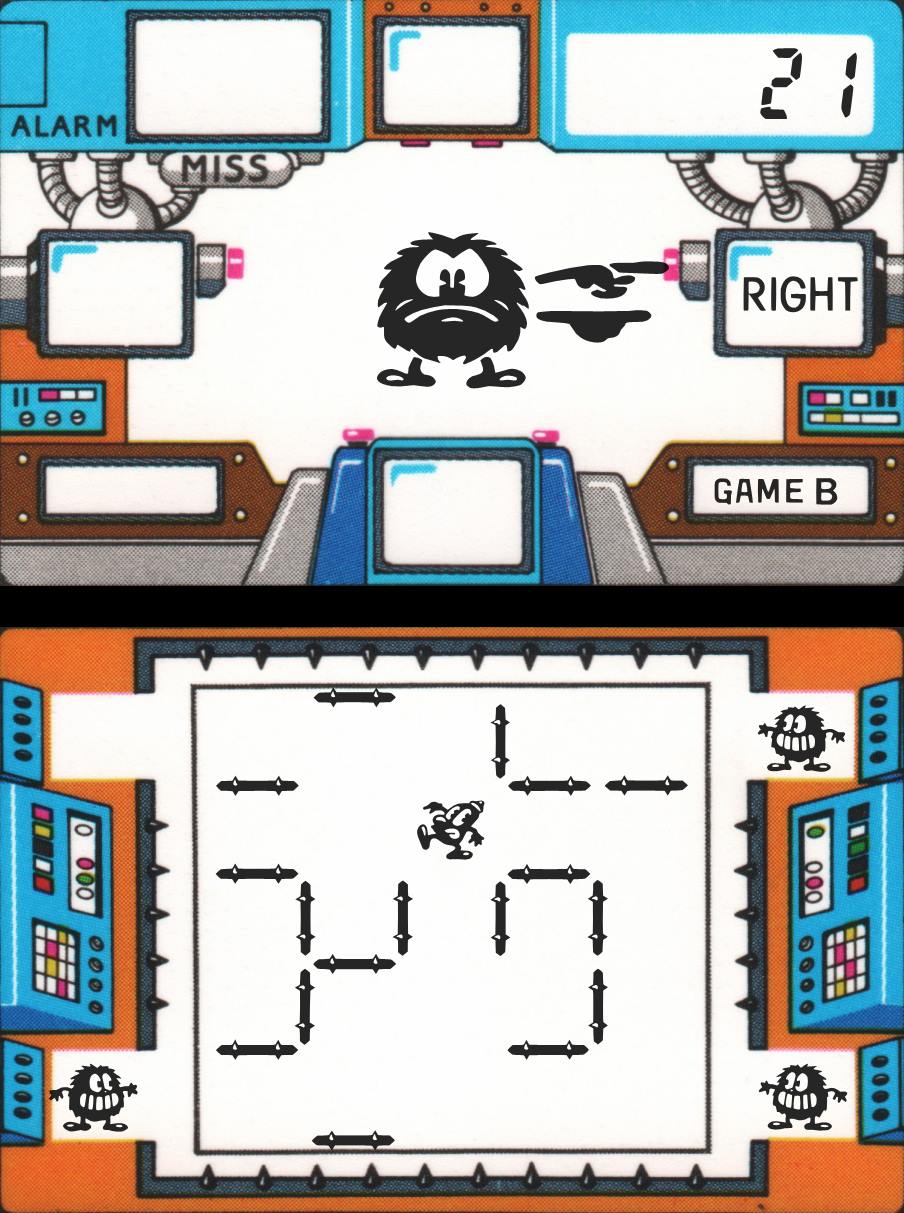
Oil Panic is one of the better known Game & Watch ones, offering simple ‘catch and tip’ style gameplay.

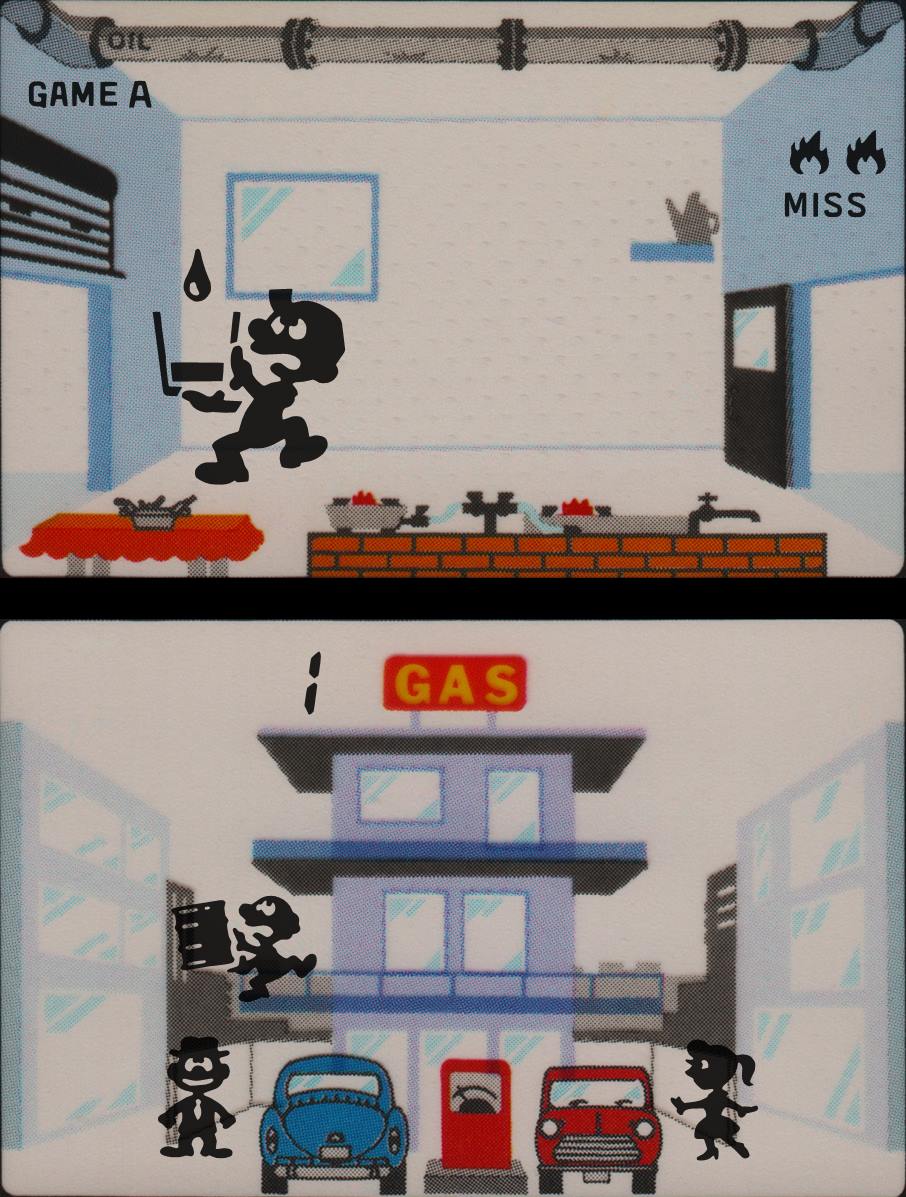
Donkey Kong is of course Donkey Kong, everybody knows it, and it was one of the most popular of the Game & Watch units, inspired by the first stage of the arcade game of the same name.
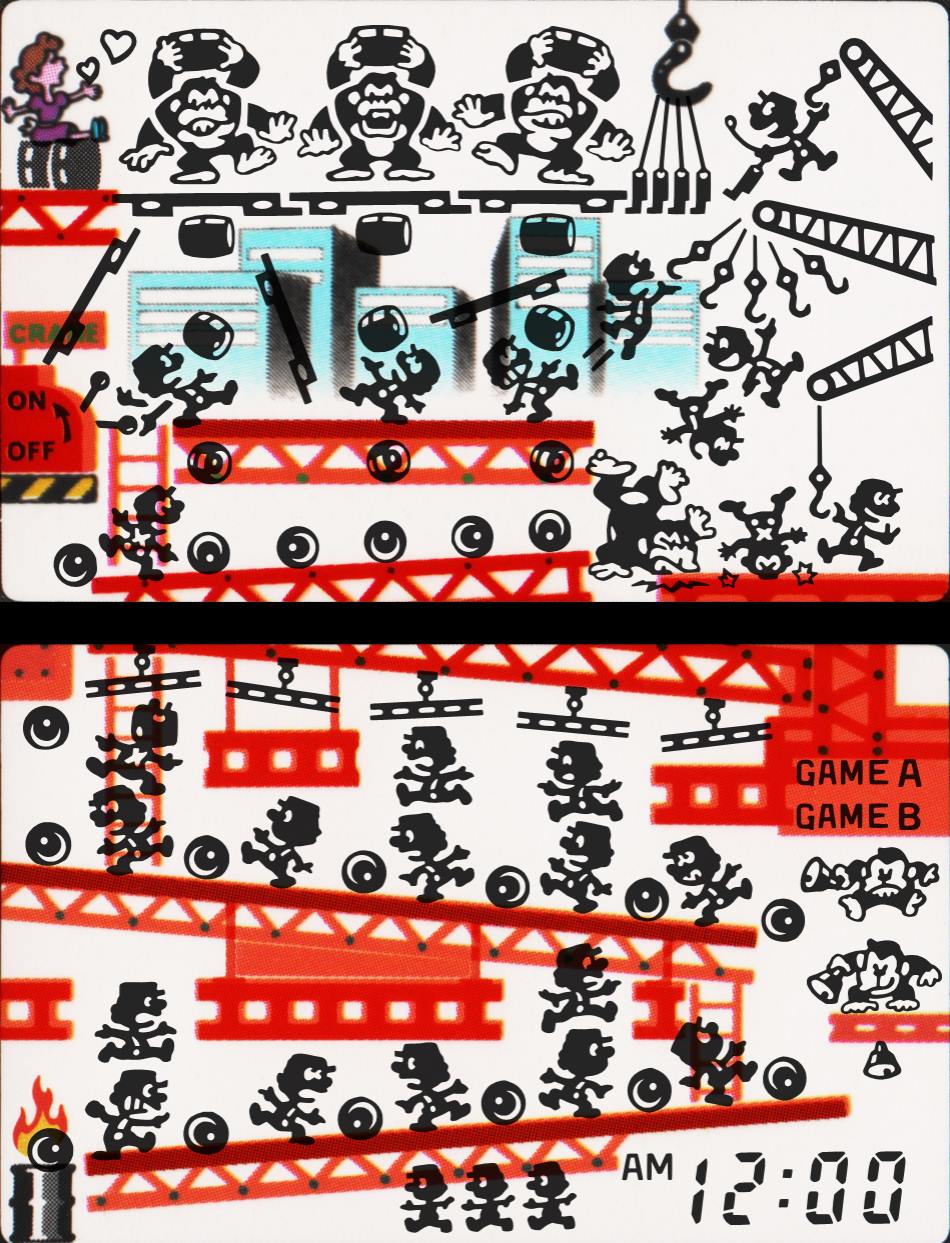
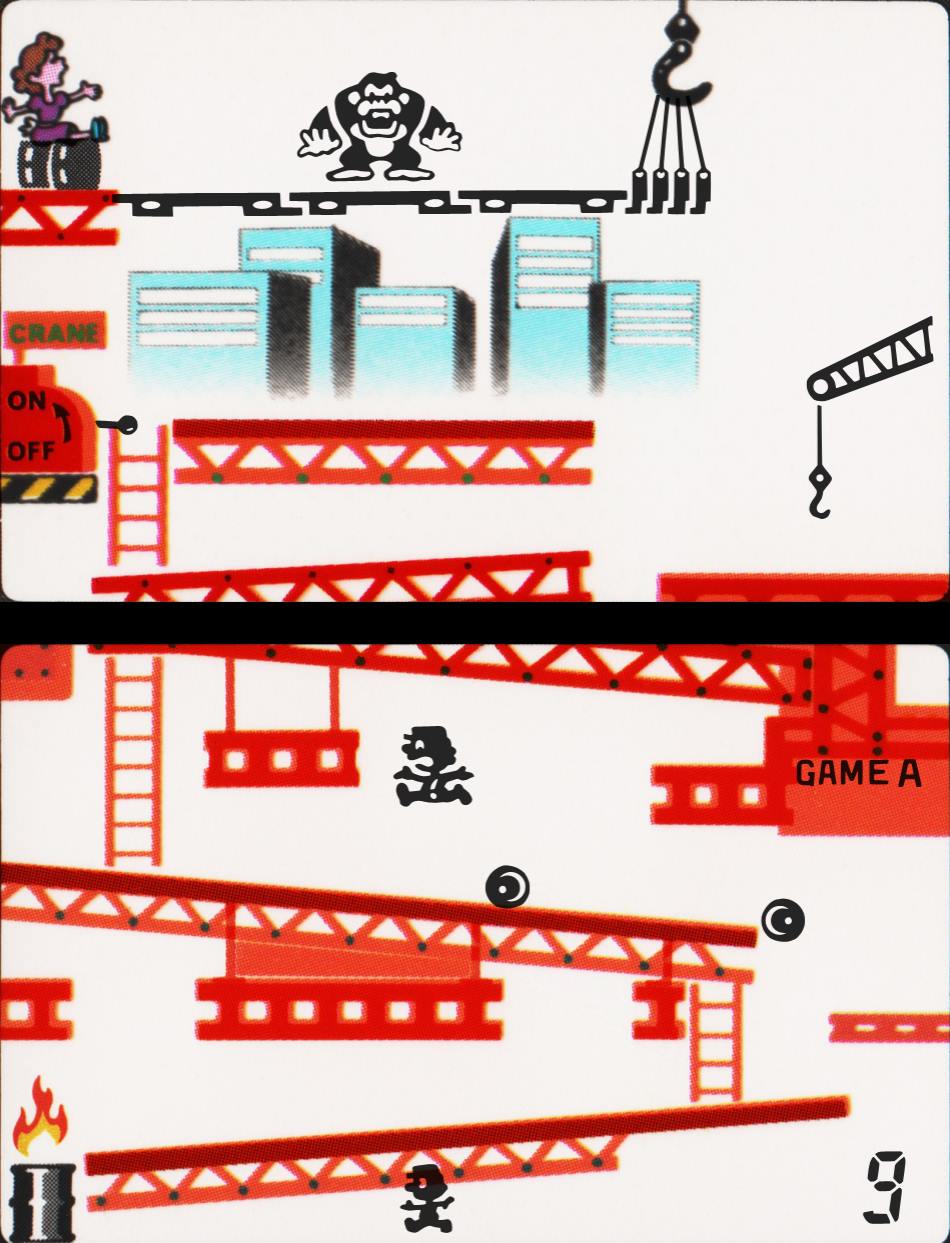
Green House reminds me a lot of Donkey Kong 3, with the whole bug exterminator thing going on.
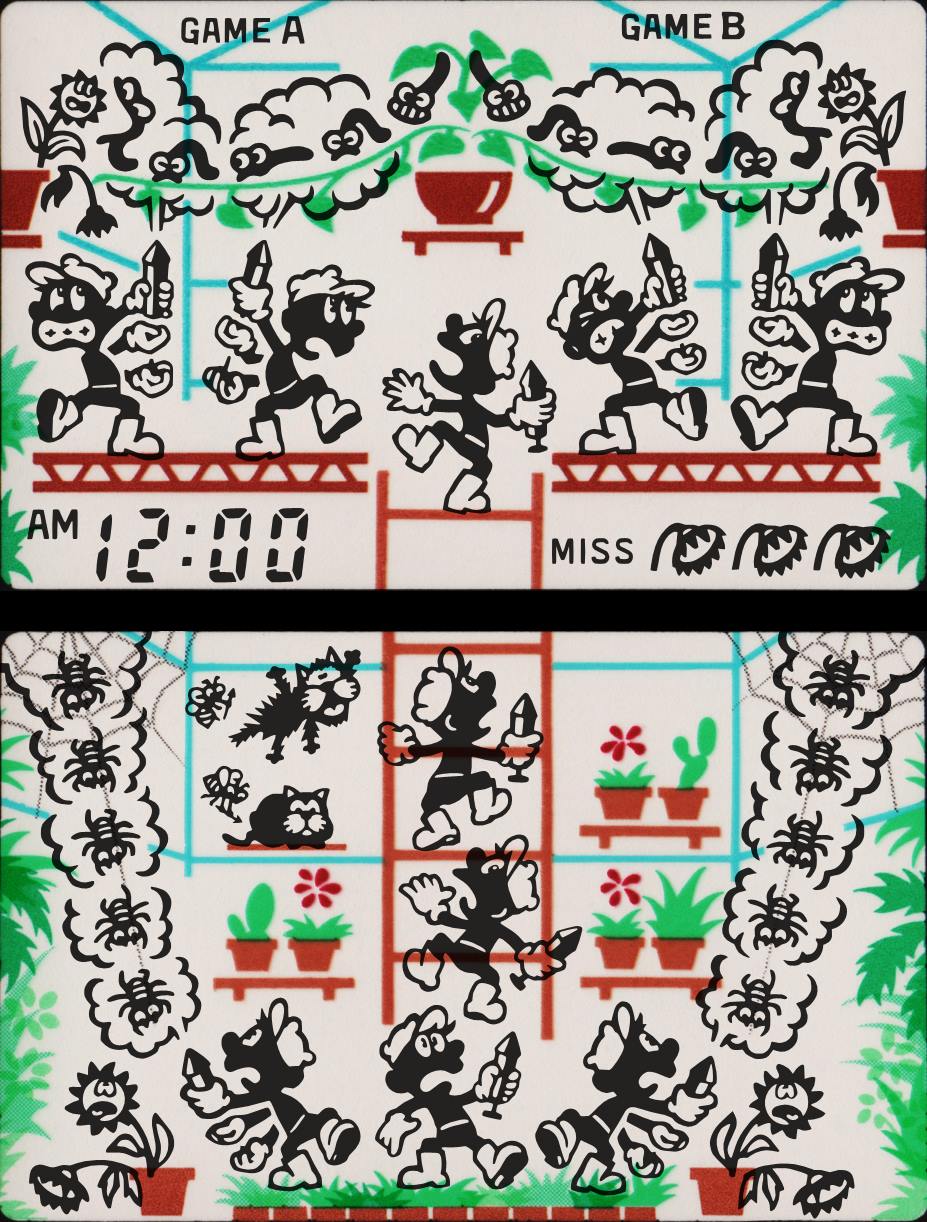
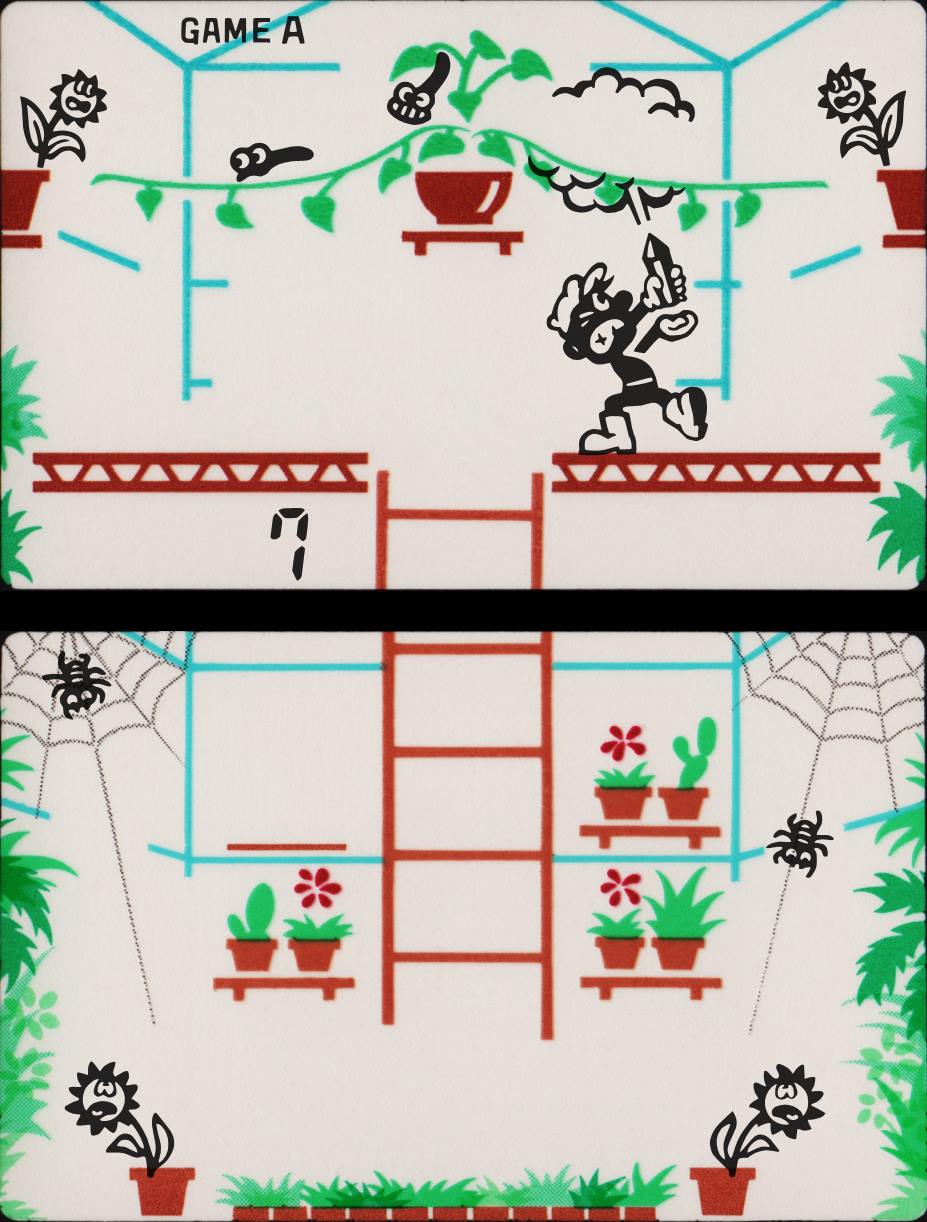
Model Emulation
Sega’s Model 1 and Model 2 hardware are some of the most historically significant 3D platforms that could be found in arcades with some to be found still in operation today.
For Model 1, a decap of the Virtua Racing TGP Co-processor and a rewrite of the TGP emulation core allowed for the correct emulation of the Co-processor rather than relying on a hacked copy of the Daytona code. There are unlikely to be differences in the final emulation as a result of that, but it paves the way for correct emulation of other Model 1 games once their Co-processors are decapped and dumped (TODO: if this happens in 2018 add it here)
Model 2, which in reality can be considered as 4 different platforms due to the hardware evolution, also saw emulation improvements especially to the 2 / 2A / 2B variants. Games like Daytona, Virtua Fighter 2, Motor Raid and others became playable, although not quite on par graphically with the standalone Model 2 emulator at the time of writing. (TODO: as this might change significantly over the year don’t spend too much time on this yet)
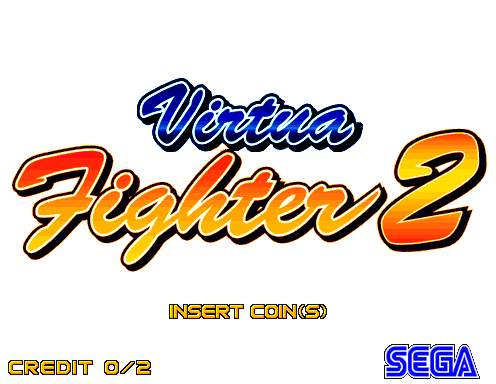
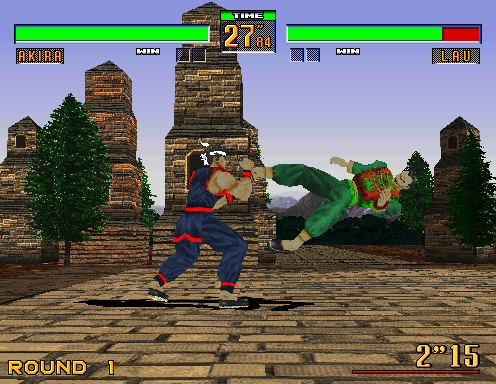
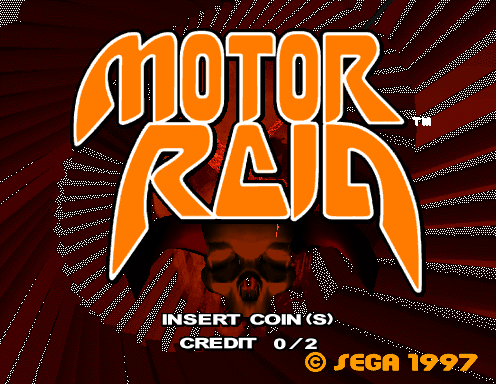
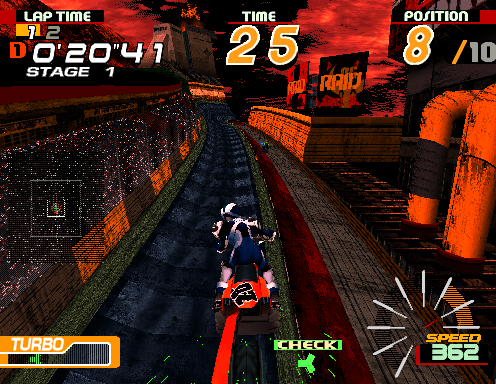
Other 3D Platforms
2017 ended with a large number of improvements to the emulation of other 3D platforms, of note many of the Atari / Midway ones.
Most of the glitches in War Final Assault were fixed, meaning that was promoted to playable status.
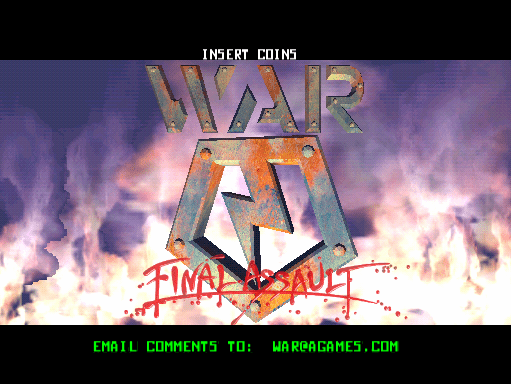
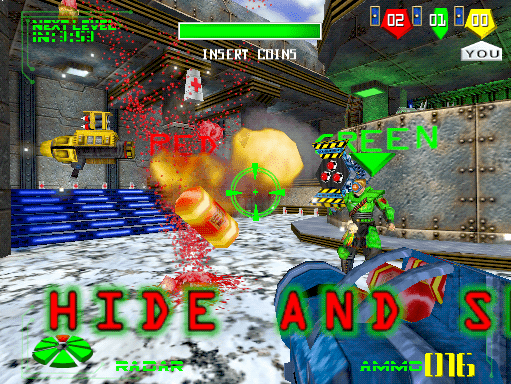
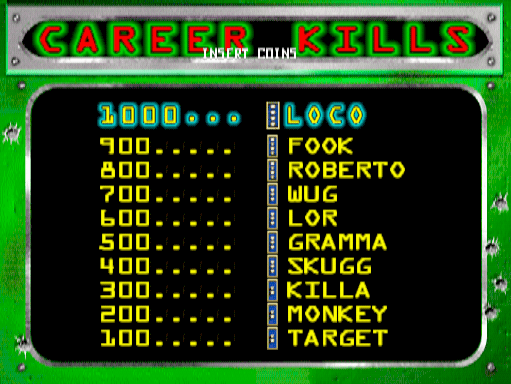

(War: Final Assault comes from an unusual genre for arcade games)
Road Burners also got promoted.

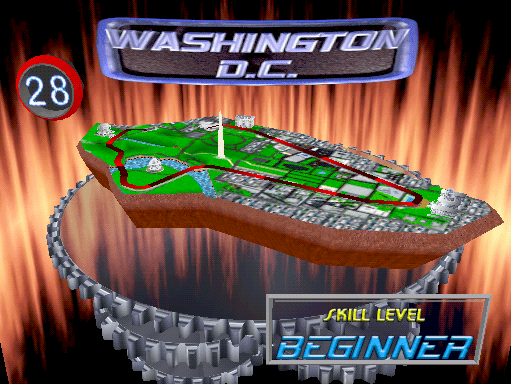
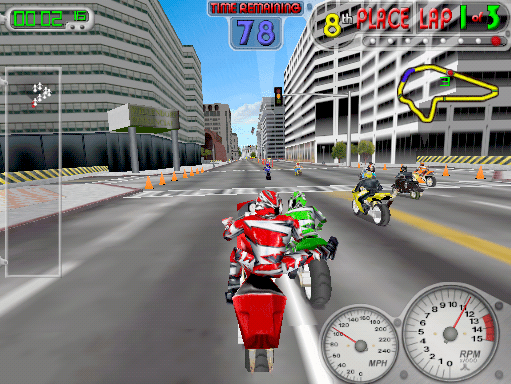
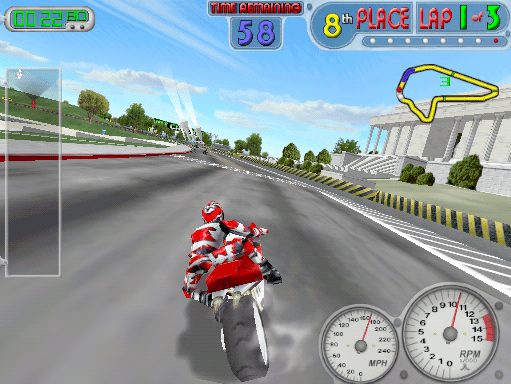
(Road Burners plays now, although performance isn’t ideal)
Outside of the Atari / Midway systems the original version of Big Buck Hunter (without a subtitle) was located and added in working state. (although at the time of writing it seems impossible to calibrate the gun so that the MAME target and ingame aiming align, unless that’s a regression I’m not sure why this is considered working)

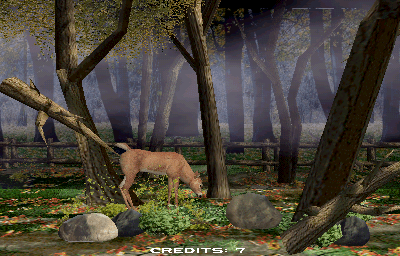
(The original Big Buck Hunter, no subtitle)
Time Crisis, while marked as working for a long time had never really worked properly until a fix made in 2018 corrected the hitboxes of certain game elements such as the Helicopter, which was previously almost impossible to shoot as the hitbox was approximately 1 pixel in size.
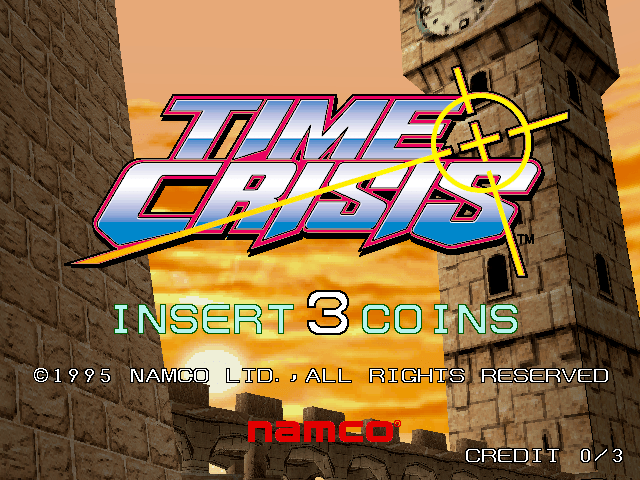
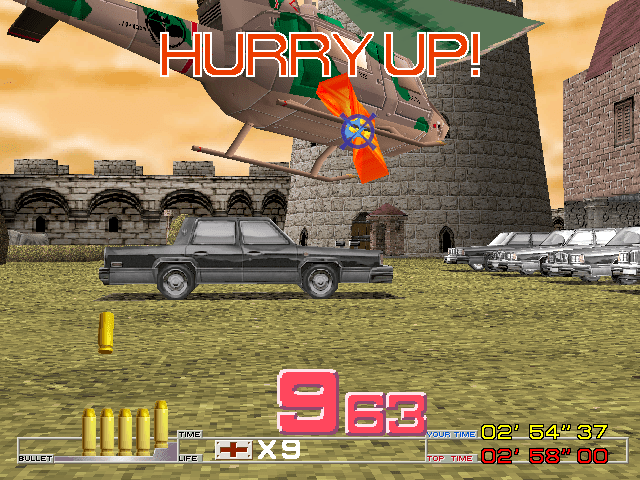
(The helicopter can now be shot in Time Crisis, meaning the game is properly playable)
The same change allowed the tanks in Tokyo Wars to be hit too, meaning that one was promoted to working.
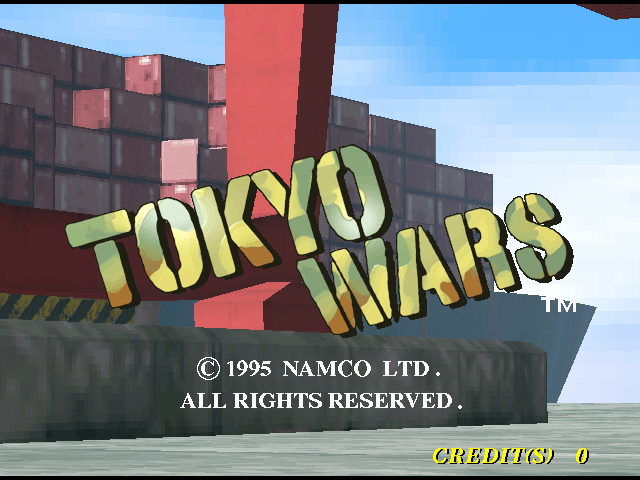
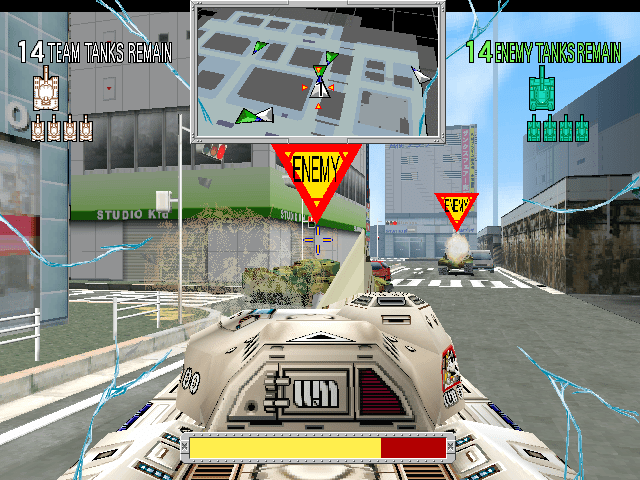
(Collisions now work in Tokyo Wars meaning the game is playable)
Other Namco System 22 improvements fixed the rendering of Mirror Mode in Rave Racer, as well as the rear view mirror, again fixing bugs that some people would have considered to be game breaking in older versions.
Alpine Racer 2 saw the System 22 improvements improve rendering of the character select screen
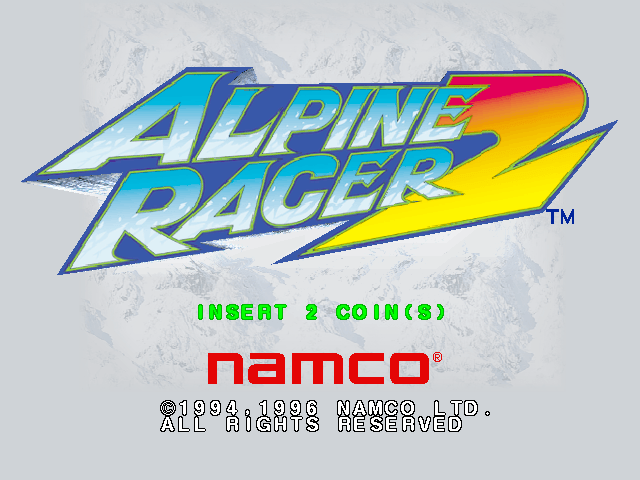
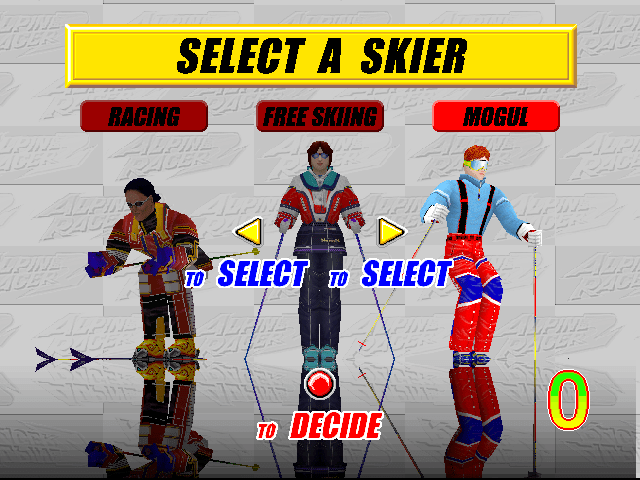
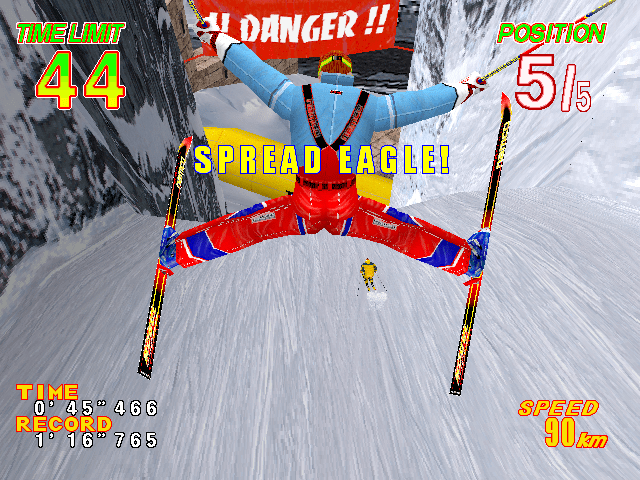
The Ridge Racer ‘animated flag’ title screen now renders too
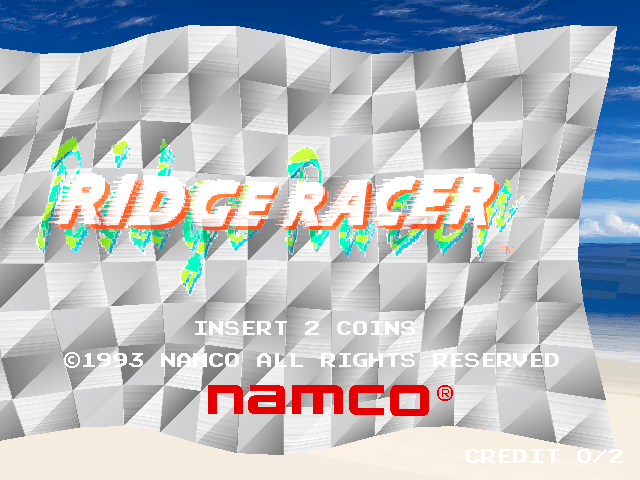
Konami’s M2 system also saw a major driver update at the end of 2018, with many games becoming technically playable, albeit very slow for the time being (giving about half speed in MAME, and even that being less than actual half speed of the games) Still, any progress on this obscure 3DO M2 based platform is amazing to see as it’s both complex, and, since the home version of the platform was never released, not well understood. Tobe! Polystars is one of the more talked about games on the platform as it’s one of Konami’s cute-em-ups which was not available anywhere else.
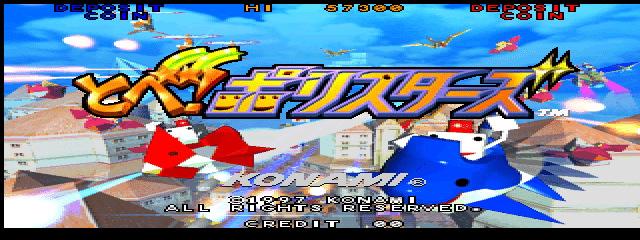
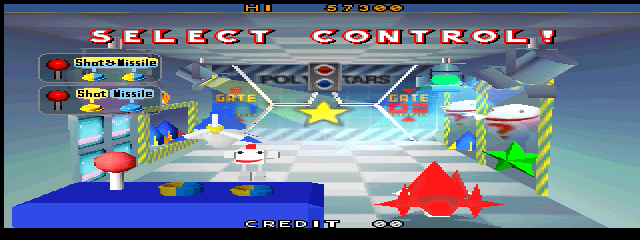
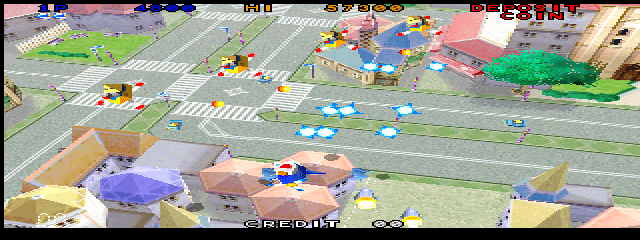
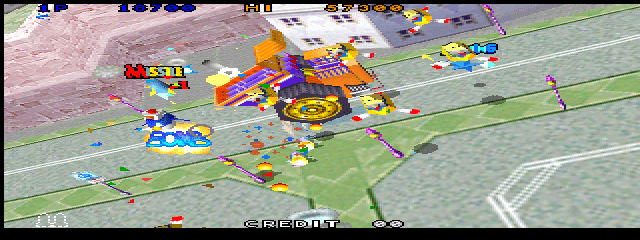
Total Vice is a Virtua Cop like gun shooter, with a fair bit of blood.
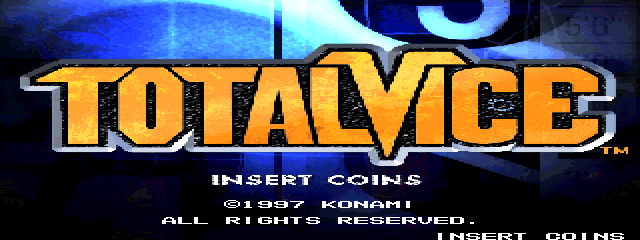
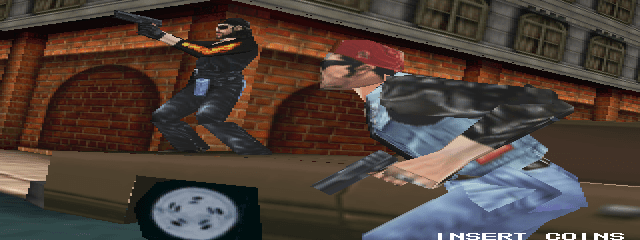

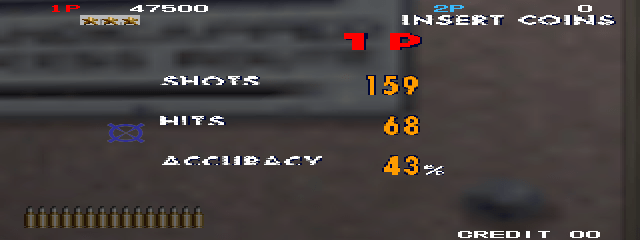
Battle Tryst is a 3D Fighter, but it uses some unemulated graphic modes, and video decoding, so can’t really be considered working yet.
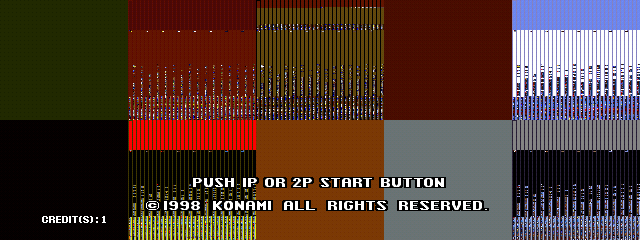
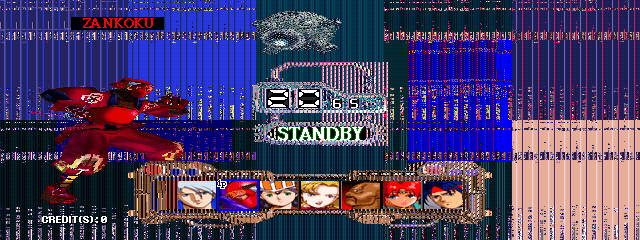
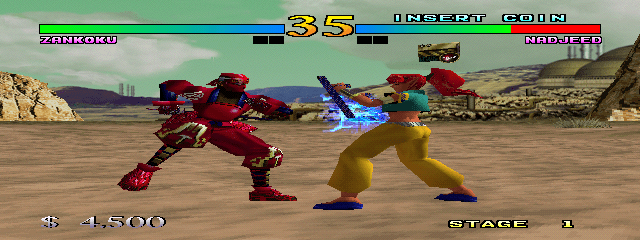
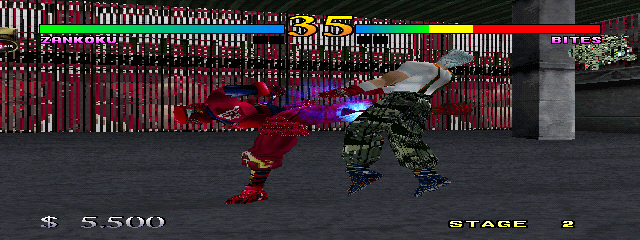
Hell Night (aka Evil Night) instead clearly takes influence from House of the Dead. Doesn’t seem to be possible to properly calibrate the aiming at the time of writing. Interestingly Evil Night only runs at the lower resolution, which is probably signified by the 2nd digit in the game code (the bootable Evil Night is UBA, Hell Night is EAA)
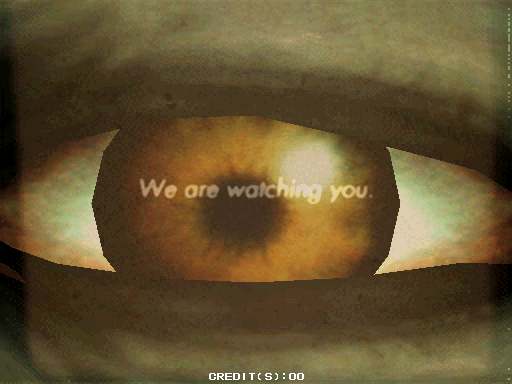
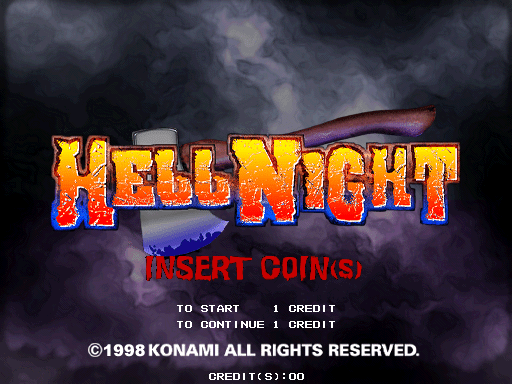

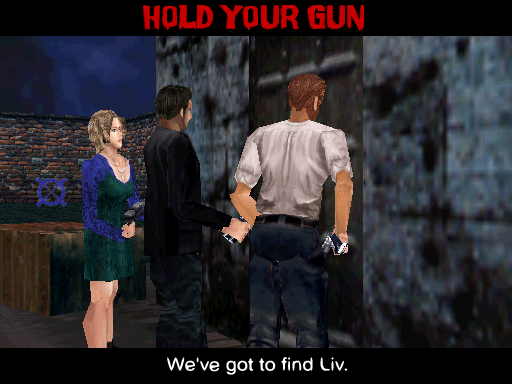
Heat of 11 is a Konami football game, currently hangs on game start if you select the Japan team at least tho, although some others are playable.

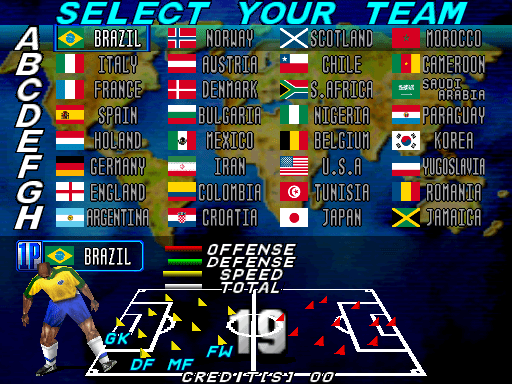
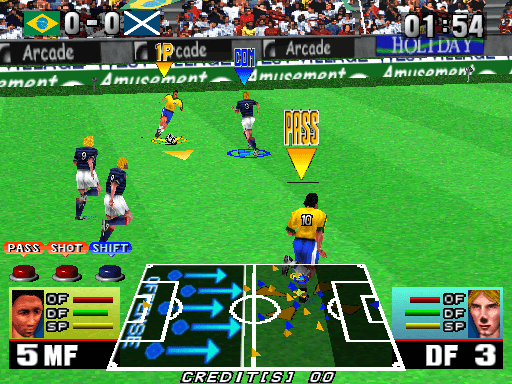
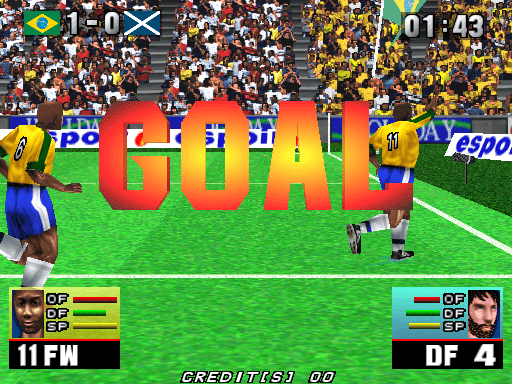
Hopefully the driver will see some optimizations in 2019, playable speeds don’t look out of reach and fingers crossed the other issues can be solved, a very worthwhile surprise so late in the year tho, I look forward to being able to mention it again next year.
Clones
Every year sees some new interesting clones dumped. 2018 saw a version of Cookie & Bibi 2 that’s clearly an earlier build, using the Semicom logo found in older releases, rather than the one that was introduced later, presumably first appearing in the version of Cookie & Bibi 2 that we previously had dumped. It also has different backgrounds and overall less polish, for most manufacturers you might say it could be a prototype due to the little things that hadn’t been tweaked yet, but in the case of Korean developers, it’s more likely just an early build.
An unexpected find in 2018 was the English version of Strahl. There was previously no documentation to suggest that this version existed, but it did, and even has a translated version of the story in the intro.
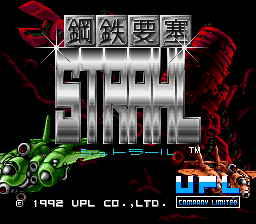
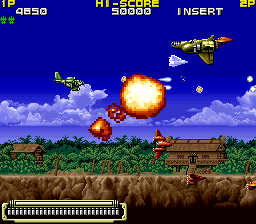
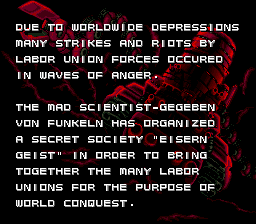
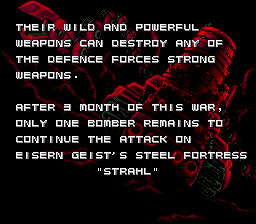
(An English version of Strahl was an unexpected find)
One of the most interesting clones from a ‘game development’ point of view is the prototype of LED Storm, from a time in the development cycle when the game had weapons, and significantly different gameplay to either the final LED Storm 2011, or the revised LED Storm / Mad Gear release. This is definitely one for historians to pick apart as it shows that the game had some interesting ideas at first, before it was refined to be more about speed than destruction.
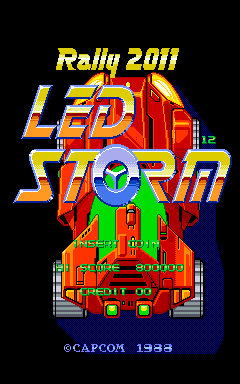
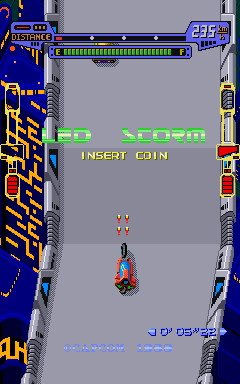

Moving in the opposite direction, a fresh dump of Toki no Senshi – Chrono Soldier, from a board with a custom encrypted CPU module told us something unexpected, that the version we’d supported for many, many years was a prototype. The new encrypted dump represented a much more complete version of the game, without the recycled levels etc. found in the previously known version. It’s a very rare game, otherwise this might have gone unnoticed similar, but it’s good to be able to set the record books straight, and maybe help encourage people who reviewed this in the past and wrote it off due to the excessive amount of recycled content to have another look at it in a fresh light.
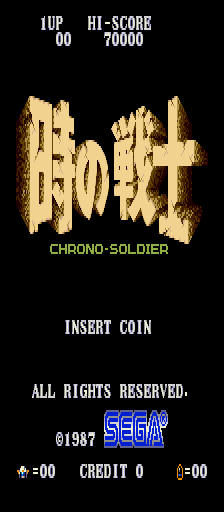
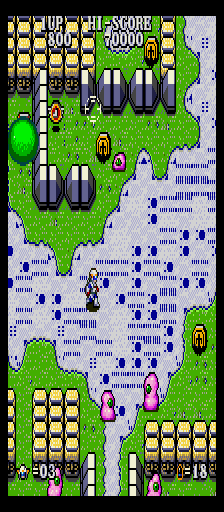
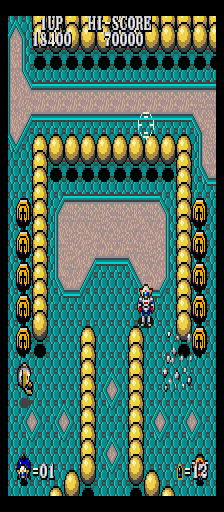
Bioplaything Cop is the original Spanish language prototype of Gaelco’s Biomechanical Toy. While it is said to be a prototype, there do appear to be release versions made from builds around the same period. Definitely one of the most underrated arcade platformers of the 90s tho.
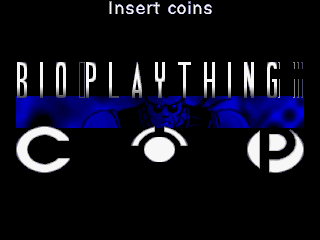
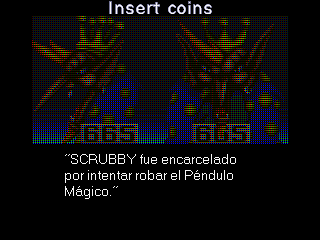

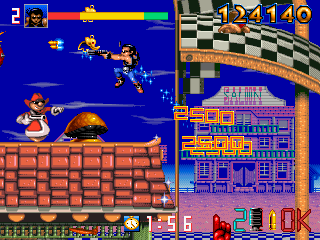
Twins, by Eco Games is the original version of the game Twins, previously located sets were on boards produced by Electronic Devices and lack any kind of copyright display. Again this one seems to be a Spanish set with no obvious way to change it. It also has cartoon images, rather than adult ones for the backgrounds. As this one shows a proper copyright it became the parent even with the language of it being Spanish.
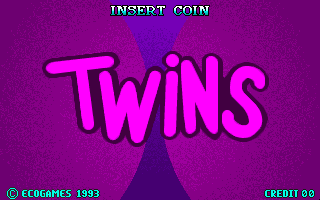
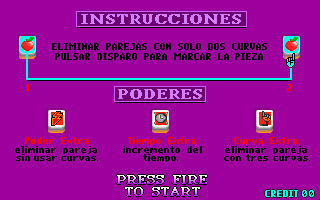

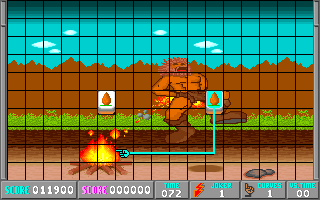
Target Ball ’96 seems like one of the less interesting clones, unless I’m missing something. Gameplay and features seem the same as the regular release of Target Ball, and ‘reward’ images are the same as the nude set. Looks like the copyright year might just have been bumped and ’96 slapped on the title screen to gain more sales. The program ROM isn’t identical, but changes haven’t been analyzed.
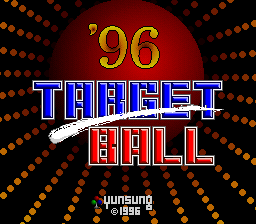
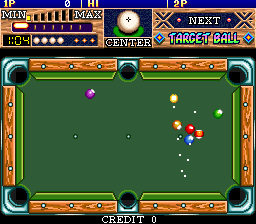
Irion is an interesting bootleg of Exerion. The original Jaleco game was on very fancy hardware capable of doing some clever background effects etc. The bootleg seems to lack that hardware and presents a much more basic background layer which appears to be shared with the scores (and in current emulation appears over the sprites – that might not be correct) It also shows you how long you’ve been playing for, an unusual feature.
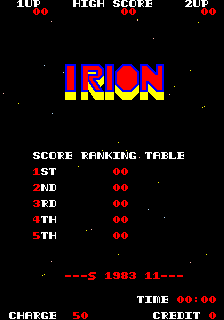
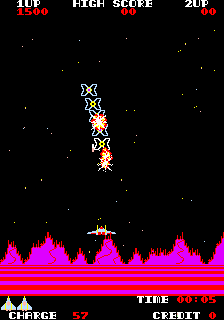
Jongputer was added as the parent to Taito’s T.T. Mahjong, with Jongputer being the original game, credited to Alpha Denshi and the Taito version apparently being a licensed version of that, however it was quickly demoted to NOT WORKING again for various reasons, including bad colours; the colour PROMs were not dumped.
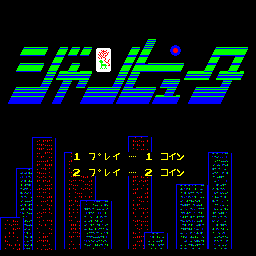
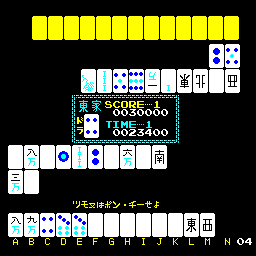
Mandanga is an especially nasty bootleg of Amidar, hacked to run on Galaxian hardware with nasty sounds in absence of the original Konami sound hardware found on the Scramble type boards that the original Amidar runs on (there’s no 2nd Z80 and no AY8910 here) If you played this version back in the day it’s likely memorable just because of how bad it sounds.


Licensed TV Games
The handheld games are a good example of where smaller manufacturers obtained licenses for well known IP and made their own games from it, but that was far from the only time such things happened. Producing something that ties in to a popular piece of IP is a good way to guarantee sales, and in the mid 2000s “TV Games” weren’t an uncommon thing to see. These TV Games were low cost battery operated mini consoles that plugged into your TV and ran a single piece of software.
One manufacturer of such TV games was Radica. MAME already supported a few Radica published titles prior to 2018, of note, 2 Genesis / Megadrive based products, although instead of MAME recognizing them as individual machines they had been placed in the Megadrive Software List. These were supplemented with support for the UK / PAL exclusive ‘Sensible Soccer’ release, which contained the Mega Drive version of Sensible Soccer and a few others. Unfortunately from a design point of view these machines are quite bad, offering only a single control pad with no way to connect a 2nd one, even if many of the games have 2 player options! MAME correctly (or annoyingly depending on your point of view) only emulates a single pad for these. There are still a few that haven’t been dumped.

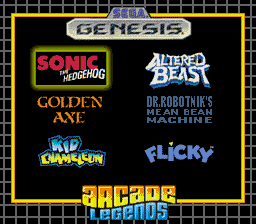
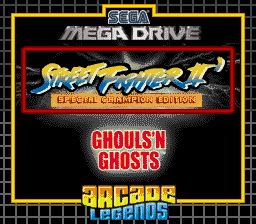
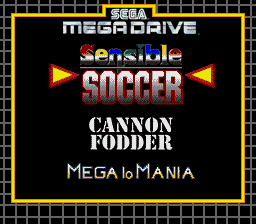
Not all Radica software was Megadrive based tho, we found one of their platforms to be using a 6502 type CPU to offer more basic games, something closer to the enhanced NES units you often saw but with entirely different sound / video hardware in these cases (the NES was also a 6502 derived CPU) A ‘5-in-1’ Space Invaders ‘Arcade Legends’ unit represented a cheap and easy way to play recreations of 5 classic Taito games on your TV.
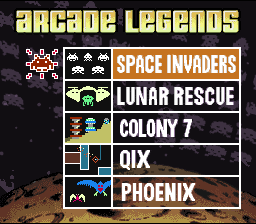
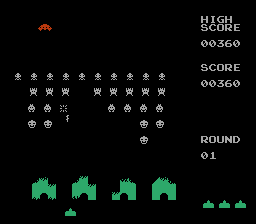

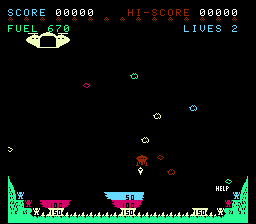
(Radica licensed Space Invaders and a number of others from Taito for this TV Game)
Tetris needs no introduction, and Radica produced their own licensed take on Tetris, again advertising it a a ‘5-in-1’ due to having 5 different play modes, although in all honesty that is stretching things a little.
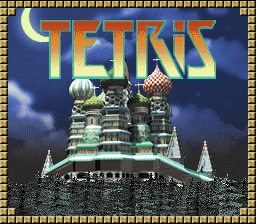
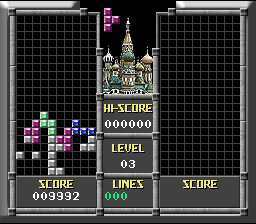
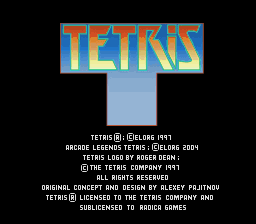
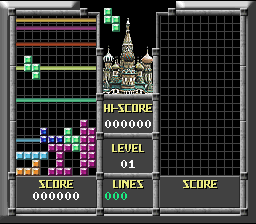
(Tetris was also licensed by Radica)
XaviX, a technology developed by The SSD Company also provided the backbone for a large number of TV Games, and some of those were based on licensed IP too. The Let’s TV Play Classic series included 2 collections from each of Taito and Namco, with ports of classic arcade games, as well as some offshoots featuring the same IP. A large amount of work was done on the emulation of the XaviX platforms in 2018, much to the benefit of such titles.
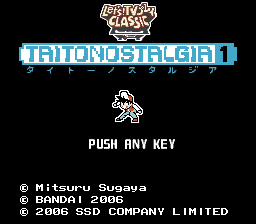
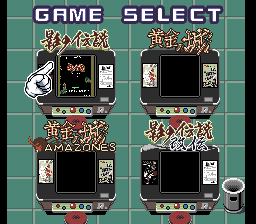
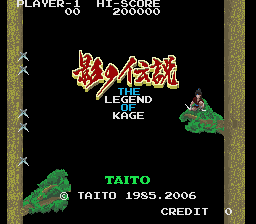
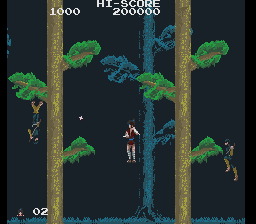
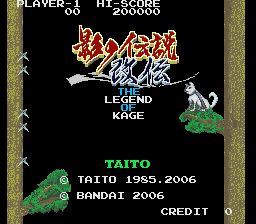
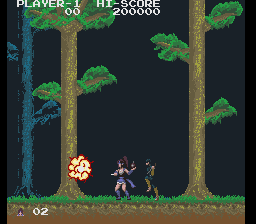
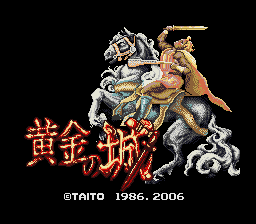
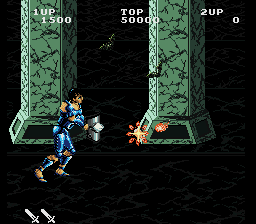
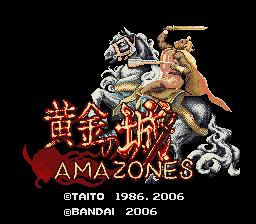
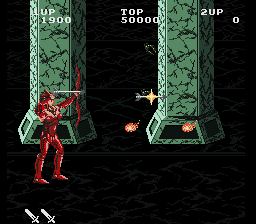
(Taito Nostalgia 1 offers versions of ‘Legends of Kage’ and ‘Gladiator’)
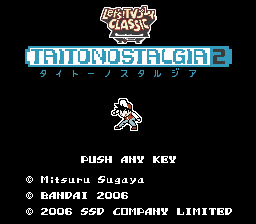
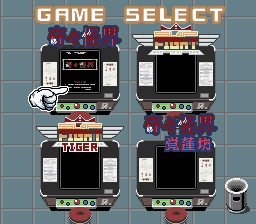
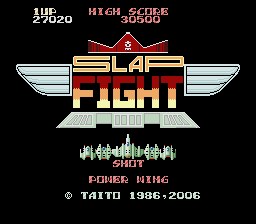
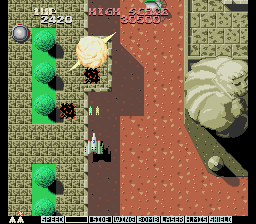
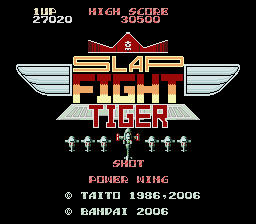
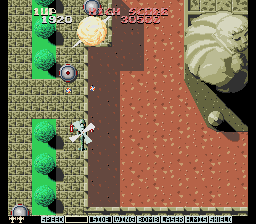
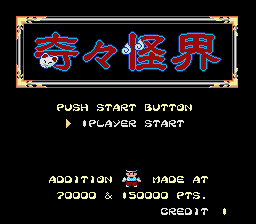
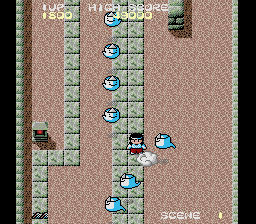

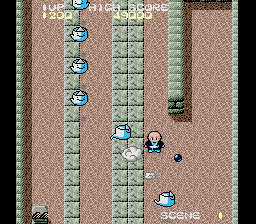
(Taito Nostalgia 2 offers versions of ‘Slap Fight’ and ‘KiKi KaiKai’)
The Namco Nostalgia packs are more interesting than the Taito ones in that the alt versions of the games are actually completely new games instead, just using some assets from the original rather than being remixed versions of them.
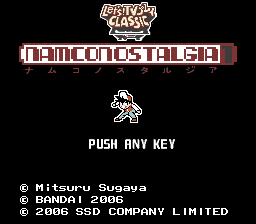
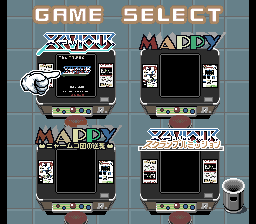
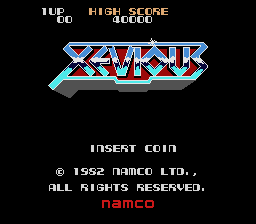
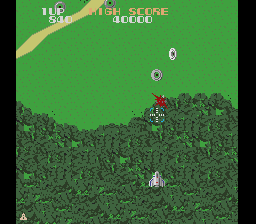
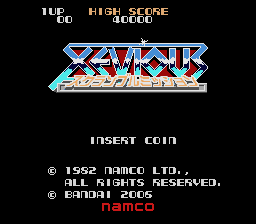
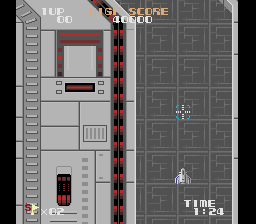
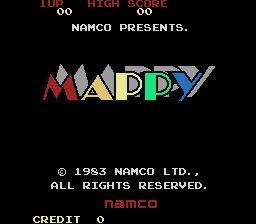
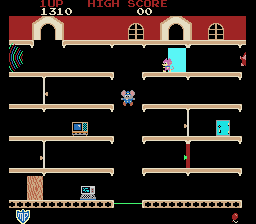
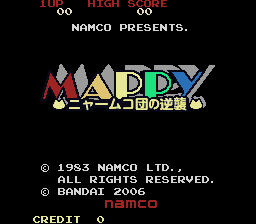
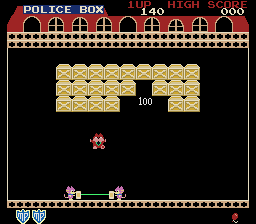
Namco Nostalgia 1 covers ‘Xevious’ and ‘Mappy’
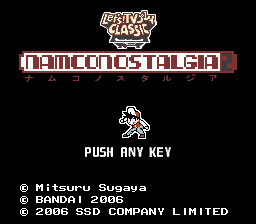
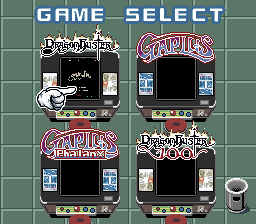
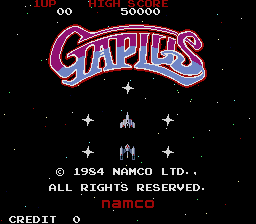
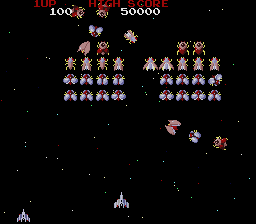
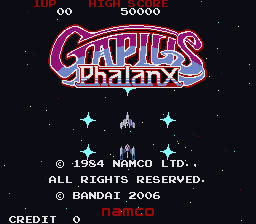
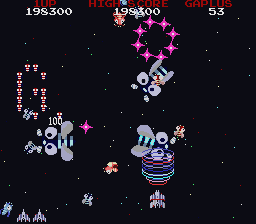
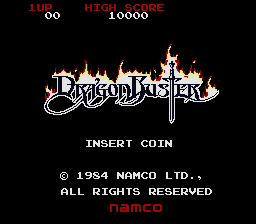
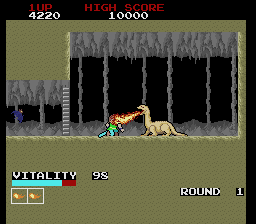
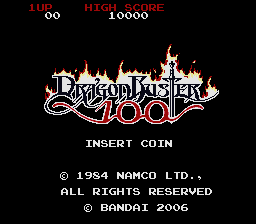
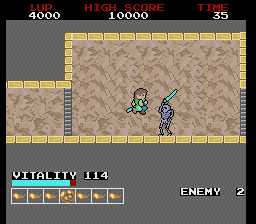
(Namco Nostalgia 2 covers ‘Gaplus’ and ‘Dragon Buster’)
Original TV Games
Radica, mentioned above, didn’t only license out IP however, they also contracted out work on various original titles, all with custom controllers. A variety of different hardware types were used for this. Quite often the custom controller had unusual hookups and are quite difficult to figure out in emulation, thus a lot of this work is still incomplete, but still represents a large amount of progress.
Play TV Skateboarder was developed by Farsight studios for Radica and runs on the same SunPlus basic hardware that powered the ‘Vii’ console. It’s interesting to see how the same hardware was used by different developers, with many of the Chinese manufacturers trying to put out consoles loaded with as many games as possible while outside of China you saw more of these products with a single game and controller designed specifically for that game.
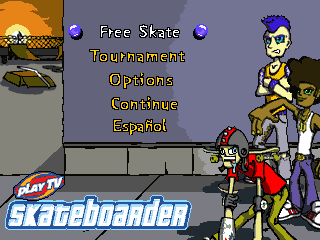
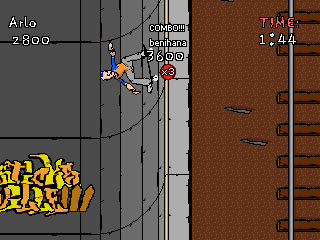
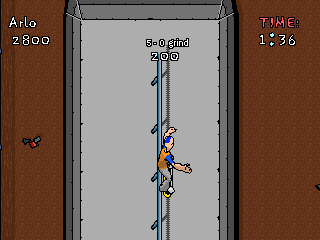
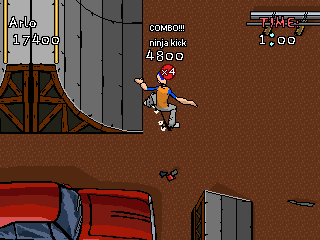
(Play TV Skateboader runs on SunPlus hardare)
Connectv Cricket, a European only release, also runs on SunPlus hardware, although at the time of writing the ball handling hasn’t been hooked up, so you can’t bat or bowl, making the game unplayable.
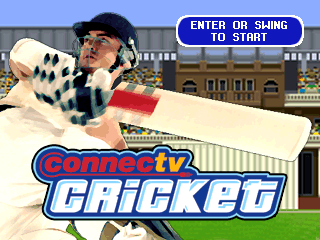
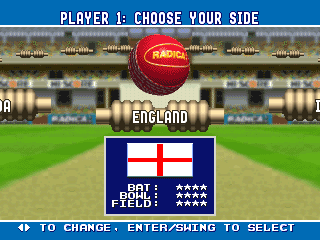
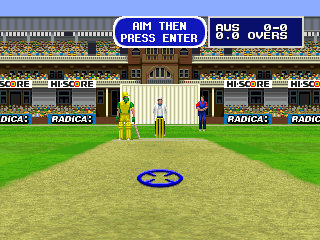
(.. as does Cricket, although inputs aren’t yet hooked up on this)
another European only release, Connectv Football ran on different hardware with an Elan branded CPU die. What’s interesting about this is Radica also released a ‘Football’ game under their Play TV brand, and in both cases the title styling is almost identical, but the Play TV brand game is based on American football, while this is based on regular football. Again at the time of writing the inputs still need hooking up tho.


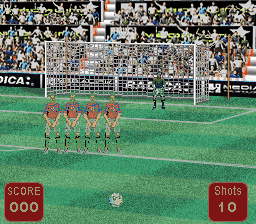
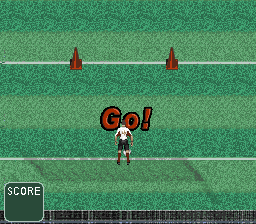
(ConnecTV Football runs on Elan based hardware, although again, no working inputs yet)
Many of the original Radica games also ran on the previously mentioned XaviX hardware, Play TV Card Night (or Connectv Card Night, depending on your region) is one such title, offering a collection of ‘just for fun’ card games.
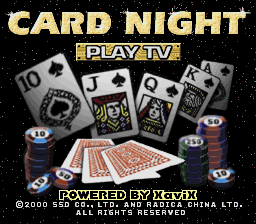
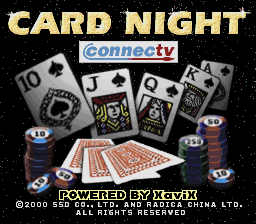

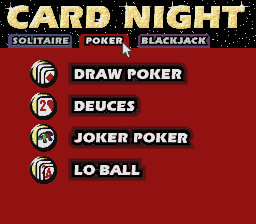
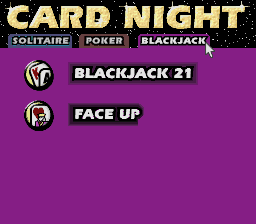
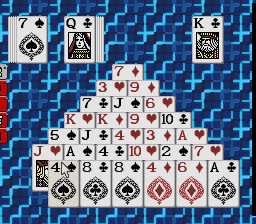
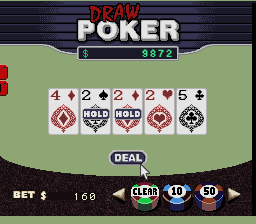
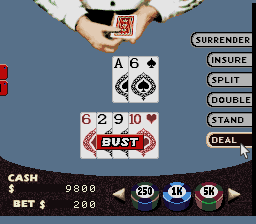
It wasn’t only Radica making original games on XaviX hardawre however, the hardware was actually a lot more popular in Japan where many, many original titles were released. Sneaking in at the end of the year, after the final release of 2018, but still technically in 2018 was support for Takara’s Popira
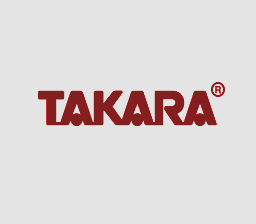
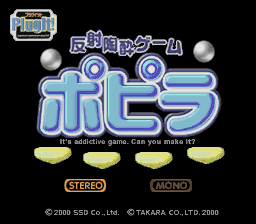
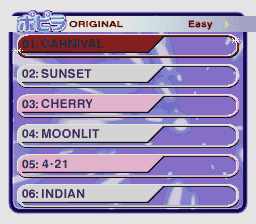
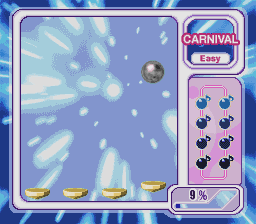
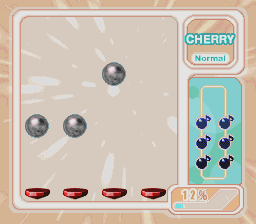
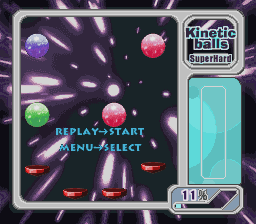
Konami also paired up with Takara to release Dance Dance Revolution Family Mat, a Japanese only TV game entry into the famous Dance Dance Revolution series
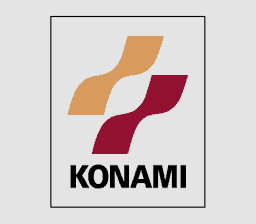
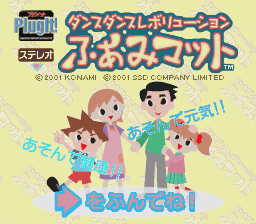
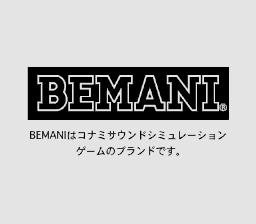
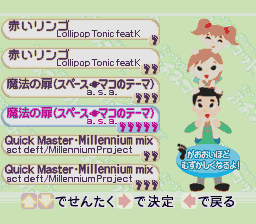
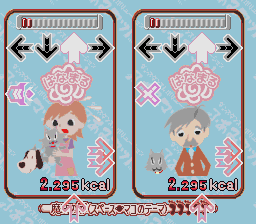
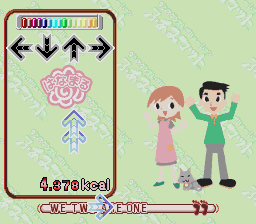
Takara also put out Taiko De Popira, a variation on the Popira theme but using drums instead of buttons. This one isn’t emulated quite as well yet, so might make a showing in the 2019 writeup too if it improves by that point, the progress is still noteworthy however.

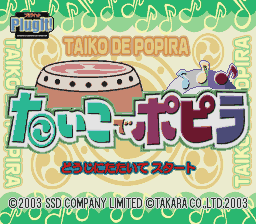
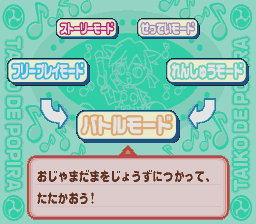
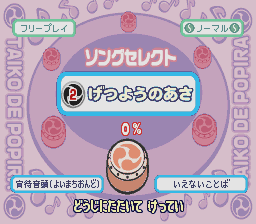
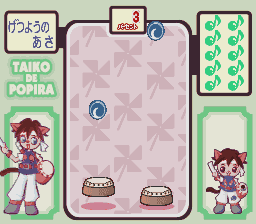
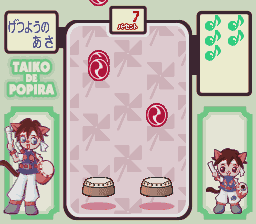
There is something additionally noteworthy about the 3 games I’ve just mentioned, they were all designed to work with additional cartridges. These cartridges are subsets of the cartridges released for another system that was partially emulated in 2018, e-kara, which runs about as well as the above, although since it requires Microphone input, which MAME does not currently support, can’t really be considered working.
Radica also put out a Popira style game, but called it Opus and added a few different rules. It doesn’t have a cartridge slot like the Takara games, so you’re limited to the library of 16 original songs, however it plays well and is actually a very respectable alternative for non-Japanese audiences.

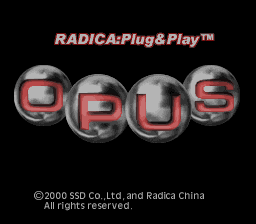
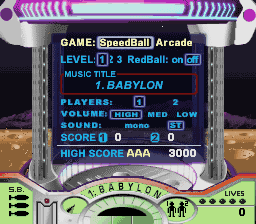
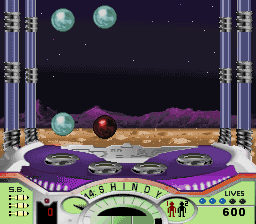
SunPlus hardware was mentioned above when talking about the Radica titles, but it was actually used for much more than just those releases and the emulation of the SunPlus hardware in general also saw big improvements over the course of the year with preliminary sound was added, and many of the mini-arcade games that were available in the submenus of consoles like the Vii saw dramatic improvements with many visual bugs being fixed.
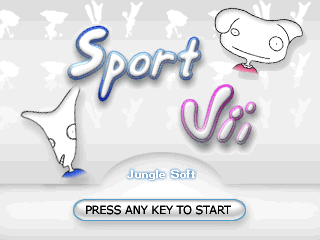
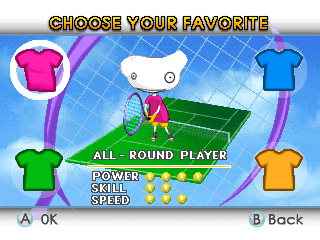
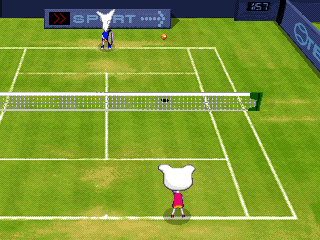
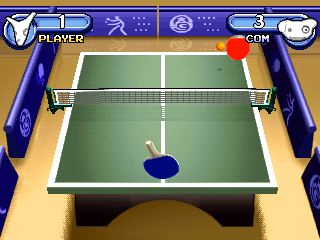
The Zone 60 and Wireless 60 are 2 very similar systems based on the SunPlus hardware, both containing a bunch of sports games, and a selection of ‘arcade’ minigames, which are generally rip-offs of well known titles, often fairly badly programmed ones. There are other systems in this range, some running on the same hardware, some on newer. These were of course all sold as Wii look-a-likes.
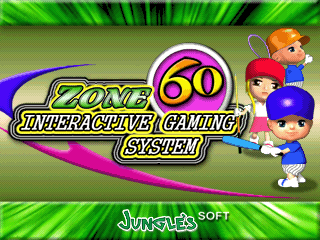
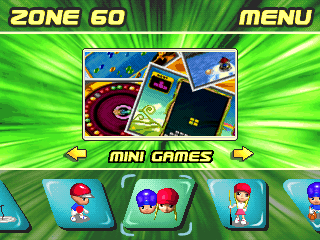
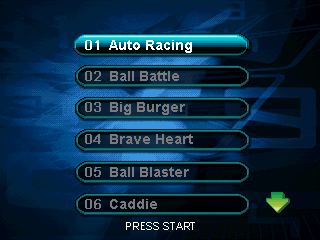
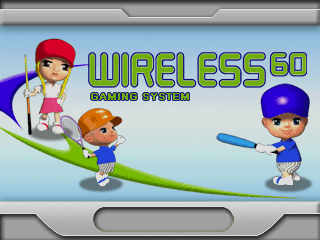
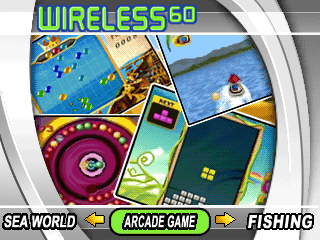
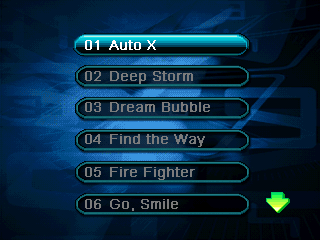
While many of the Sports games in the collection were already playable to some degree, Basketball wasn’t, but at some point in 2018 that changed.
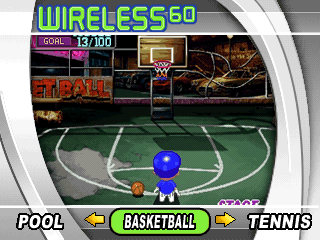
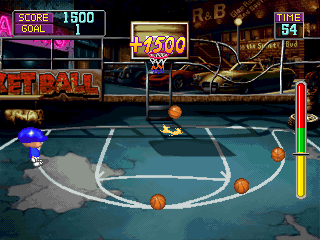
Hidden away in both these collections are a huge number of rip-offs of arcades games, many of which perfectly demonstrate how the driver has improved, so here is an assortment of game screenshots taken from the collections.
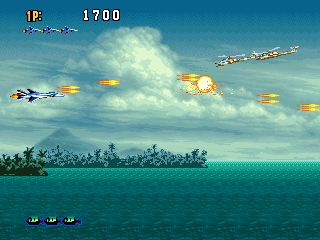
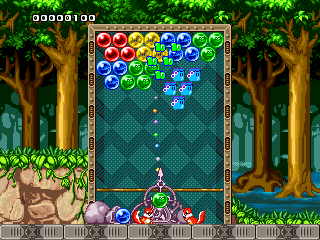
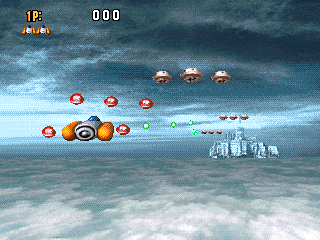
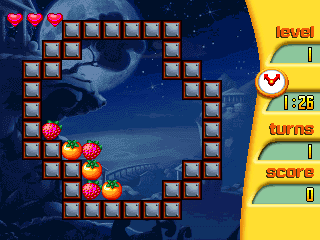
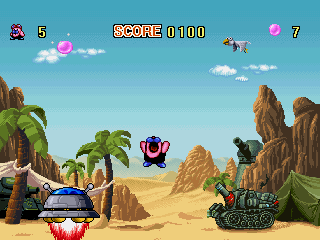
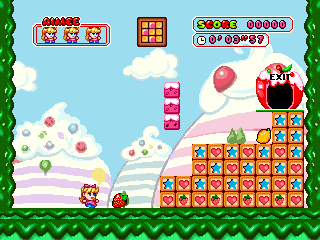
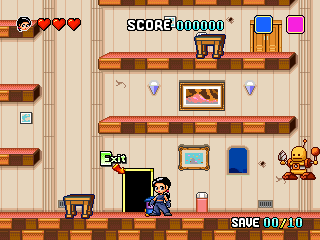
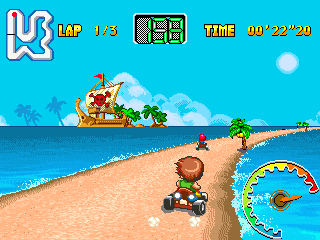
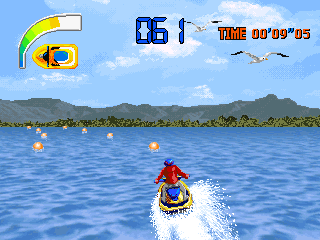
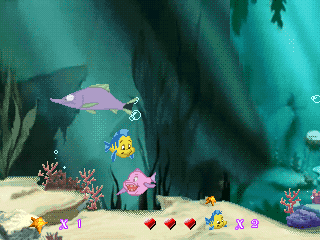


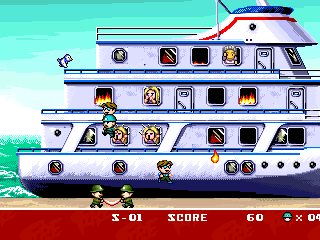
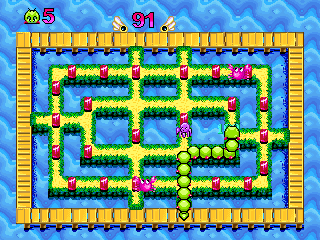
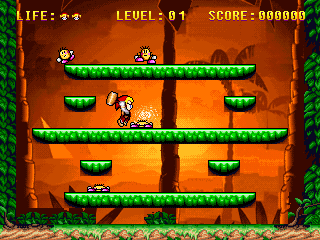
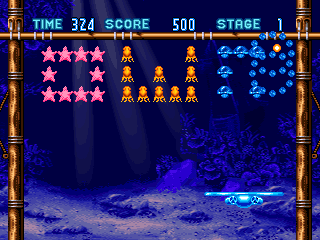
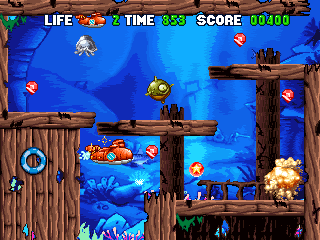
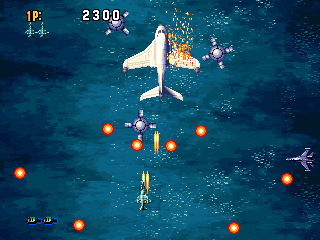
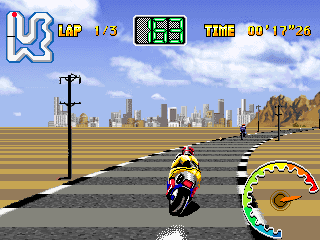
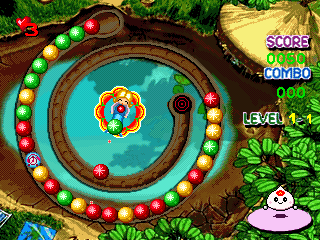
(An assortment of Wireless 60 / Zone 60 minigames, find as many stolen GFX and ripped off ideas as you can!)
The previously mentioned Vii also had a bunch of arcade games, but not built in, they were available on cartridge and are in the Software Lists as a result. Mostly they’re the same games as found in the others, although there do seem to be 2 Mahjong titles not on the others, again these were improved.
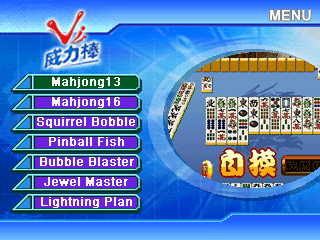
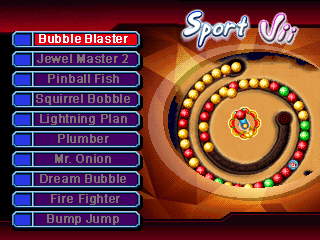
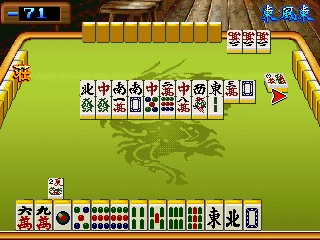
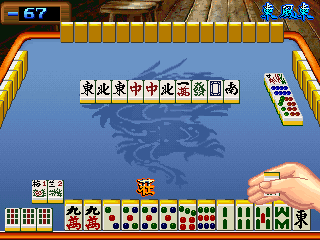
More Protection Devices
Another landmark in Taito emulation was achieved in 2018 when the C-Chips for a number of the Taito games were finally dumped. The C-Chip was an especially annoying protection device because rather than being an off-the-shelf chip it was a custom package containing the individual dies from several more common components meaning there was not only an MCU and it’s internal ROM to deal with, but a separate ROM die area inside the module for each game too.
The most significant improvements are a result of this could be seen in Bonze Adventure, which would previously error out under certain conditions when you died due to the restart points not being correct. With the real MCU emulated this doesn’t happen.
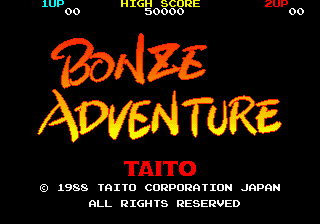
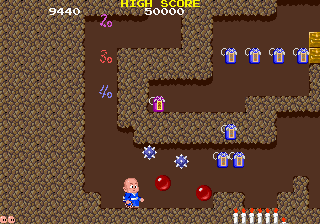
(Real C-Chip emulation fixed many protection errors with restart points in Bonze Adventure)/
Fixes in things like Superman were smaller, with the Demo Sounds dipswitch now working as it should, and possibly a few other things that went unnoticed.
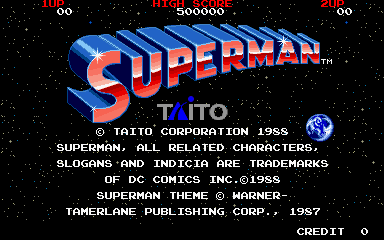
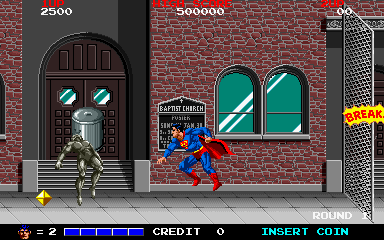
(Real C-Chip emulation allowed Demo Sound features etc. in Superman to work correctly)/
Rainbow Islands gained correct random number generation for the ‘Goal In’ sequence. While the emulation here was already solid for the majority of game functions, the simulation code was huge, and being able to clean up the MAME source by using real emulation instead of simulation was a big win for the project.
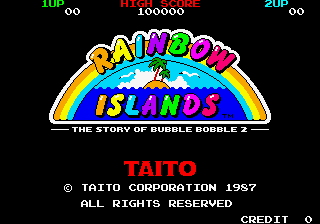
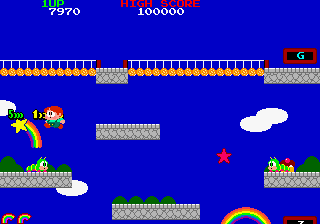
(Unwieldy simulation code for Rainbow Islands could be removed thanks to real C-Chip emulation. Random number generation is now correct too)/
Volfied cleaned up some unknowns with the previous simulation, although how they impact gameplay has not been researched.
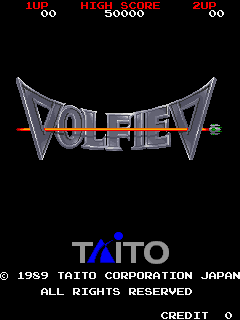
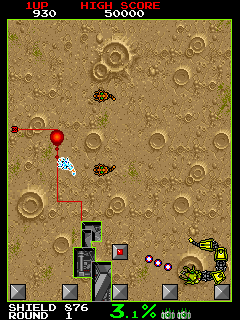
(Volfied also now uses a real C-Chip dump)/
Operation Wolf’s C-chip also plays an important role in the game protection, and while the protection had been extensively researched a few years ago, and the simulation improved dramatically at that point, users were still able to find errors in the simulation. With the proper C-Chip code running we can be confident that the protection is now 100% correctly handled and all protection related game behaviors are correct.
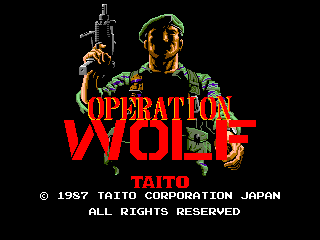
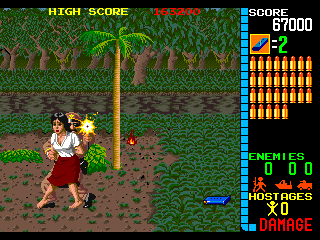
(Operation Wolf game / event logic is finally 100% correct with the emulated C-Chip)/
The C-Chip for MegaBlast was dumped, but as we already suspected it actually performs no real game functions, and was something of an afterthought on the PCB so while it was good to know the content for completeness sake, it changes nothing in the emulation.
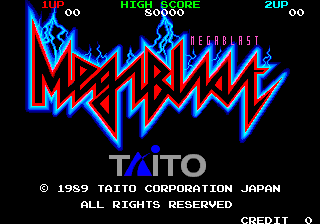
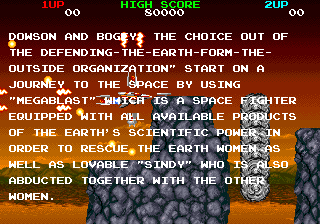
(The Mega Blast C-Chip was also dumped, but it’s a curiosity as the game never uses any of the protection features)/
At the time of writing Rainbow Islands Extra C-Chips has not been dumped, but instead has been set to use a hacked version of the Rainbow Islands code rather than the old simulation. Hopefully I can remove this note before the year is out :-)
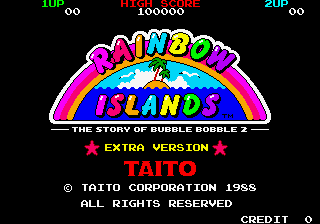
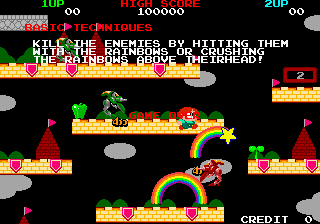
(The Rainbow Islands *Extra Version* C-Chip STILL NEEDS DUMPING , currently using a fake ROM)
Sega’s Decathlete is another game where protection had remained an issue for many years, with all of the graphics being both compressed and scrambled. Work was done to figure this out, although performance in the driver is still bad. A number of other games use the same chip type, but those haven’t been figured out yet (and unfortunately some of the cartridges we needed to study had been converted into other games)
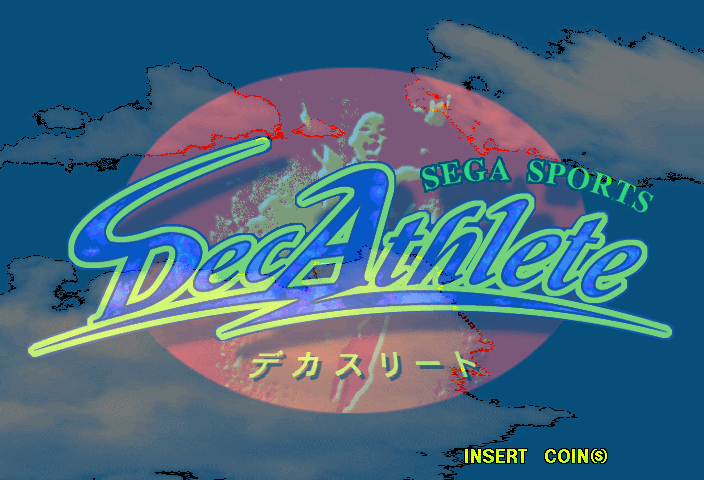
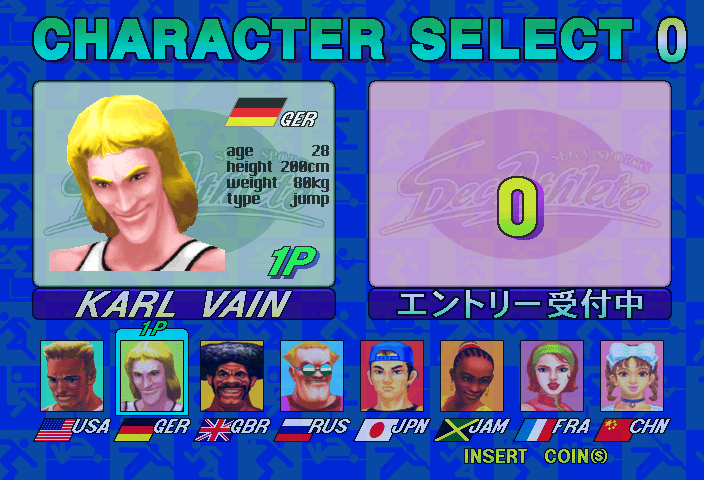

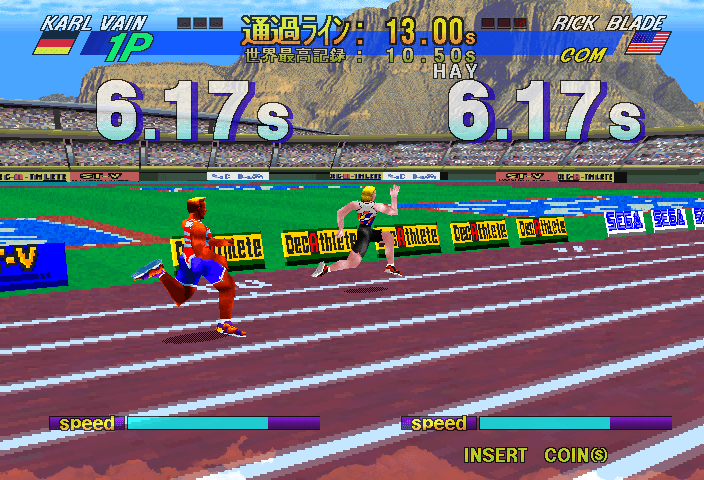
(Emulation of the Deachtlete protection chip allows for the graphics to be decompressed as the game demands them)
Rip-off Evolution
The NES VT series started out as mostly plain NES multi-game consoles with direct NES bootleg games, but also evolved over time with extended colour modes and ‘original’ Chinese developed software (even if most of them borrow themes etc. heavily from more popular games)
The Samuri 60-in-1 from Hummer is one of the VT based games that makes heavy use of the extended colour modes that weren’t present on a plain NES while still basically being NES architecture. Not all games in the collection are functional in MAME, but enough were to deem it possible to mark as working. Some of the problems might come down to problems with the base NES emulation in MAME>
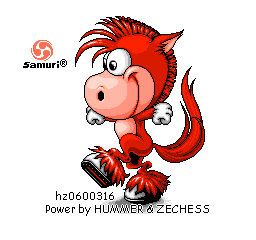
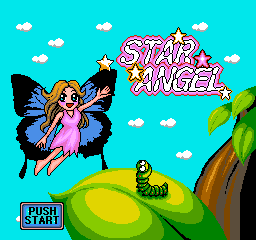
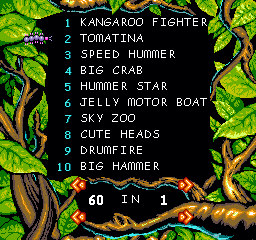
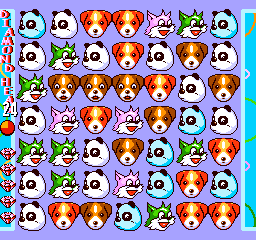
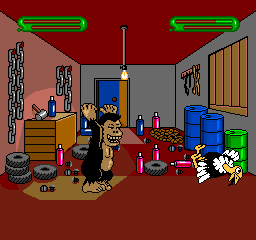

Hummer also put out Z-Dog, which has a similar selection of games, but a dog themed interface.
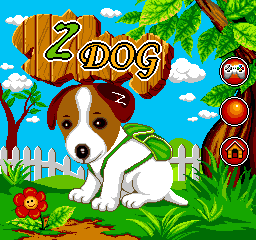
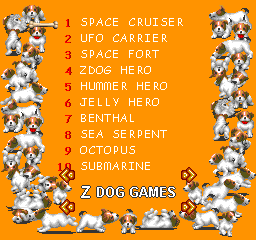

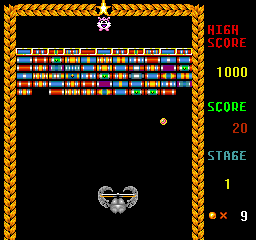
Not all the NES rip-offs were quite so evolved. The FC Pocket 600 in 1 is one such example. While the front-end menu uses the higher colour mode the majority of the games are using plain NES modes, and are either straight hacked up bootlegs, or quickly put together rip-offs.

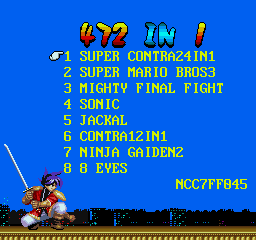
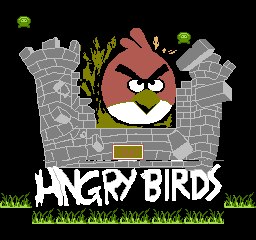
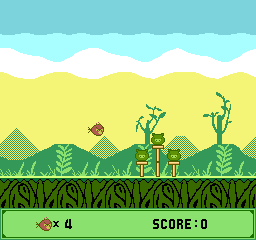
Maybe most interesting were cases where this NES VT hardware ended up being used for properly licensed products tho. In 2006, Majesco ported the 2001 Playstation DDR game “Dance Dance Revolution Disney Mix” to one of these NES VT based platforms for a Plug and Play TV game. This was done with proper licenses from Konami (who sold it on the website) and Disney (for the character IP, music IP etc.) despite basically running on hardware that’s a bootleg NES with more colours. It’s a cut down version of the original game, obviously, and for such a thing to be released in 2006 is borderline absurd, but it does have a certain charm to it with the NES style sound.
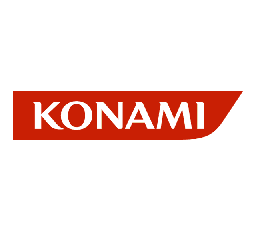
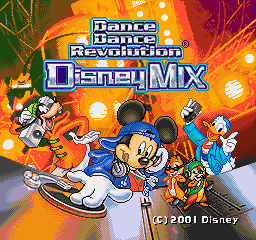


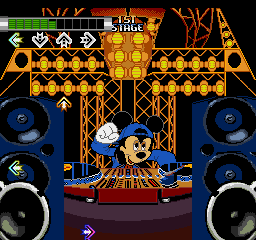
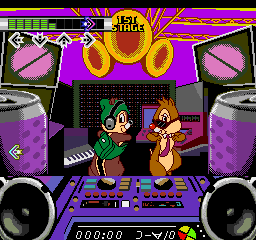
Disney Mix wasn’t Majesco’s first foray into Dance Dance Revolution tho, earlier in the same year they put out a Strawberry Shortcake themed DDR, that was also emulated in 2018.
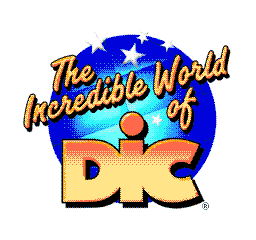
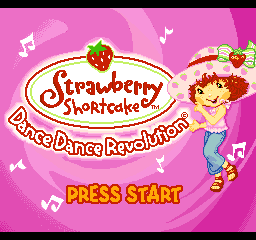
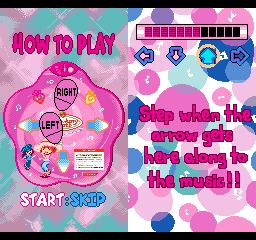
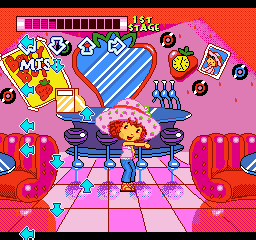
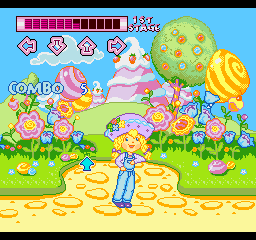
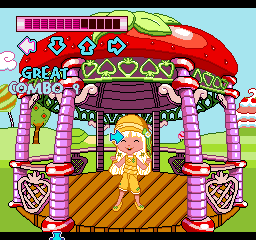
Gambling and Other Redemption Games
Machines with betting elements were always a big part of the arcade scene, and some of them are quite rare now. Excellent System for example produced a fair few games, but their early ones aren’t exactly common. Keirin Ou, aka Bicycle Race, appears to be a prequel to their later game Last Bank and features the usual ‘bet on winner of a race’ game mechanic often found in horse racing games, be they mechanical, video (or the actual sport)
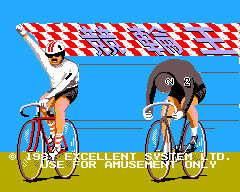
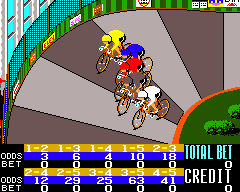
(Keirin Ou is a bicycle themed gambling game)
There had been speculation for a while that a Capcom redemption game, based on the Super Gem Fighter / Puzzle Fighter characters would be running on either a CPS1 or CPS2 based board. In 2018 this game was found, and identifies itself as ‘Super Medal Fighters’ The surprise was it and actually turned out to be running on a PCB based on the PC-Engine hardware (more or less a single board SuperGrafix) It doesn’t yet ‘work’ due to a hopper hookup error, but you can coin it up with the service key at least.




(Super Medal Fighter is a Super Puzzle Fighter themed redemption title)
Sega’s ST-V (Saturn arcade hardware) platform surprisingly was Sega’s primary platform for redemption games for a while, with a good number of them being released after regular releases for the platform had died out (presumably as a way of clearing out old stock of the hardware)
Sky Challenger is a handgliding based redemption game, glide to a base, avoid obstacles, possibly win some tickets..
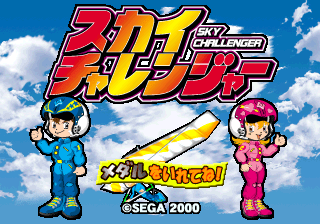
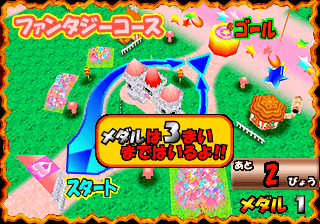

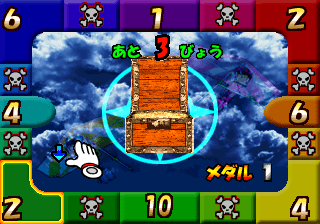
Super Goal follows the same basic formula, but you’re taking free kicks. Again no real gameplay, just score, or don’t score, then maybe win some tickets. The Saturn hardware had so much more potential than this!
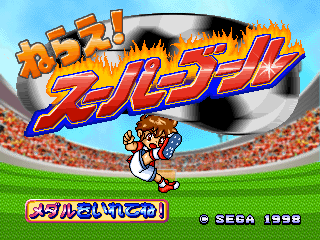
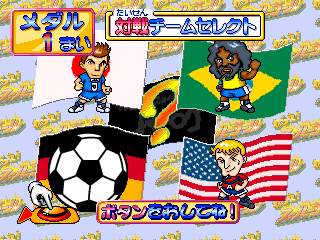
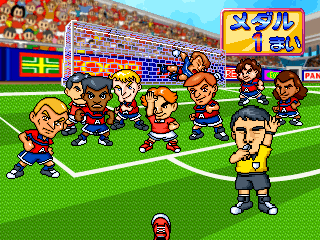
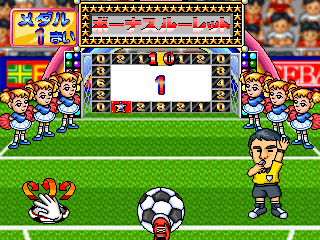
Some gambling games combine video elements with physical ones, although if those physical ones are entirely controlled by the CPU they can still be emulated with relative ease and an approximate way to display the physical part of the machine. Roulette games are often like this, and Lucky Ball ’96 is one such machine from South America offering betting for up to 6 players.
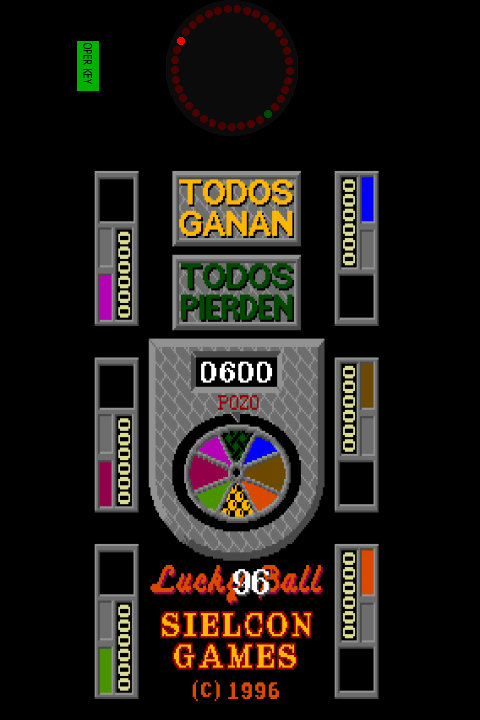
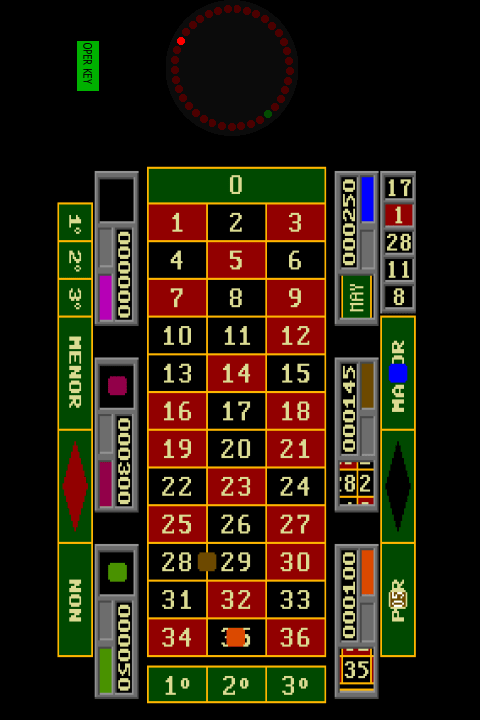
Video 21 is an example of what appears to be an early entry into the gambling centre, offering a very bare-bones blackjack implementation that is so obviously rigged it’s not funny. It’s interesting just to show how far things have come.
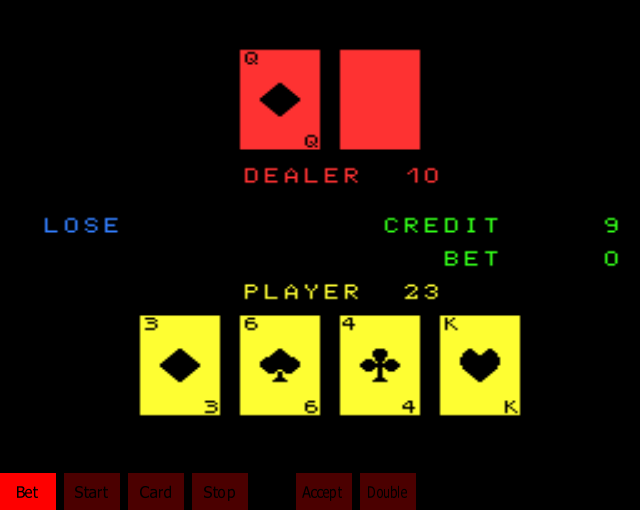
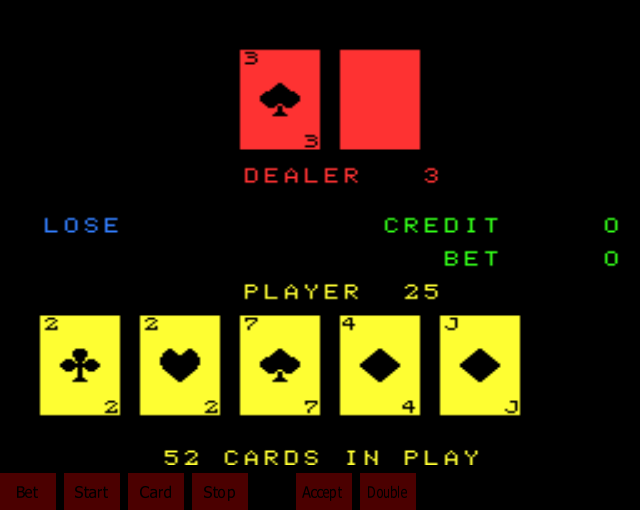
Otakara Itadaki Luffy Kaizoku-Dan! is a ‘One Piece’ themed redemption game. There’s a minimal element of skill in punching the floating crates, but what happens after that is 100% down to if the machine wants to give you tickets or not. The art is decent, obviously, but like all redemption titles there’s no real game here to speak of, so the appeal even in an arcade would have been very limited.
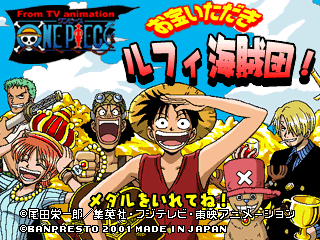

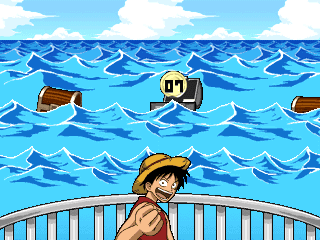
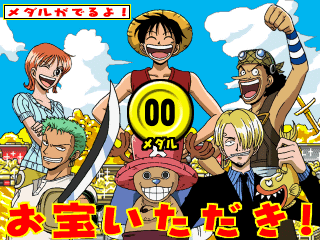
Almost Gambling
As gambling was quite often a shady business and subject to stronger legislation than other titles some of the gambling and gambling themed games were rather anonymous and often found in less reputable places. This one, running on a Sidam PCB and presumably developed by Sidam has no title at all, it also doesn’t actually seem to be a real gambling game at all, paying you back in credits, the same card sequence from initial boot and no title. Maybe it’s a modded version of an actual gambling title, who knows. It seems to be an earlier version of the “unknown Italian poker game” that was added in 2017, that one had been modified to remove the card graphics (which were made illegal to display in Italy) and had the win table strings hacked to a law conformity string.
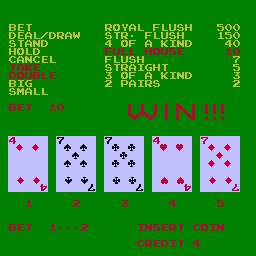
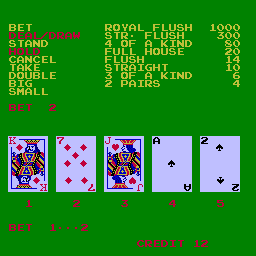
Improvements to Existing Emulation
There were a lot of improvements to long-time emulated games in 2018 too, some of them very significant, some of them things so tiny you’re not likely to notice unless you’re trying to catch out people cheating using emulators instead of real hardware.
One of the most beneficial visual improvements was with Jaleco’s Big Run, where the road vs scenery priorities are now correct meaning you can no longer see things that should be hidden behind hills over the road. This makes the game a lot more playable, as being able to see the road is essential in a driving game.

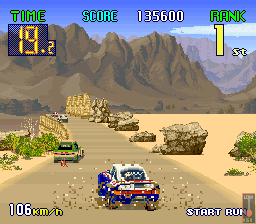
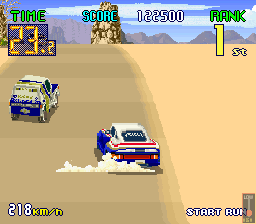
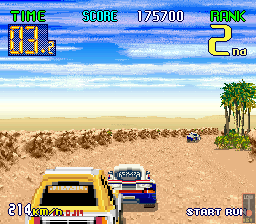
(Big Run looks and plays much better with improved priorities)
The Seta SSV driver also recieved a rendering overhaul with missing Rowscroll effects being added to a number of games. One of the most noticeable places it gets used is the Dyna Gear title screen
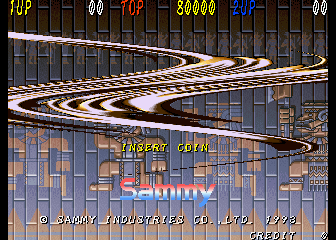
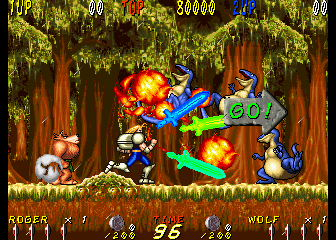
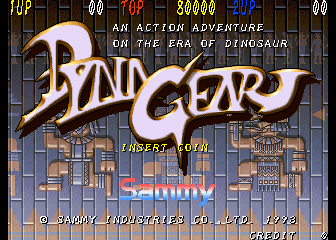
(The special effect on the Dyna Gear title screen gives some extra polish)
Another SSV game to benefit from the Rowscroll effects, and an improvement to the palette masking support was Eagle Shot Golf, which now renders the animated line effect on the Sammy logo, the Japanese text (in a newly added Japanese bootleg set) and the ‘Birdie’ text without problems.
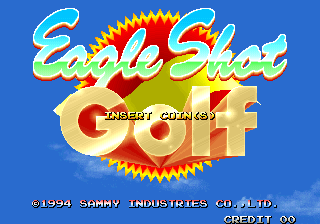
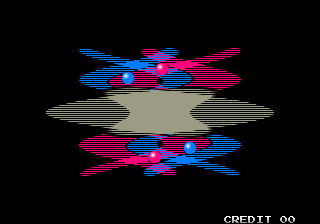
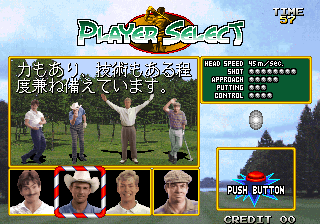
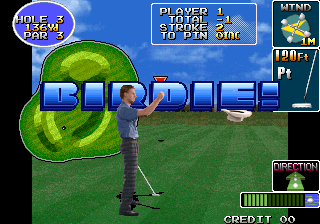
Another Seta hardware platform dubbed ‘seta2’ was also improved, with Guardians / Denjin Makai II gaining raster interrupt based screen modifications for a fire effect in the intro and background of the first stage. The map screen was also improved, but at the time of writing still lacks zooming (maybe this will be added before 2019, revise if so)
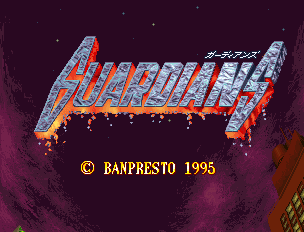
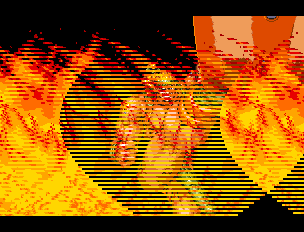
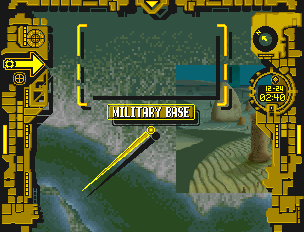
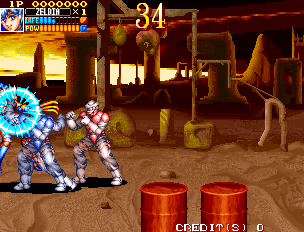
Namco’s System 2 title Metal Hawk also saw improvements, with memory mirroring being correctly emulated, fixing the stage select screen between levels, which I don’t believe has ever been correct in MAME prior to 2018.
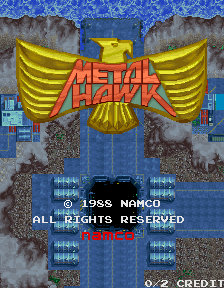
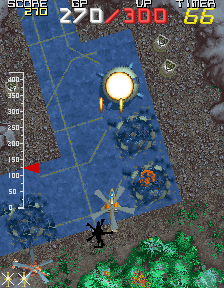
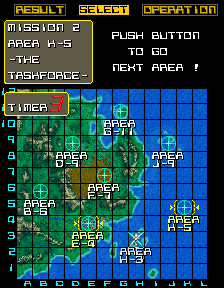
Gal’s Panic 3 priorities were improved, which is especially noticeable on the Bonus Stages, making them much more playable.
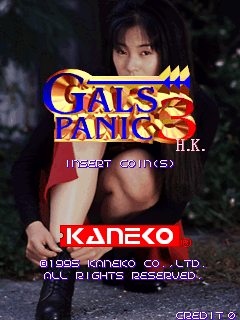
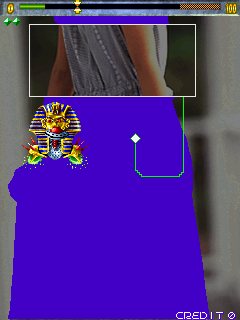
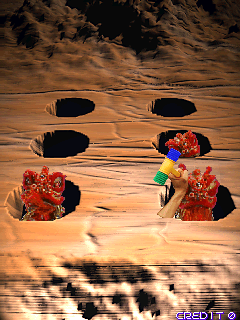
Still on Kaneko, the sprite-tile priorities were improved for Jackie Chan, correctly rendering the masking effect in the intro of both games. The zooming is still inaccurate, with some gaps however, something to maybe work on if it can be fixed without breaking anything else (sprite system is shared with Kaneko Super Nova)


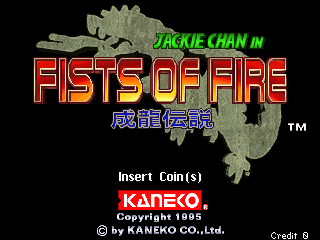

Otogizoushi Urashima Mahjong saw a number of improvements to the MCU simulation (hopefully one day that will go away and be replaced with a real dump tho) and the video emulation which improve various aspects of the game, from the priorities to the colours on the girl displays.

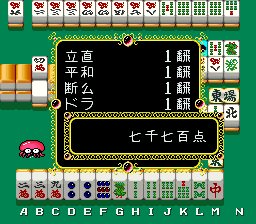
Improvements to the Dynax drivers saw Quiz Channel Question promoted to working state, previously it would randomly hang.
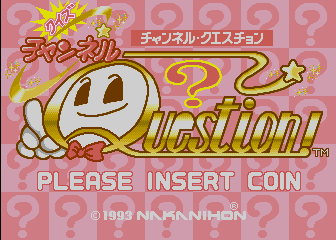
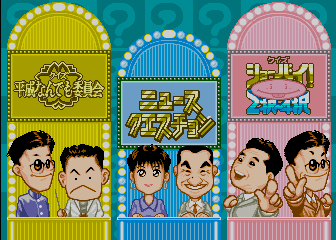
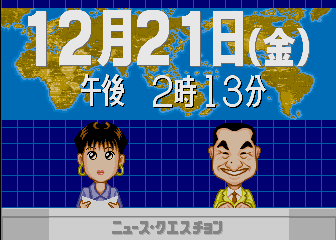
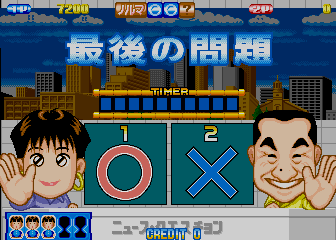
Rowscroll effects on the front layer for CPS3 were emulated, fixing combo meters in both JoJo games, with them now scrolling on correctly, and the P2 side being visible.
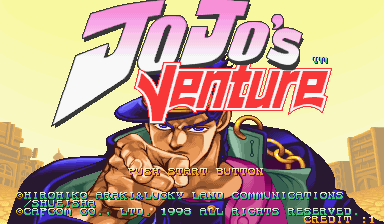
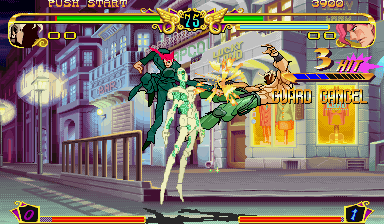
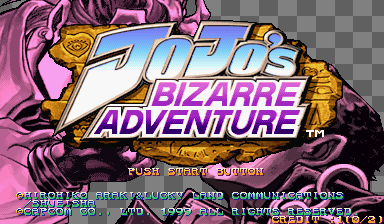
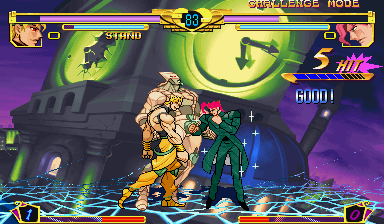
Super Shanghai Dragon’s Eye (a Hot B game running on Data East hardware) gained correct priorities.
Even lower profile titles were improved; Steel Force had some annoying priority issues later on in the game that had never been reported until now, those were quickly fixed.
Blomby Car also gained headlight and shadow effects that were previously missing from the emulation, greatly improving the look of the night stages.
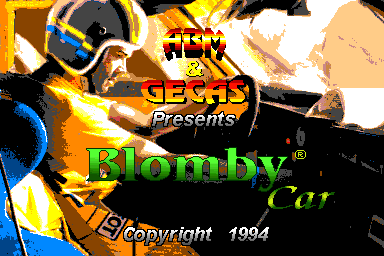
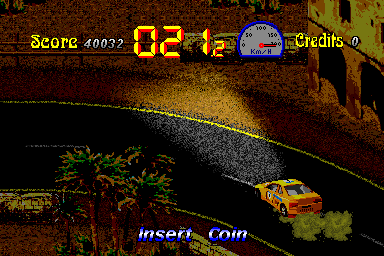
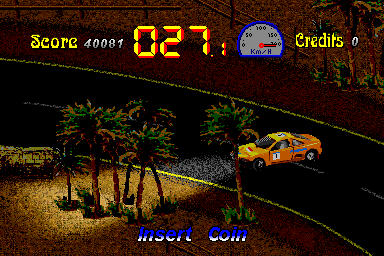
Beast Busters is an SNK lightgun game from a period when SNK was more innovative than just stringing out endless vs. fighters. The priorities had been incorrect since it was first added, most noticeable in the 2nd stage where enemies were meant to appear from behind the sides of the lift. That was fixed with an update to the video emulation in 2018.
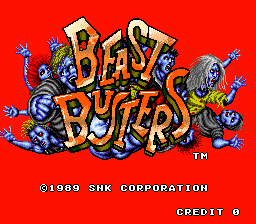
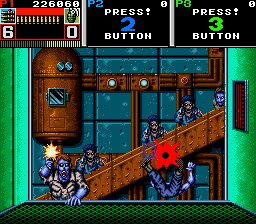
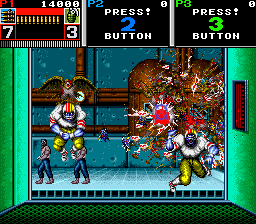
Important priority fixes were also made to Konami’s MX5000, the game was actually rendering sprites from completely the wrong place (Work RAM instead of Video RAM) before the game had properly ordered everything, this meant that some bullets were previously being hidden by enemies.
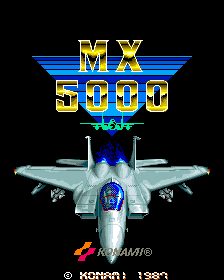

Bad Dump replacement
Sometimes the only known dumps of a game turn out to be bad, and the emulation starts working as soon as that is discovered. Such was the case for Psychic Force EX
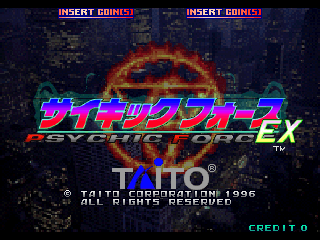
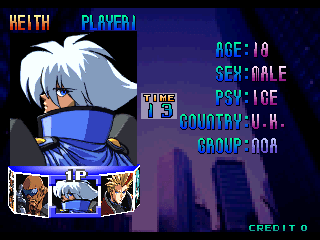
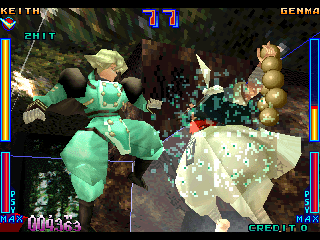
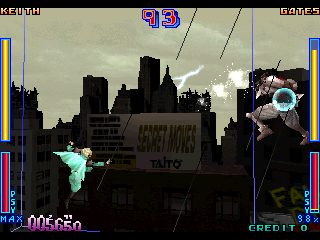
(Psychic Force EX previously failed because the only known ROM dump was bad)
A bad ROM was also discovered in Visco’s Earth Joker, somehow that had gone unnoticed for years, probably because it only affects the visuals in the final level, and at the time it was emulated the overall emulation quality in MAME wasn’t good enough to tell the problem was due to a bad ROM, not an emulation error.
Namco’s well titled Abnormal Check also turned out to be a bad dump (as long suspected) and with the correct ROMs now runs fine. It’s a weird ‘game’ where you answer questions and get some kind of personal evaluation at the end, all while being entertained by strange animations. Considering what it is, it’s very polished and clearly benefits from some of the Namco ND-1 improvements made last year before it was running properly.
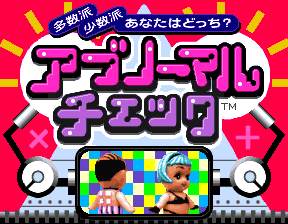
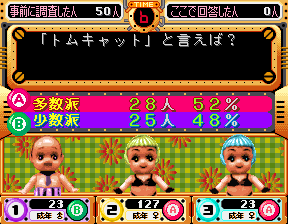
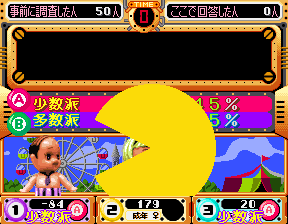
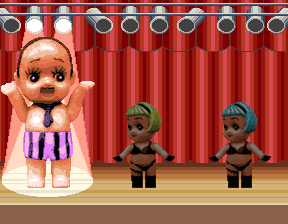
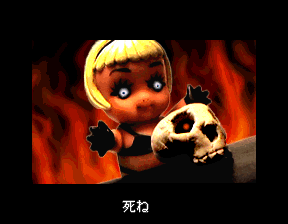

Sometimes when things get dumped people make bad assumptions that certain ROMs on a PCB will match the existing dumps, and fail to dump them. For regional variations this can often be a mistake, especially for regions such as Korea, or European countries, where those releases were after the main release and require additional graphics for fonts etc. That was the case with the Korean version of Prehistoric Isle, where the ROMs containing the Korean font were not previously dumped. With them the introduction text after inserting a coin reads correctly.
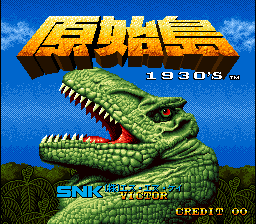
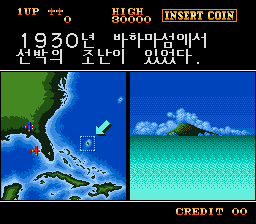
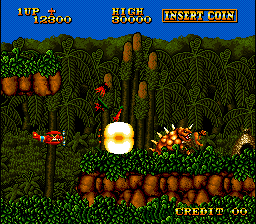
By the same token the Italian release of Cool Minigame Collection also saw a redump in 2018, although the results are less obvious with it requiring a different arrangement of tiles in the graphic rom seemingly just so that the control panel in the introductory text can be shown in a different position to make room for the extra room the translated text takes up.

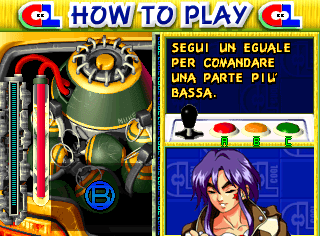
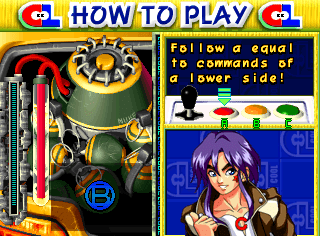
Silly hacks
Game hacks have existed for as long as games have, and keeping track of all of them is a near impossibility. MAME tends to rule that for arcade games they can be included if they were sold commercially, or used in arcades, although with the merging of the projects those rules are sometimes applied more lightly than they have been in years prior, with the project being more open to interesting submissions.
One hack that was added in 2018 is an unlicensed version of the Cave game Pink Sweets which dubs itself as a Suicide Club version. It attempts to improve on what the developers clearly felt were shortcomings of the original game, but non-intuitive wall of text instructions, and a weird decision to move the fire button away from button A just mean, like most hacks, you can easily tell it’s not an official product as it simply lacks polish.
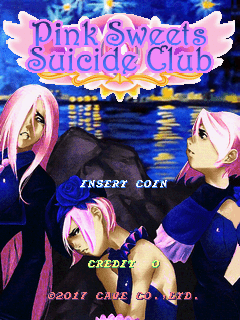
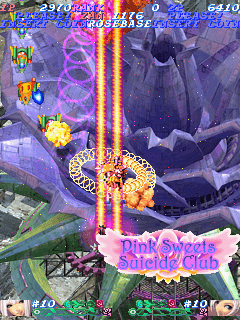
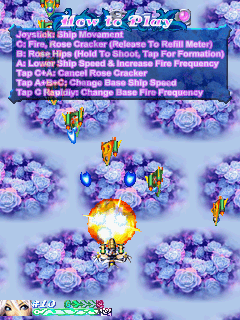
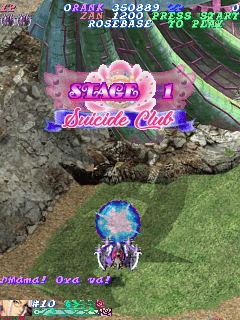
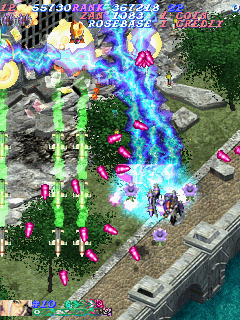
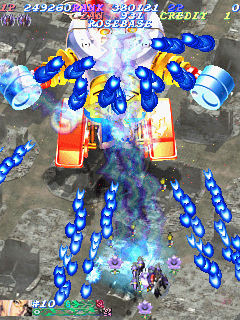
Bare Knuckle III is a Megadrive to Arcade bootleg conversion, which as well as adding coin and dipswitch support to the game also adds the typical silly hacks you find in a lot of Asian bootlegs, such as the ability to change character with the press of the Start button. I’m not really sure what the obsession with that feature was, but you can find it in so many hacks and bootlegs, dating back to at least the Street Fighter 2 boots.
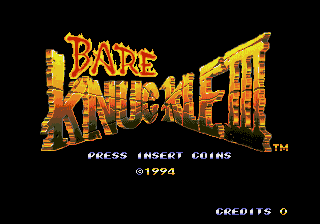
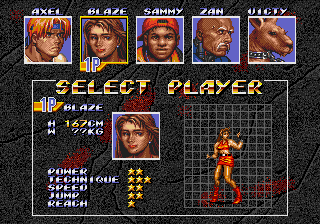
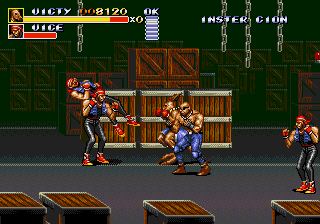
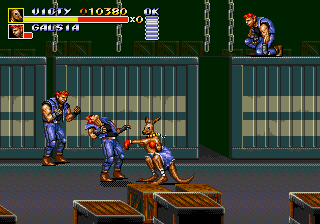
Venom & Spider-Man – Separation Anxiety for the SNES got a similar arcade bootleg treatment, this time with the bootleggers reducing the controls down to 3 buttons, with significant remapping of how certain actions are performed, but still severely reducing the controls you have available (blocking now seems impossible) This one also shows corrupt enemy sprites on the 2nd level, which could be a ‘feature’ of the bootleg or an emulation bug, it’s unclear, but given the lack of quality in these things neither would surprise me. While these arcade bootlegs are a curiosity you’re still far better off just running the original console versions in MAME as the bootleggers invariably make things worse.
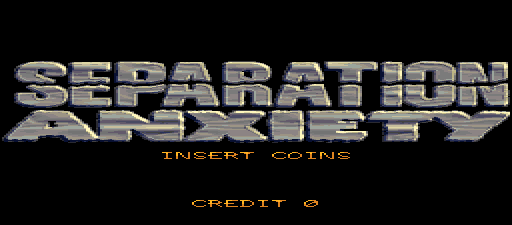
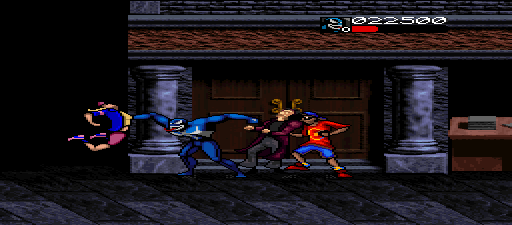
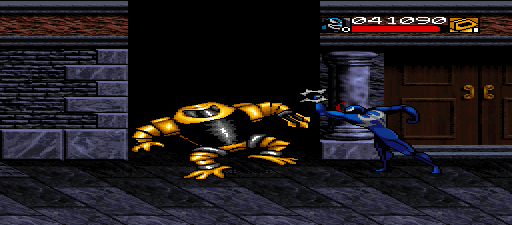
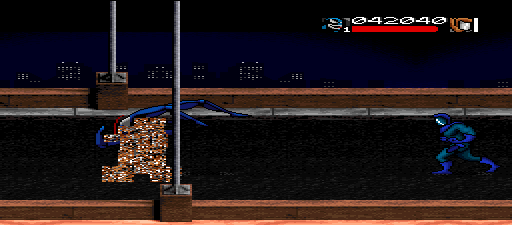
During the height of the Pacman craze a lot of companies wanted to cash in, either by simply releasing bootlegs of Pacman, or hacking it up in ways to make it appear like a new game. Piranha is probably the most famous example of this, a game that was obviously Pacman, but pretended not to be, and one of the things found in 2018 appears to be a further hack of Piranah, giving it a space theme and going by the name ‘Titan’ It suffers from many of the game gameplay issues as Pacman, mostly that the open space doesn’t suit the AI well, and collecting clumps of dots, rather than simple lines feels tedious. It’s the typical example of the company making the hack not understanding what made the game fun in the first place.
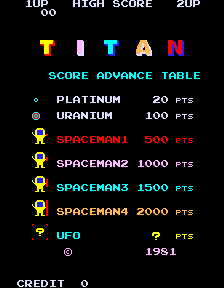
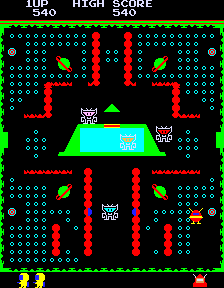
Sounding better
Sound emulation improvements are difficult to visualize in a post like this, but they can also be some of the more important ones, especially as many will tell you sound is an area in which MAME seems to have become worse over the years.
The biggest improvements to sound emulation in 2018 were to the Taito ‘Zoom’ Sound system, which makes use of the ZOOM ZSG-2 and is used on the FX1-B and G-Net titles. This change took the music in the likes of G-Darius and Raystorm from sounding downright awful to sounding almost identical to the OSTs.
The Q-Sound emulation used for many Capcom titles also saw big improvements in 2018, with the previously unemulated spatial effects being fully supported, basically taking it to being a panned stereo approximation of QSound to actually sounding like QSound should sound.
Slow But Steady Progress
Some MAME drivers almost live on the backburner, getting attention a couple of times every few years, usually because they’re especially annoying to figure out. The Hyper NeoGeo 64 driver is one of these, and 2018 was a year where some progress was made on it. With a dump of the IO MCU a CPU core was written, and inputs fixed in the Racing titles. Round Trip RV, aka Road’s Edge was the first of the driving games, and with an additional video rendering fix, preventing garbage sprites from covering the screen, is actually now quite playable, albeit with some 3D clipping errors, lingering polygon issues, missing polygon issues and bad sound. It’s still marked as NOT WORKING for those reasons, but 2018 marked the first time you’ve been able to even coin it up in MAME.
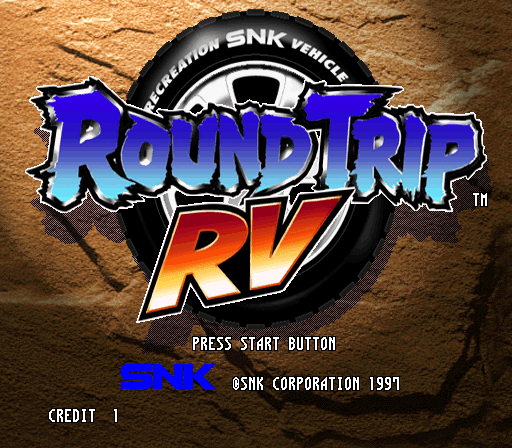
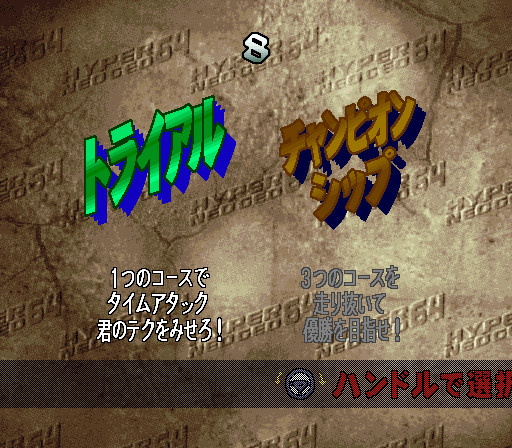
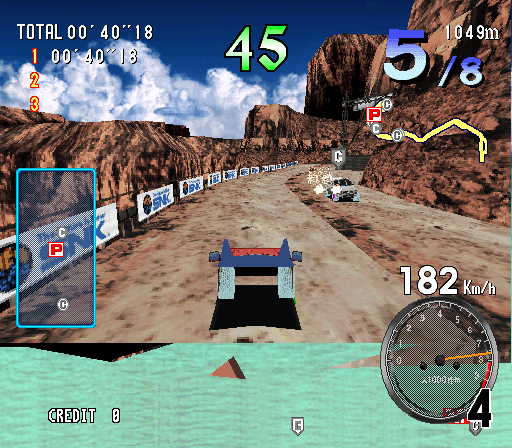
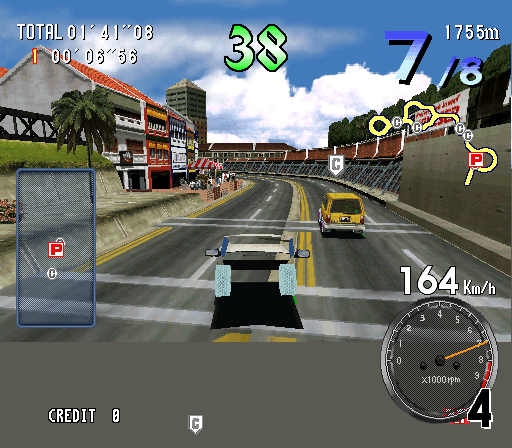
Off Beat Racer, aka Xtreme Rally suffers from many of the same problems, although not the clipping plane works much better here. Again, this is the first time it’s been possible to coin it up and actually play it tho.
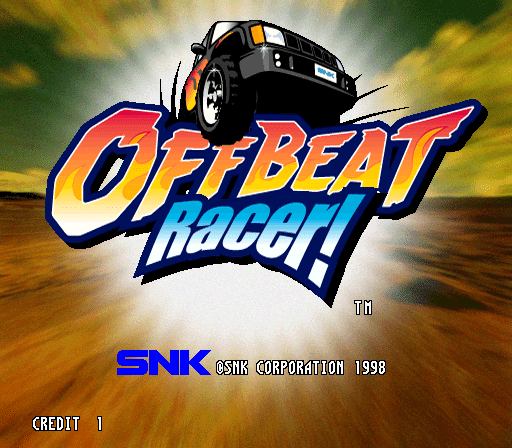
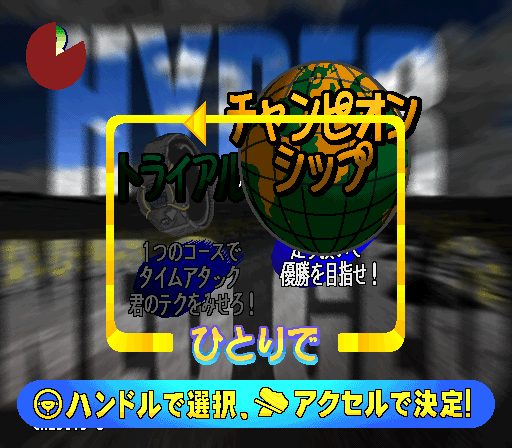

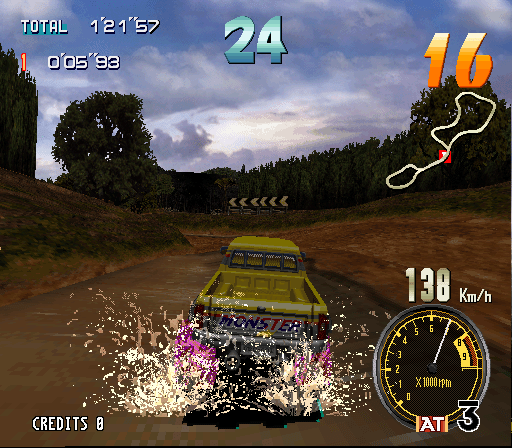
This is actually very good news, as the racing games probably make best use of the hardware, and are likely to provide the most test cases for fixing further rendering issues when it next gets some attention.
Adding Features to Original Hardware
With the advent of emulators a lot of people seem to have forgotten that a large number of the older arcade games lacked what seem like obvious features today such as the ability to save scores (although maybe this was a blessing, as many early methods relied on batteries, which end up leaking and corroding PCBs)
Of course while adding hacks to save scores in emulators is easy, if you want such a feature to work with the original PCB that often requires significantly more work. This meant there was a hole in the market for companies like Braze to sell high score upgrade kits for PCBs, that replaced ROMs, and sometimes the CPU with sub-boards containing additional logic, modified code, and in many cases, additional encryption to stop others from simply copying the kits and selling their own.
Emulating these kits, while mostly redundant, is an important part of documenting history, and in 2018 MAME emulated a number of them, including ones for Donkey Kong and Donkey Kong Jr.

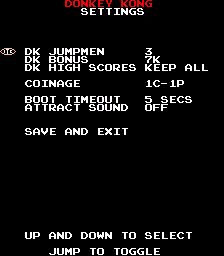
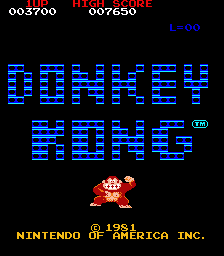
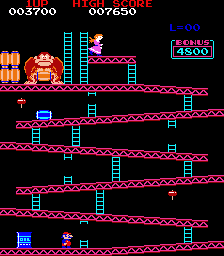
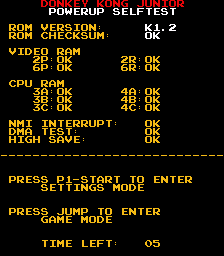
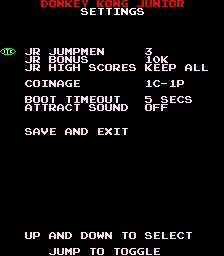
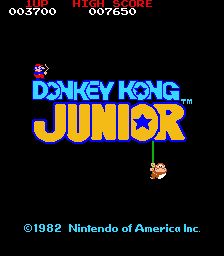
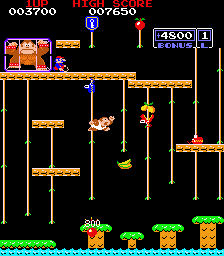
Another high score kit, also by Braze existed for Popeye, although there aren’t really many interesting startup screens this time, just a simple acknowledgement that the upgrade is installed
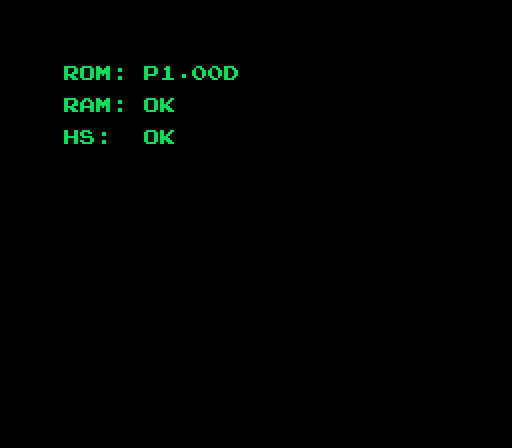
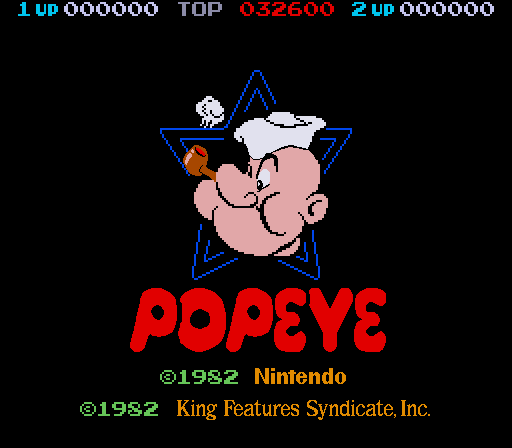
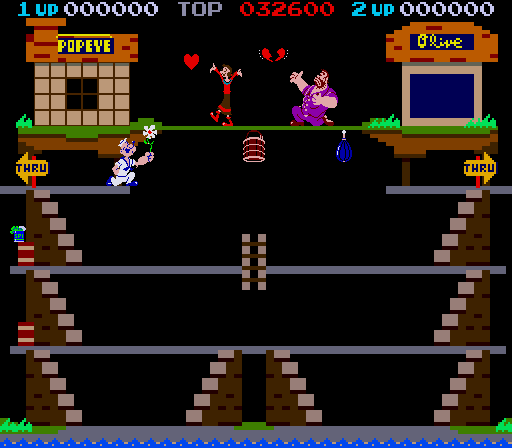
It’s probably also worth mentioning that both Donkey Kong and Popeye saw emulation improvements, and while many of them aren’t going to be noticeable, the Donkey Kong improvements nicely connect to issues observed in of the biggest pieces of drama of the year that involved MAME and some guy who held a world record for a while.
Other conversions
Sometimes the kits sold for original PCBs were to convert them to entirely different games. Various manufacturers did this, with games developed by Kyle Hodgetts being infamous for how bad they tended to be. Alpha One is one of his earlier efforts, a conversion of Moon Patrol, and such was the lack of real interest in emulating it, it had been sat in MAME in a basically non-working state for many, many years until it was worked on in 2018 (prompted by some actual refinements to the Moon Patrol emulation)
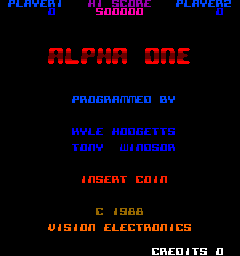
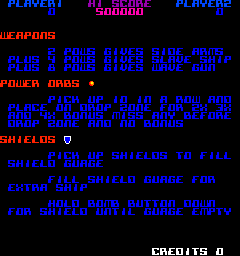
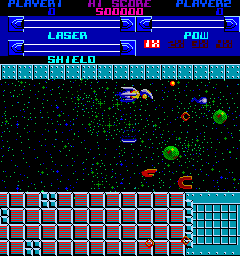
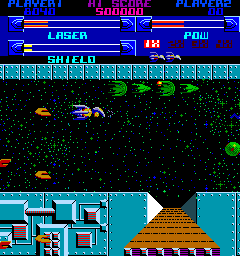
Regular additions
I guess one thing that I have noticed over the course of the year is that a lot of the arcade additions have been European titles, Korean titles, or noteworthy in some other way for being prototypes, or having some fancy protection or some other reason worth writing about. In terms of newly supported Japanese games that don’t fall into one of the other categories, and aren’t really remarkable for any other reason there hasn’t actually been much to write about. Jikkyou Powerful Pro Yakyuu EX ’98 is a Konami baseball title on System 573 hardware and there isn’t a whole lot more to say about it!
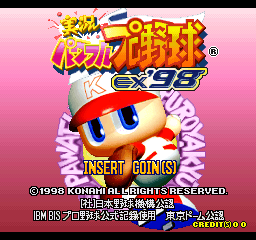
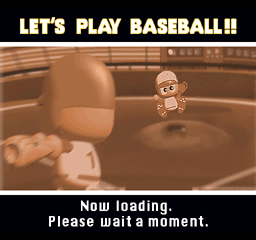
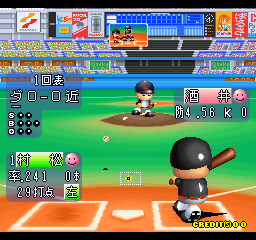
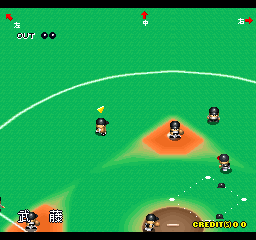
Warai no Hana Tenshi is a hanafuda game that was added to the Dynax driver
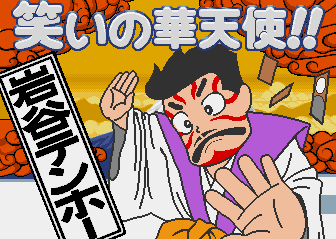
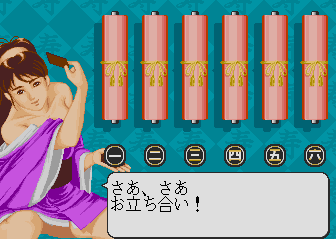
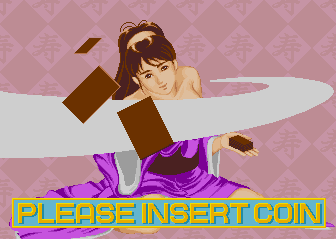
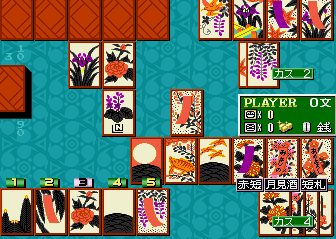
Another early Dynax game, at the point when Dynax was trading as Dyna Electronics is Jong Shin. It’s a Mahjong game, so I don’t really have much to say about it, and can’t really pass judgement on the quality of it, but as Dynax ended up being one of the major manufacturers of Mahjong titles it has historical significant at the very least.

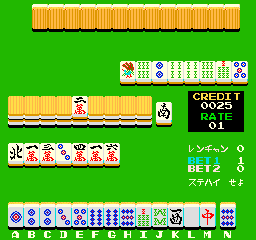
Future Promise
2017 gave MAME an SH3 recompiler, which bumped the speed in the SH3/SH4 based platforms supported by MAME, with some further optimizations to it in 2018. This alone was not enough to bring Naomi and the like to full speed, but some changes in 2018 did improve the rendering quality for a large number of Naomi titles (albeit with a speed hit) This means that games like Crazy Taxi have much better looking graphics than they did previously, and I still think that if the renderer was rewritten to be threaded (in a safe way) we would actually see some of these start to reach better framerates in the future, although if / when that will happen would be just as much a guess from me as anybody else. You can actually play things like Crazy Taxi if you don’t mind them running at half speed tho. Many Naomi games still fail in other ways, due to either CPU emulation bugs, or some timing issues in the system, but it’s still promising.
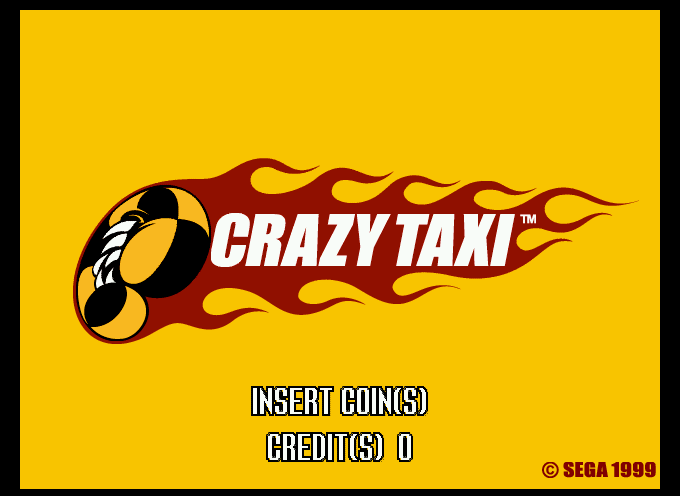
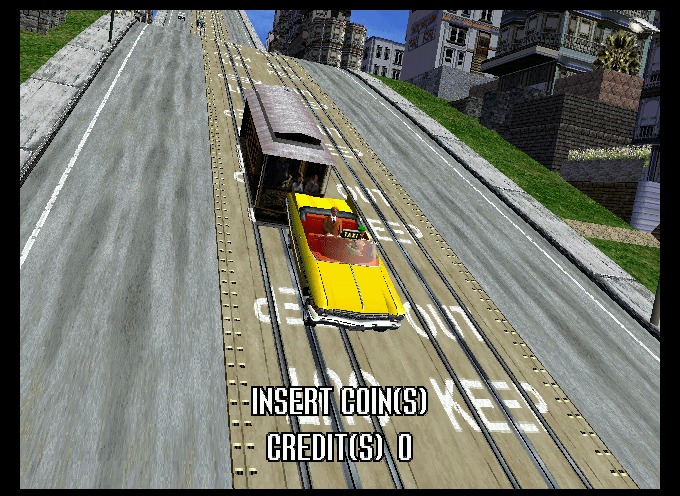
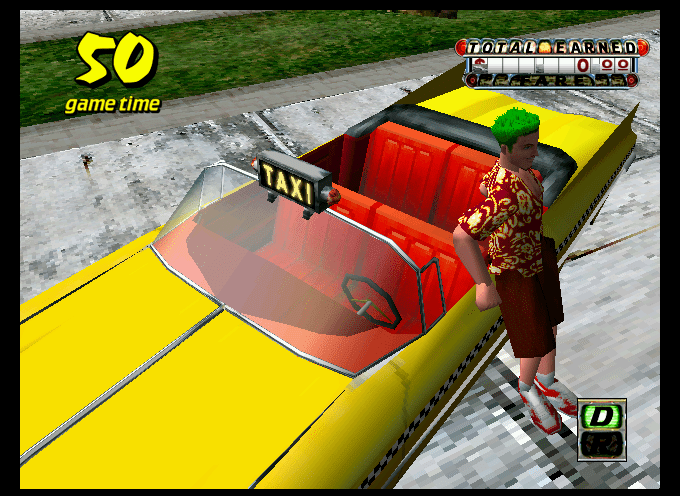
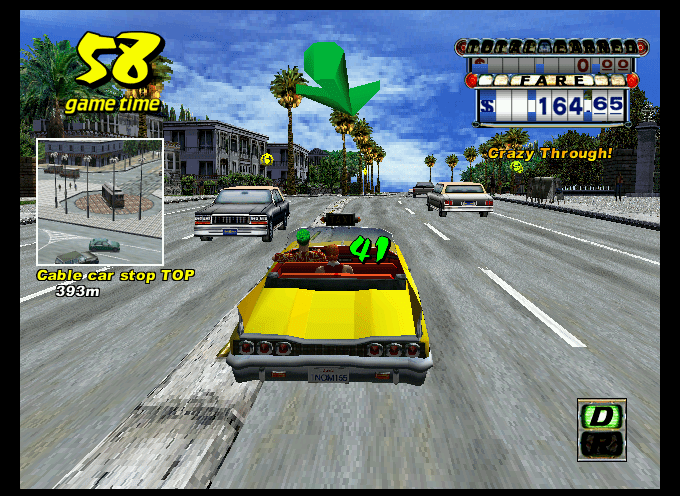
A regression with the hookup of one of the Naomi protection types was also fixed, allowing the handful of titles that use that protection type to boot again, it had been broken for quite a while.
Conclusion
While a lot of the work done this year has involved going over old work, or incremental progress towards long term goals it’s very difficult to overstate just how important a lot of the progress has been both when it comes to MAME’s traditional field of Arcade emulation, or many of the exciting new areas that are being looked at in the current project. The Taito C-Chip emulation for example is warming to see, knowing that a lot of simulation code is finally in the past and some absolute classics are now running with fully correct game logic really highlights the level of commitment the project is all about.
MAME is also at its best when looking at strange and obscure systems, making new discoveries, and telling a story. Ongoing work on platforms such as the XaviX based systems and other TV games represents exactly that kind of work, diving into the unknown and finding a lot of surprises, both in terms of content, and understanding how the previously unemulated and completely undocumented platform works. It helps to bridge a cultural gap, showing off things that many might have been unaware of unless they were living in Japan, allowing direct comparisons of how the same technology was used in different places. This kind of work is also carving out new areas in which MAME can excel outside of the arcade work, something that is vital to the future of the project where a strong showing of progress helps to make MAME a much more attractive emulator for those wanting to work on such things and stands as good validation for the work now being done.
Work on the more serious platforms, older computers and workstations is also essential when it comes to showing off MAME’s potential to appeal to more intellectual types with many of these systems now completely obsolete but holding a special place to those that made use of them back in the day. Again many of these haven’t really ever been covered outside of MAME, and while there is documentation often available, the proof of it is seeing it converted into working emulation code.
Strangely, on one hand it does feel like less has been achieved this year than some other years, but if you look at how things are flowing it’s difficult to argue that the project has been on anything but excellent form as of late, it’s simply that a lot of the work remaining is challenging, so improvements are incremental, and, especially in the arcade field, there isn’t really much new to discover in terms of previously unknown titles, so the majority of the work is refinements that do make it more like we’re just retreading old ground but the improvements that brings are every bit as important if you want a solid and satisfying emulation experience.
Another good sign of how well things are going is how little is worse now than it was at the same point last year. There are very few regressions, and while a number of sets were demoted over the year that was more of a quality control thing, deciding that they’d never really worked well enough to have a working tag in the first place.
Maybe the only thing missing from the year is a major breakthrough on one of the longer term stubborn platforms, something that’s been sat there unemulated for many years. There has been some progress on such cases, especially for the computer systems, but there’s no big name ‘2018 was the year of…’ event to point to for a lot of people; it’s more of a random assortment of little things where many of the breakthroughs have only really allowed a single thing to improve; the Decathlete protection comes to mind there, for most other Sega chips it would be much bigger news, but because that specific chip was used so rarely it’s very easy to pass over the news about it entirely.
However you look at it, it has been a productive year, and another year like this one in 2019 will put MAME in a very strong position.